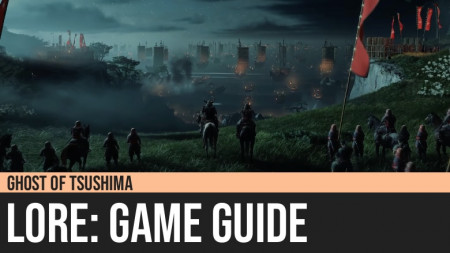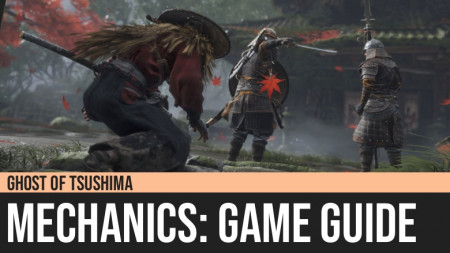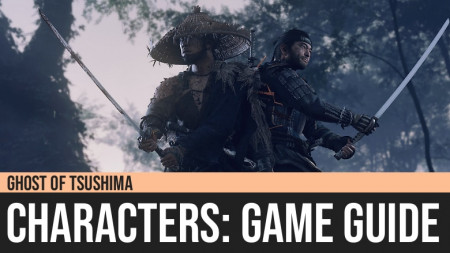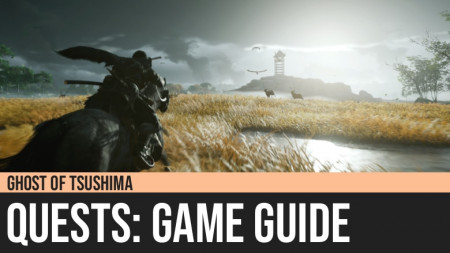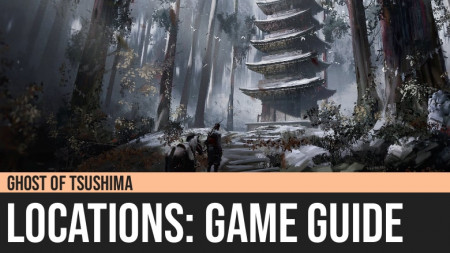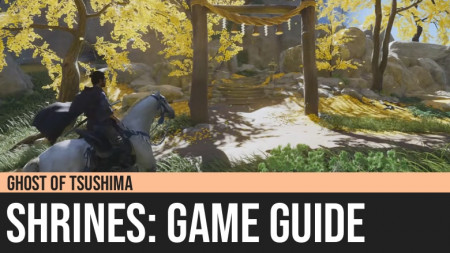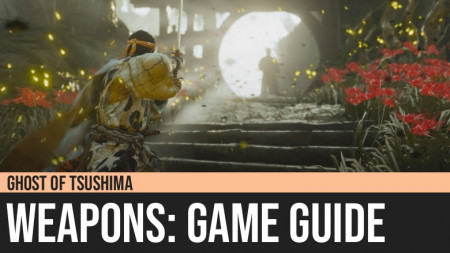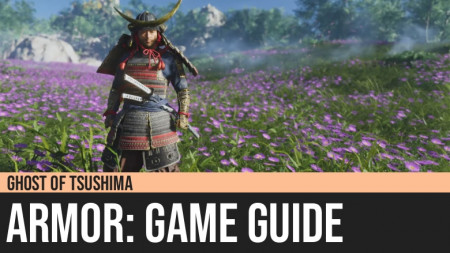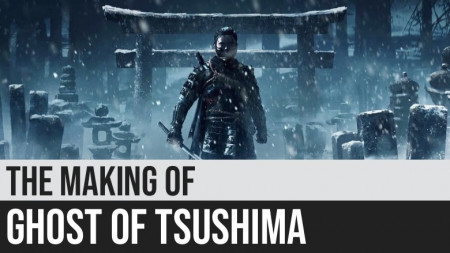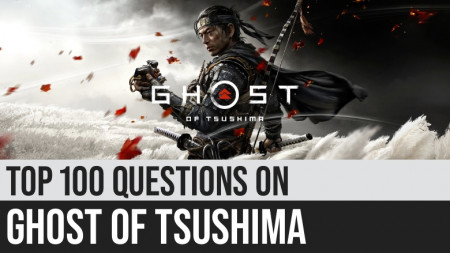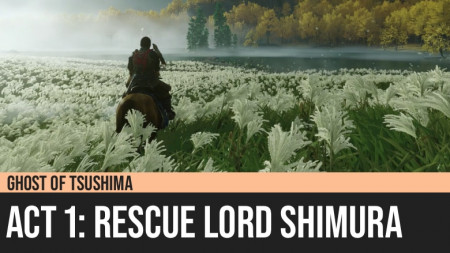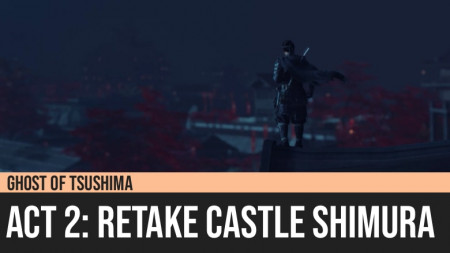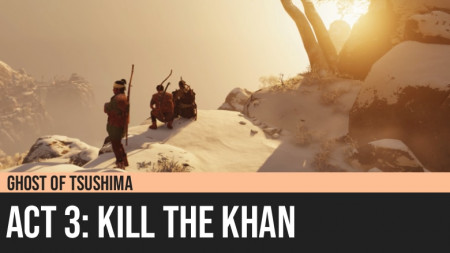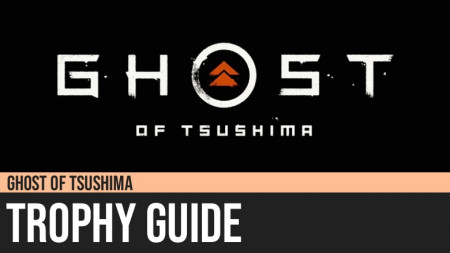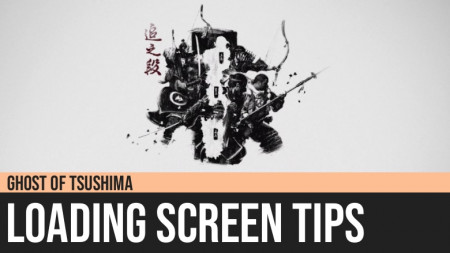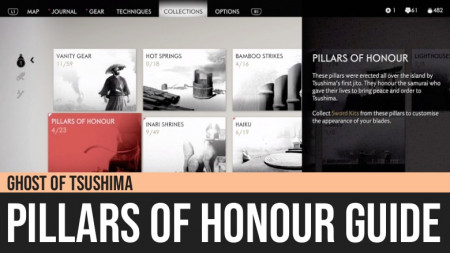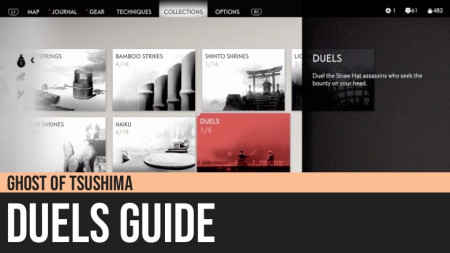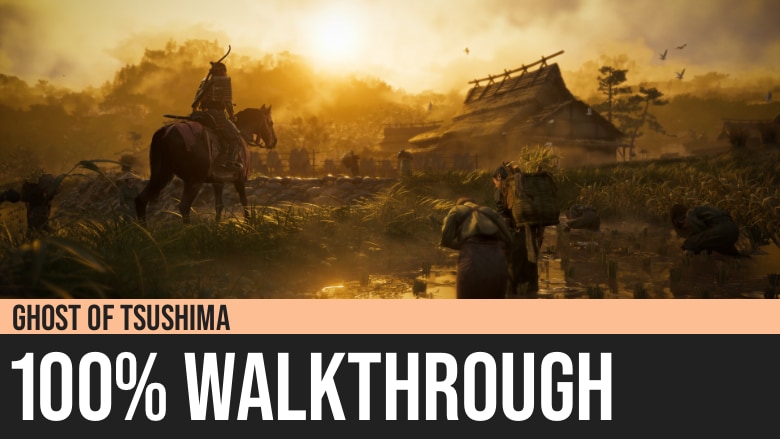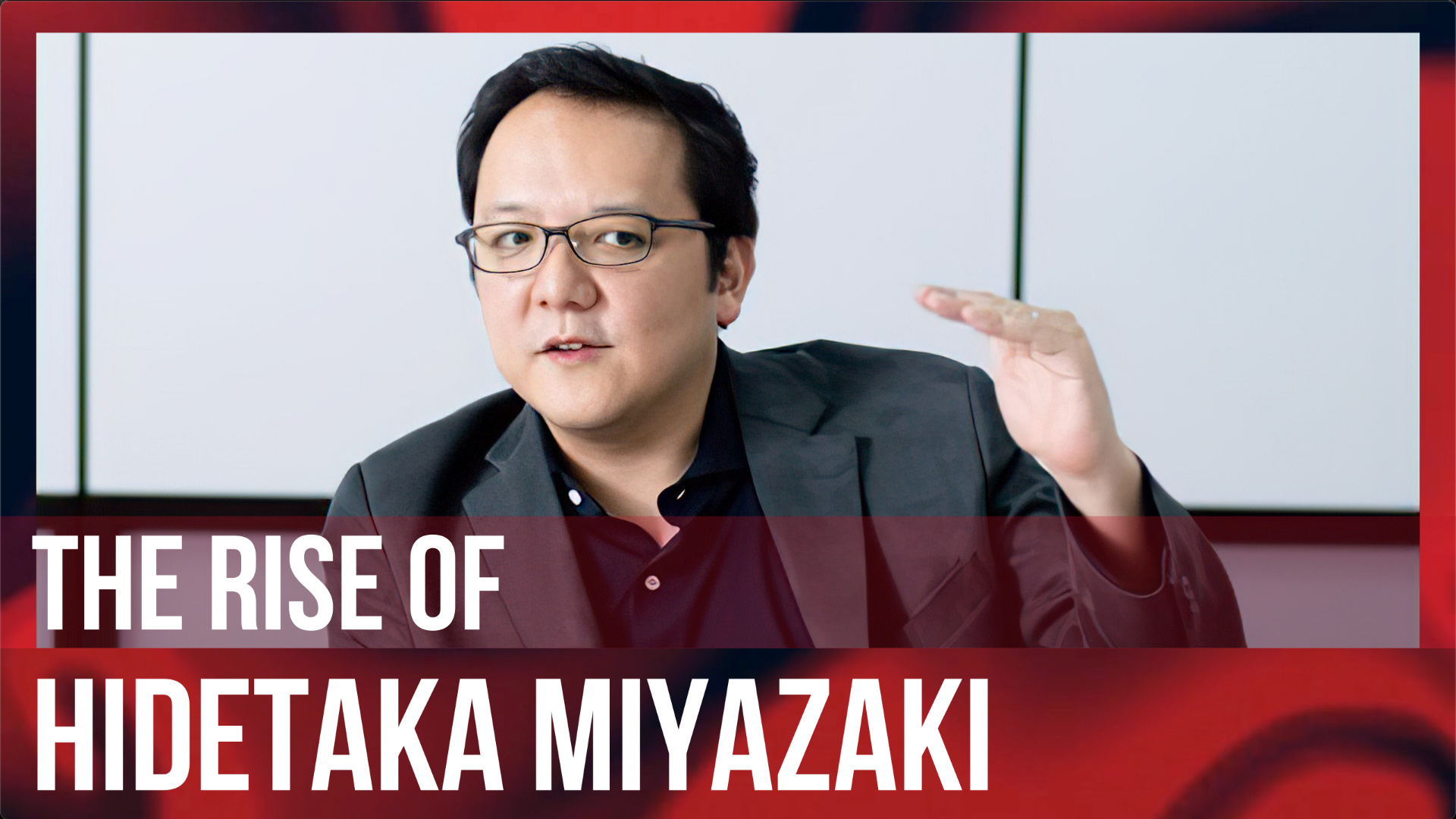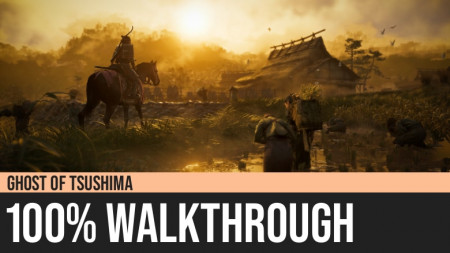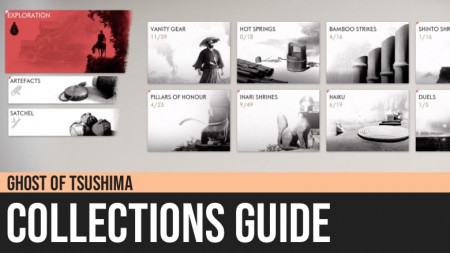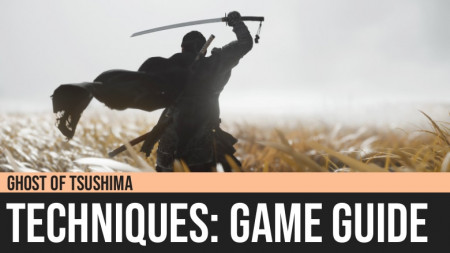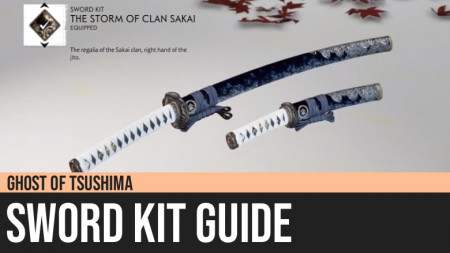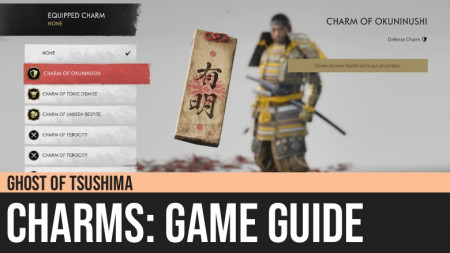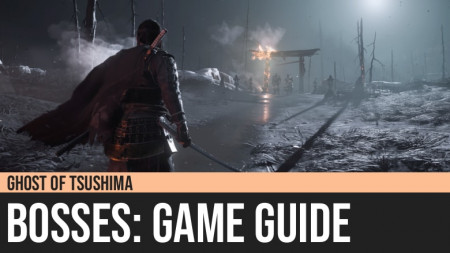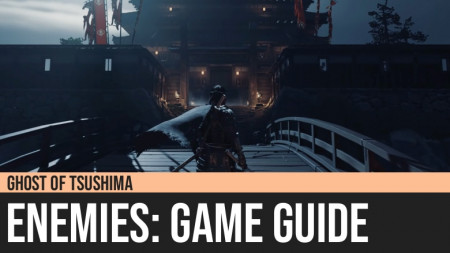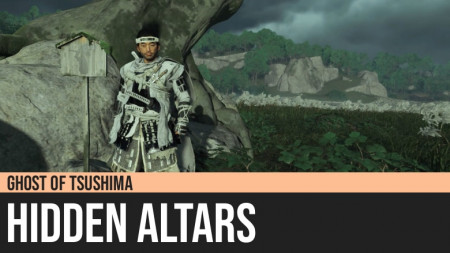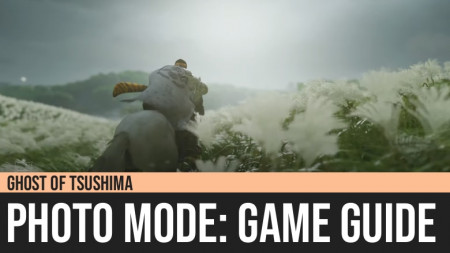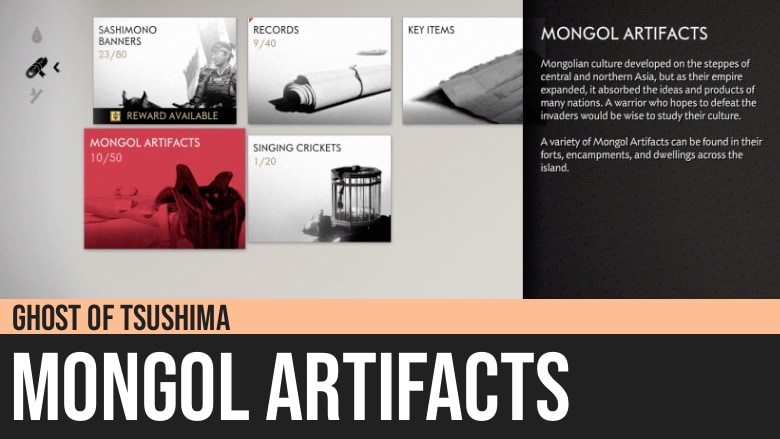
Ghost of Tsushima: Mongol Artifacts
Ghost of Tsushima's Mongol Artifacts are collectible items of Mongolian nature. Mongolian culture developed on the steppes of central and northern Asia, but as their empire expanded, it absorbed the ideas and products of many nations. A warrior who hopes to defeat the invaders would be wise to study their culture.
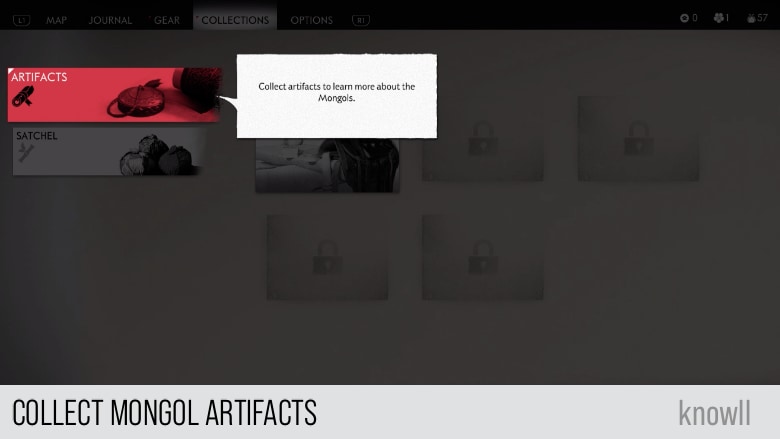
There are 50 collectible Mongol Artifacts in the game.
A variety of Mongol Artifacts can be found in their forts, encampments, and dwellings across the island.
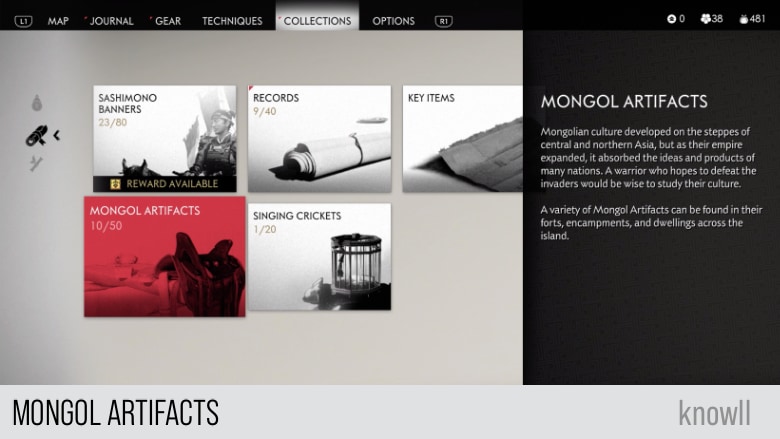
Izuhara Mongol Artifacts
There are 17 collectible Mongol Artifacts in the Izuhara Region.
- Aaruul
- Adak Tree
- Dagger
- Juniper
- Hanging Pitcher
- Bankhar Dog
- Saddle
- Mongol Plans
- Mongolian Horse
- Egyptian Mask
- Black Powder Canon
- Gold Bracelet
- War Horn
- Chalice
- Yatga
- Paiza
- Urtuu
Mongolian Horse
Mongolian horses are often armored as much as the Mongol warriors themselves. Their preferred breeds are relatively small but very hardy, capable of surviving in extreme conditions. Almost every Mongolian warrior has more than one horse, so they can swap fresh mounts as the horses tire.
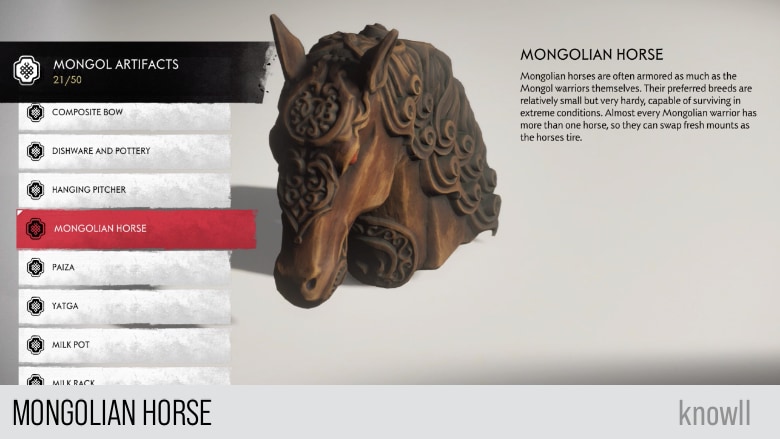
Mongolian Horse Map and Location
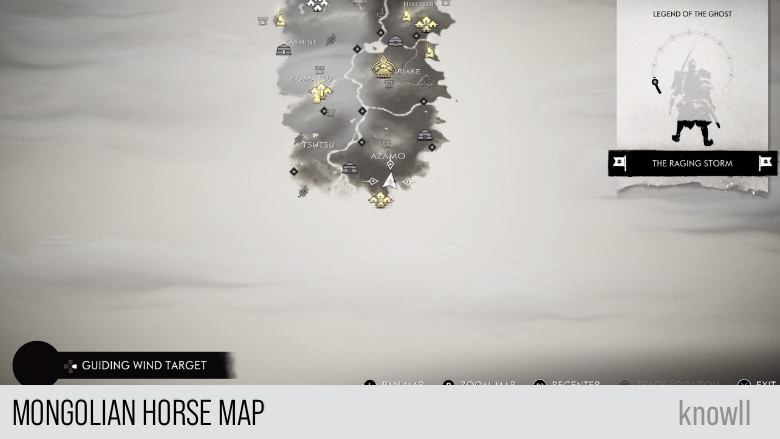
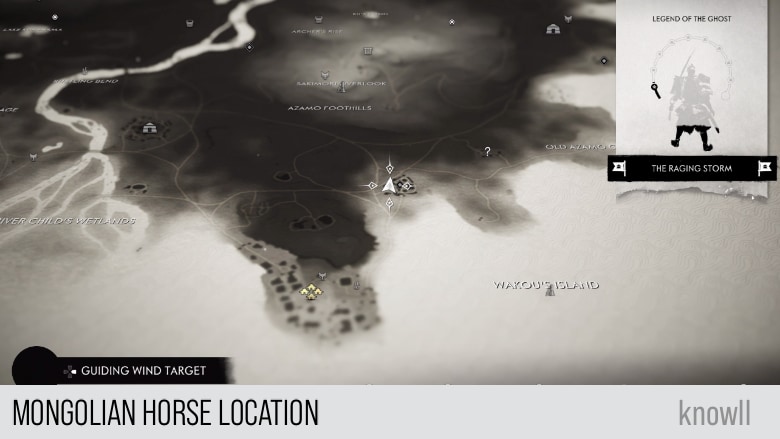
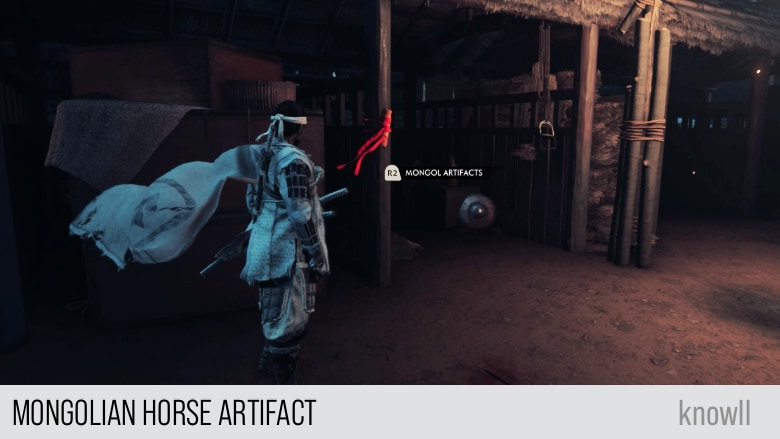
Urtuu
A system of couriers and relay stations used extensively by the Mongol Empire. Genghis Khan in particular gave special attention to expanding this network, as it was instrumental in providing information and supplies to the fast-moving Mongol armies.
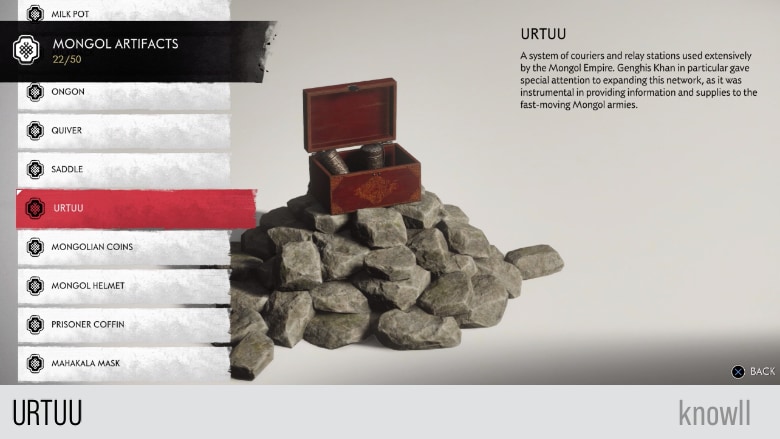
Urtuu Map and Location
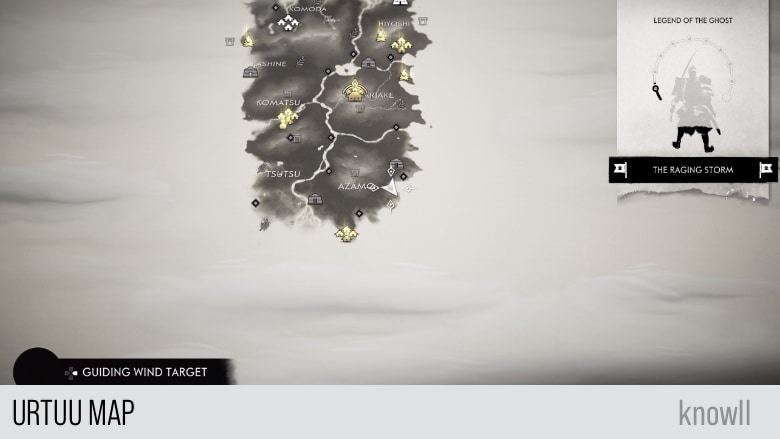
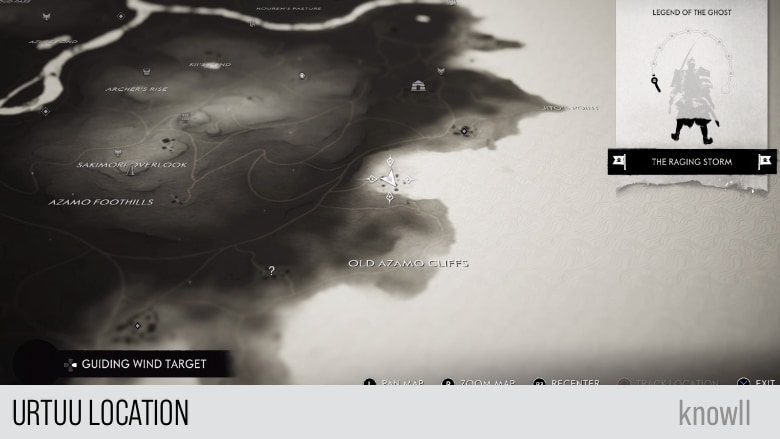

Egyptian Mask
Shortly before the invasion of Tsushima, Mongol forces pushed into North Africa. Even though the Mongols were eventually defeated, many items were brought back from these countries, some traveling as far as Japan.
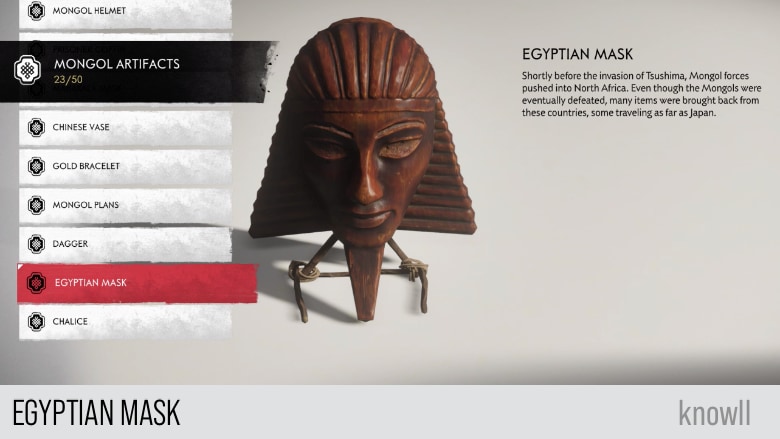
Egyptian Mask Map and Location
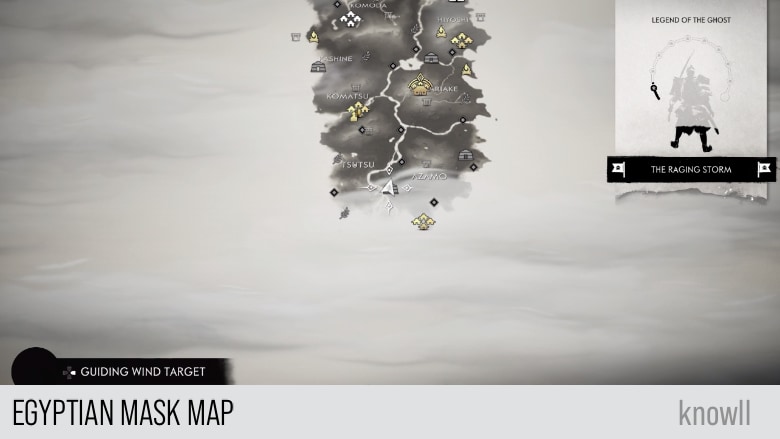
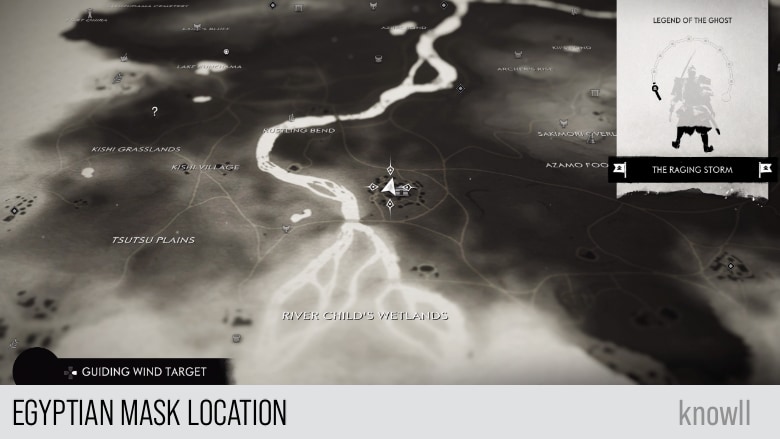
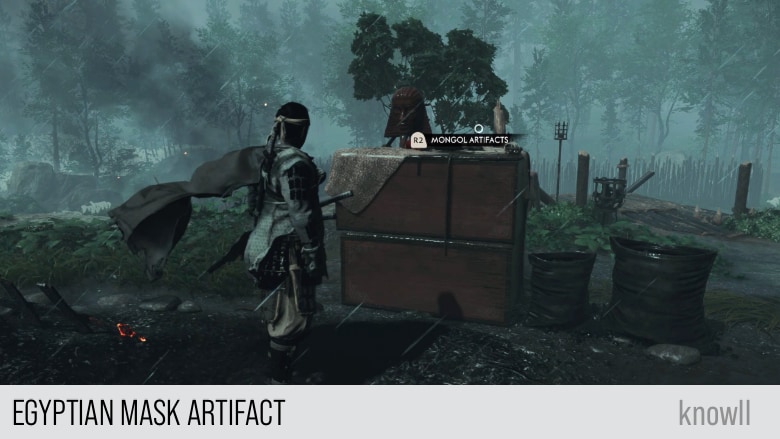
War Horn
Throughout their many conquests, the Mongols have valued the use of psychological warfare, and have become extremely successful at developing a variety of techniques to sow terror and confusion in enemy ranks. The War Horn is not just used as a means of communication, but as a precursor to battle, striking fear into the hearts of their enemies.
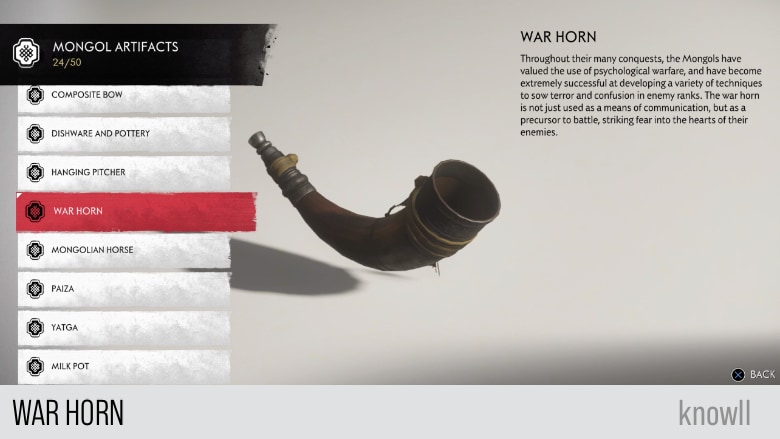
War Horn Map and Location
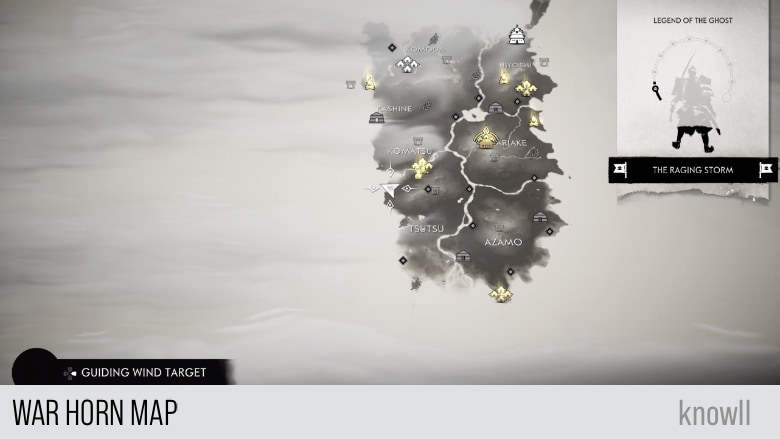
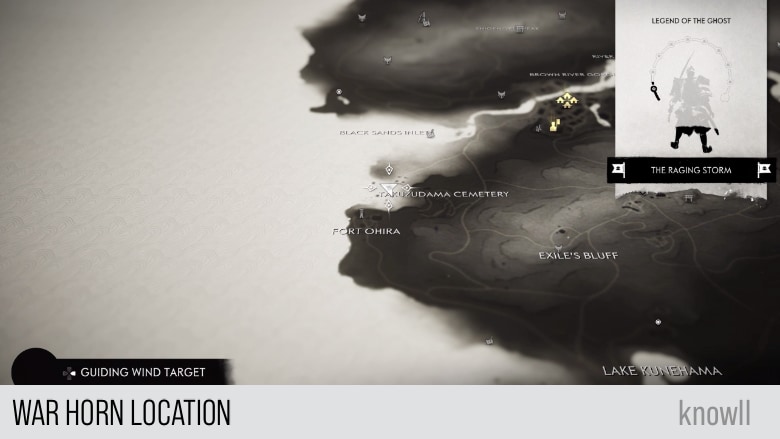

Black Powder Cannon
The proliferation of gunpowder technology throughout Europe during the High Middle Ages has largely been due to the use of explosives and firearms by the Mongols as they push beyond Asia.
Gunpowder also played a major role in the Mongol conquest of China. One of the most notable such weapons used during the invasion of Japan is a small explosive bomb used to injure and panic the samurai's horses.
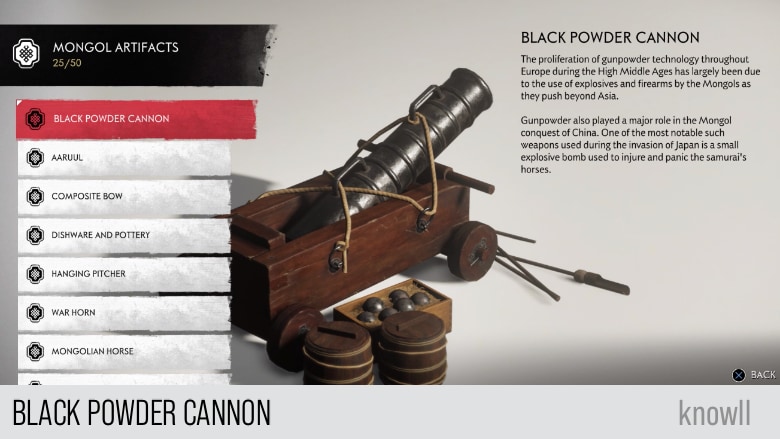
Black Powder Cannon Map and Location
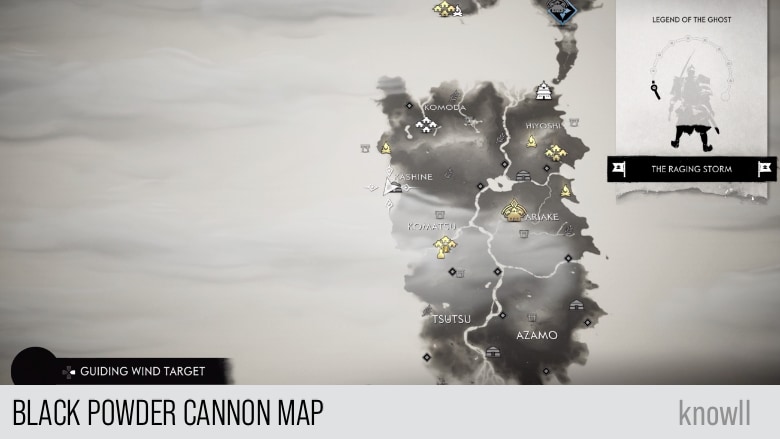
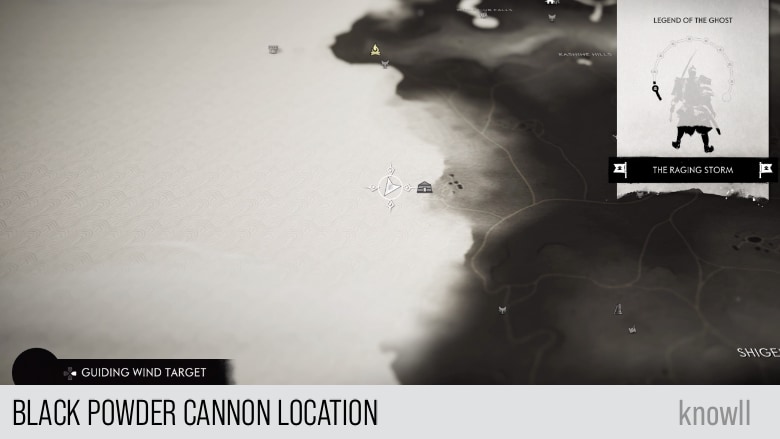
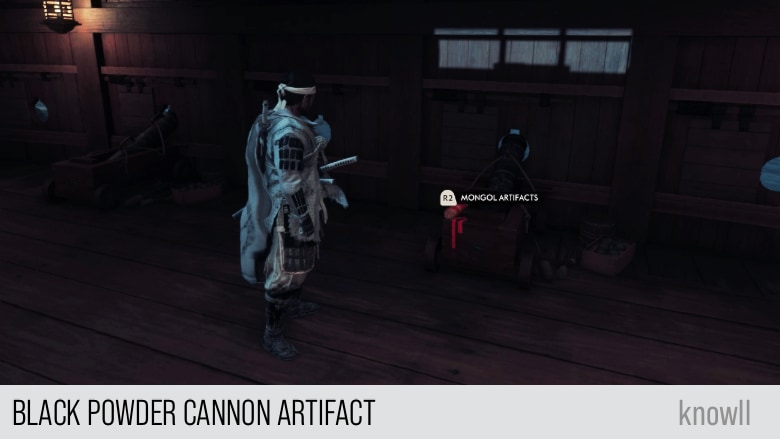
Bankhar Dog
Often used by nomadic herders to protect their livestock, the bankhar was first bred as a working dog in Mongolia. With the expansion of the empire, the breed is used on the battlefield to sniff out and attack nearby enemies.
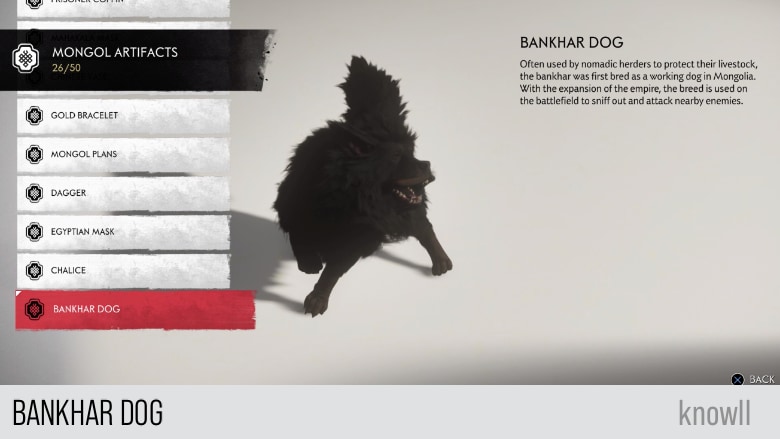
Bankhar Dog Map and Location
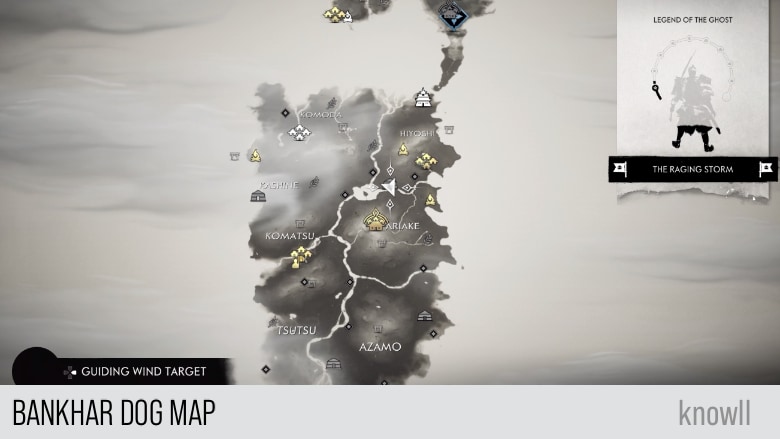
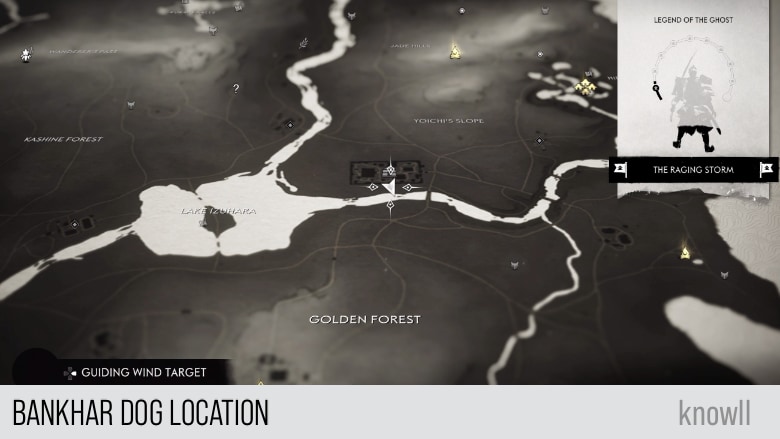
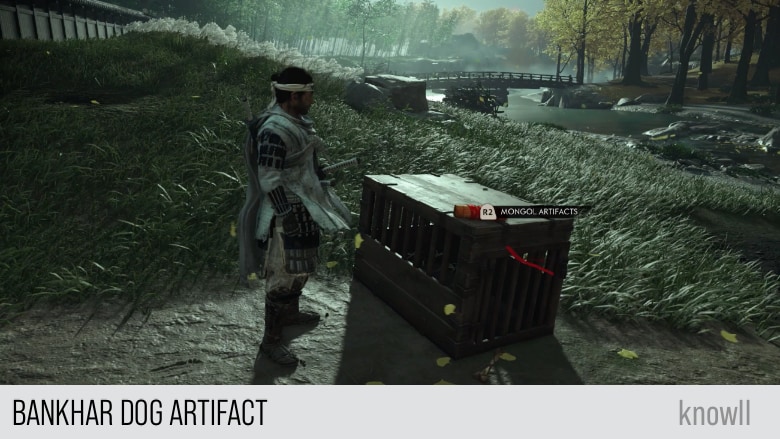
Adak Tree
A structure deeply rooted in traditional Mongolian folk religion, or shamanism. Mongolian shamanism is affiliated with all aspects of the culture, including medicine, religion, an appreciation for nature, and ancestral worship.
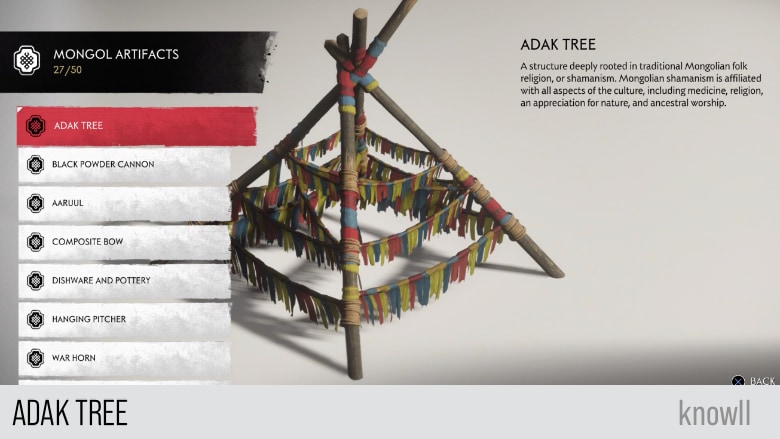
Adak Tree Map and Location
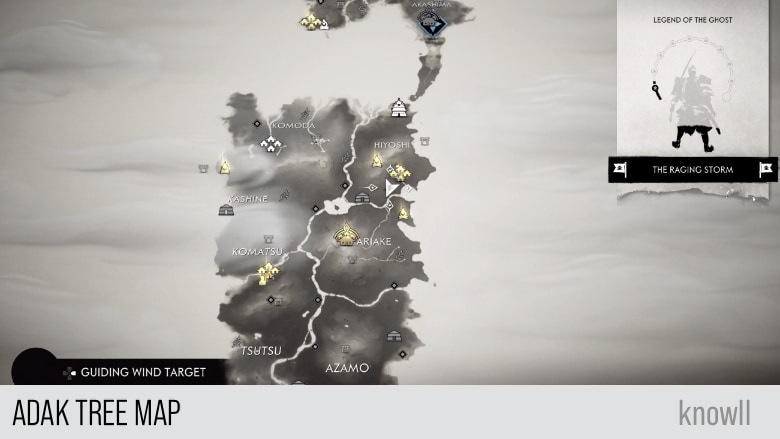
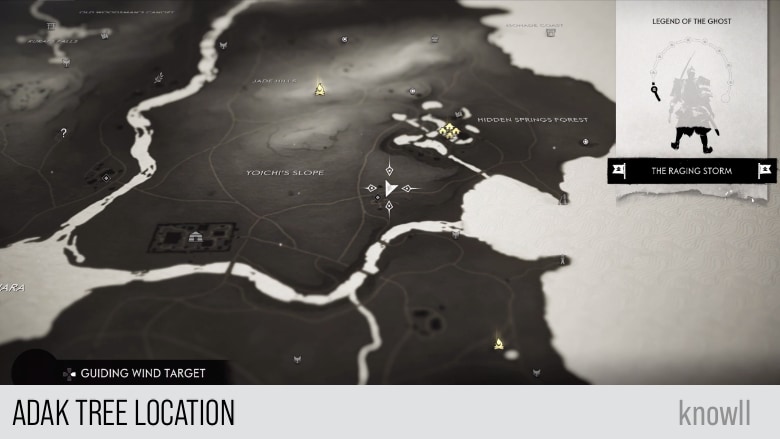
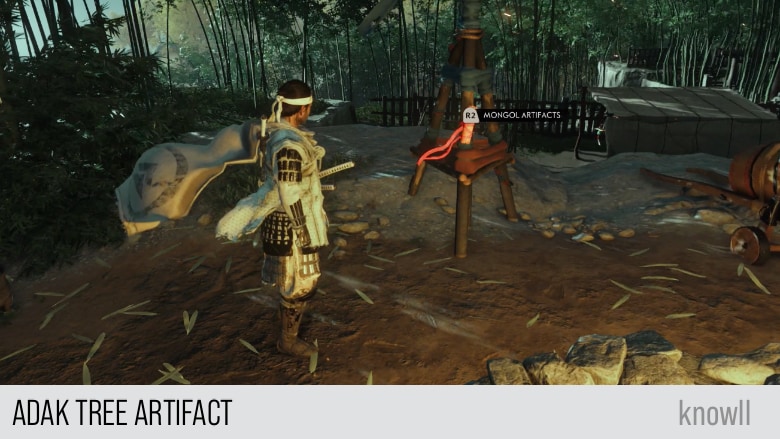
Aaruul
Aaruul is a staple of the Mongol's nomadic diet. Made of curds build in fresh milk, the resulting mixture is combined with sugar and fruits before being dried and sliced into various shapes and patterns.
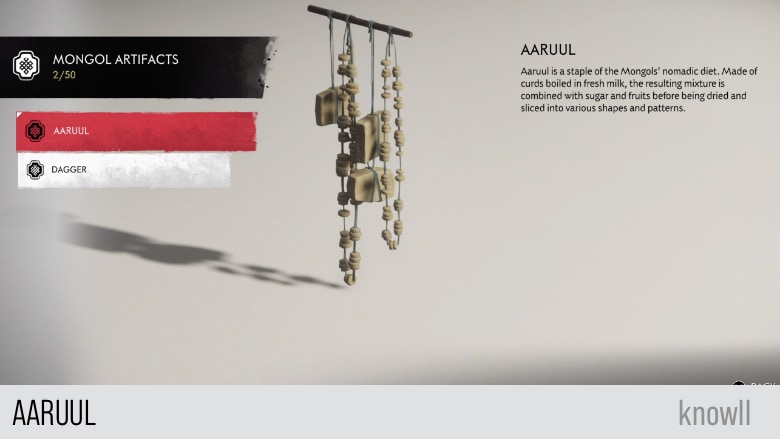
Aaruul Map and Location
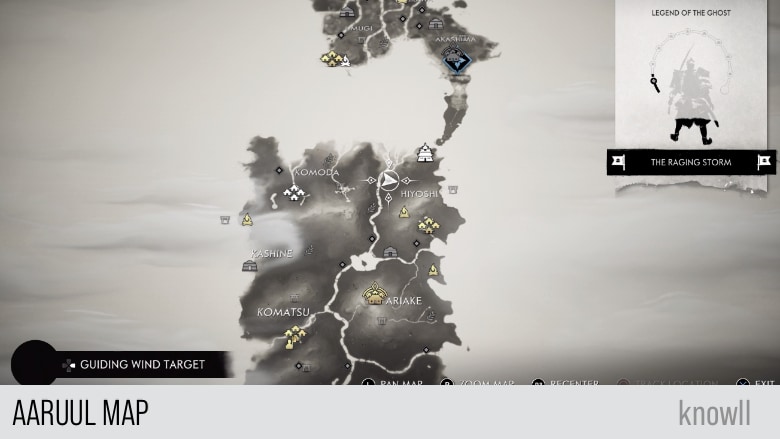
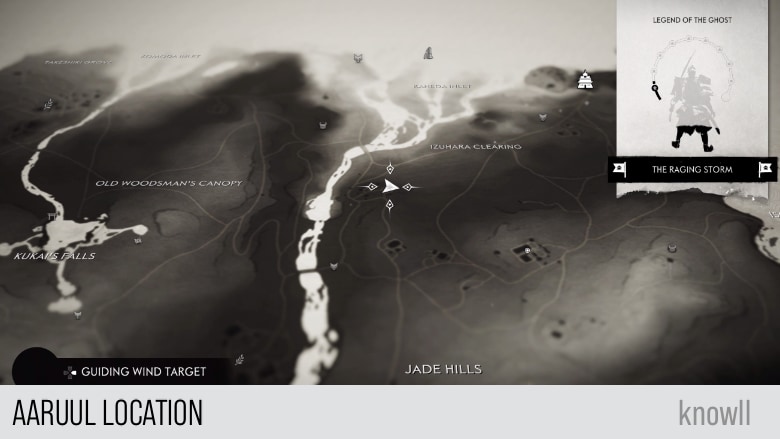
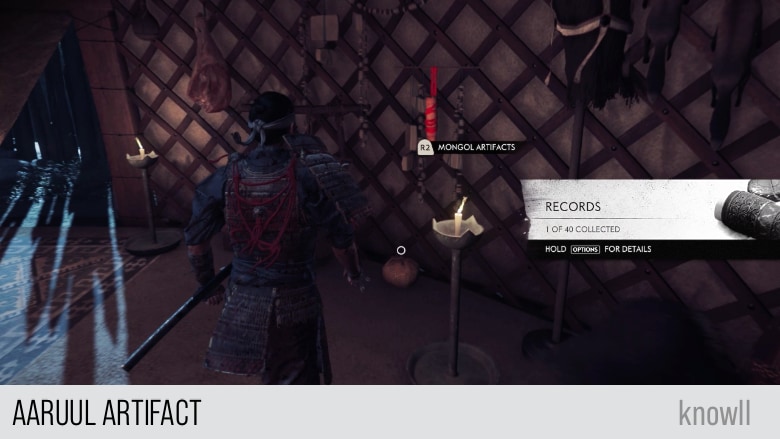
Juniper
Mongol shamans often imbibe a variety of substances during their ritualistic ceremonies. Juniper, which is mildly hallucinogenic, is one such substance. The shaman ignites the juniper, waves it in front of their face, and inhales the smoke, which is believed to be pleasing to the spirits as well.
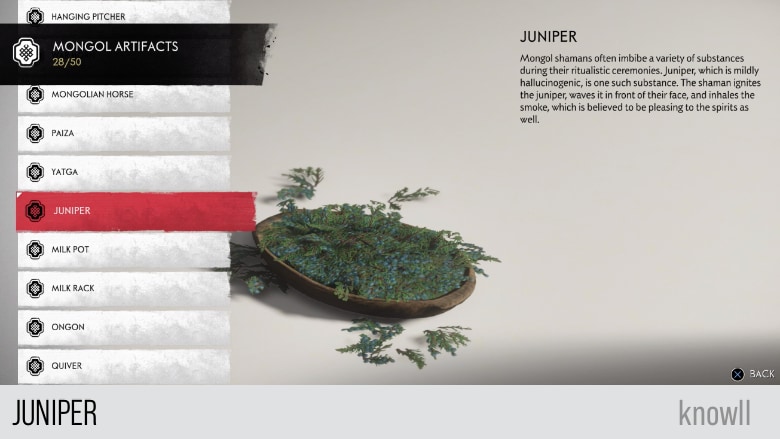
Juniper Map and Location
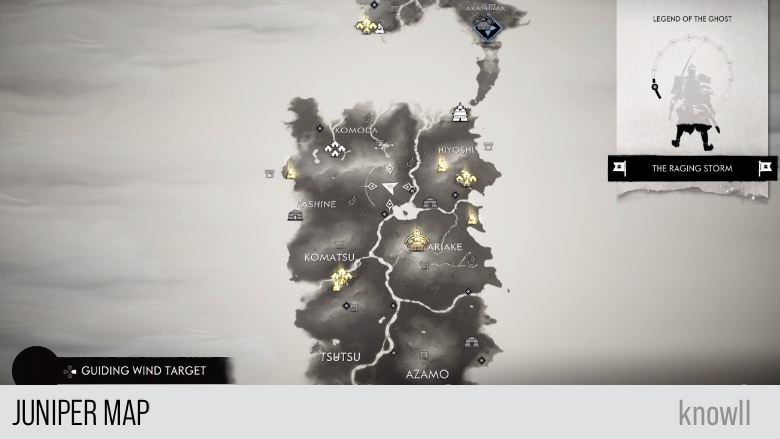
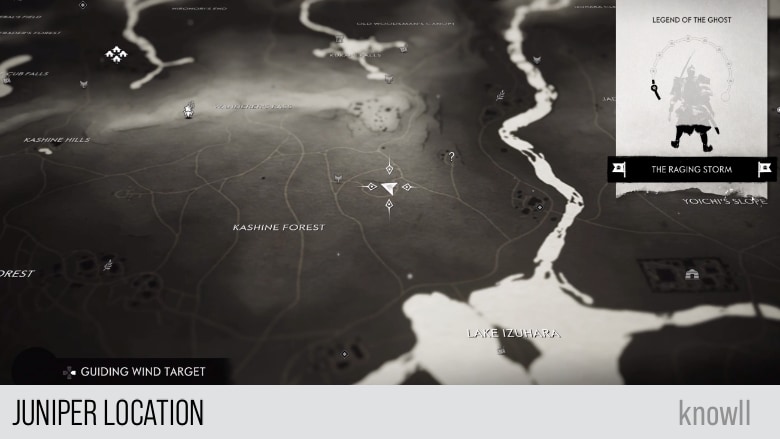
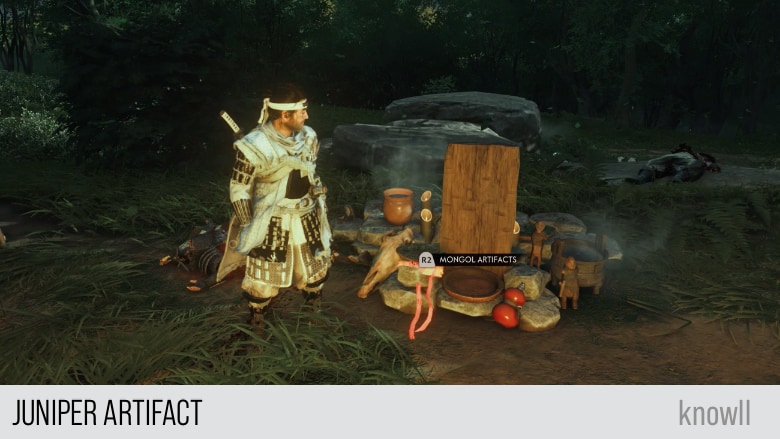
Dagger
The Mongols often appropriate weapons and tools from the Persians and Chinese, and improve on them. Mongol riders wield a wide variety of weapons. Often, they attach a dagger to their left arms, to be used when necessary in close-range fighting.
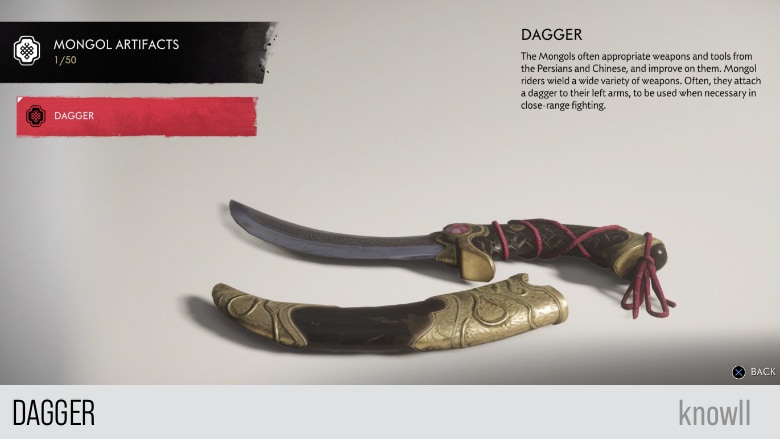
Dagger Map and Location

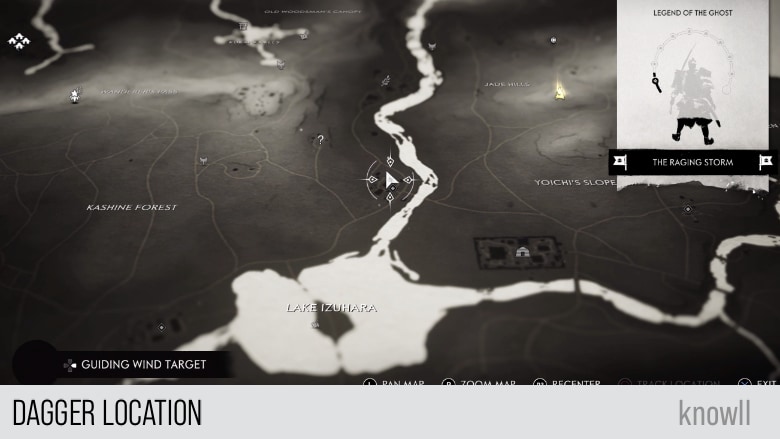
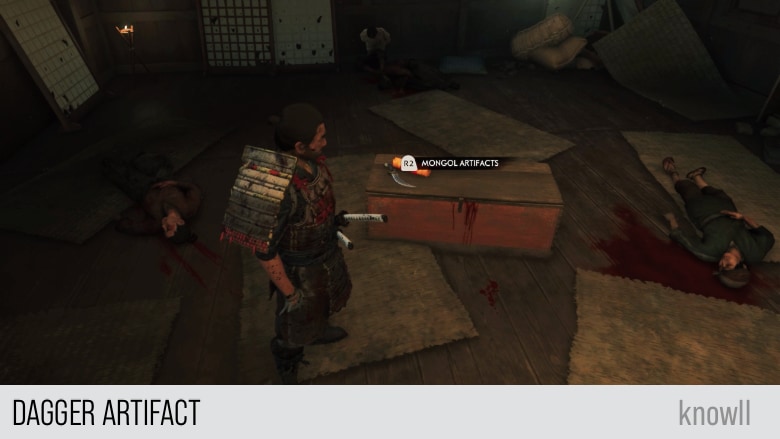
Mongol Plans
Mongol leaders craft detailed plans on how to infiltrate enemy territory and gather firsthand knowledge of defensive systems, roads, crops, water supplies, and more.
They also send spies to plant dissension among enemy warlords and leaders and employ propaganda designed to convince the local population that the Mongols are liberators of the poor.
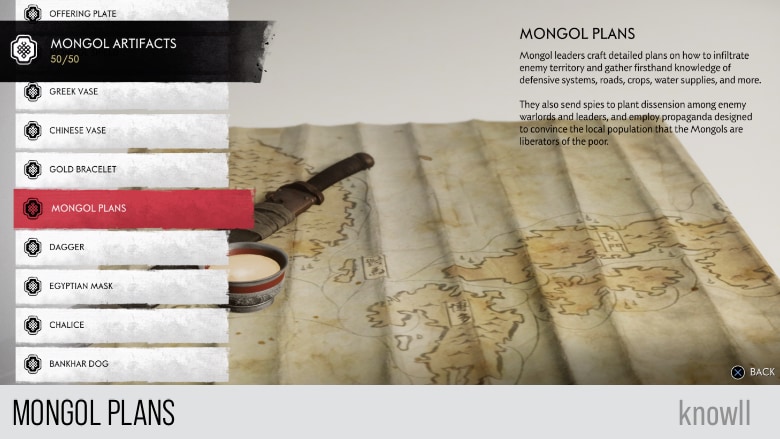
Mongol Plans Map and Location
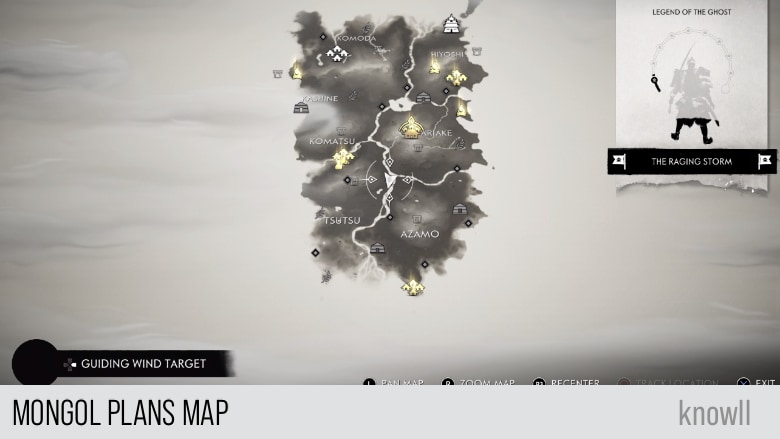
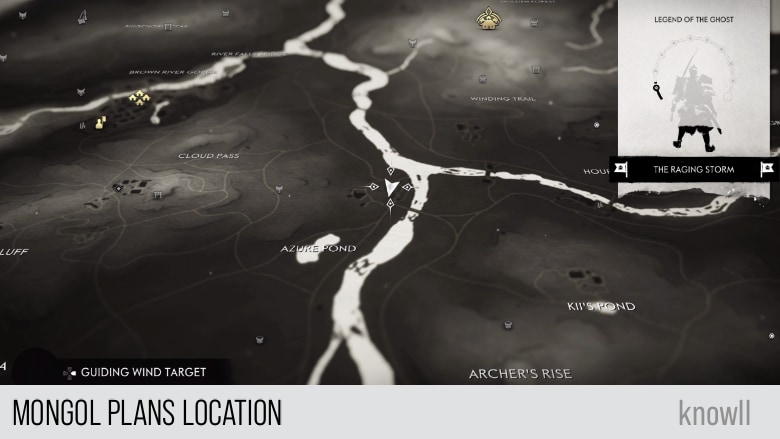
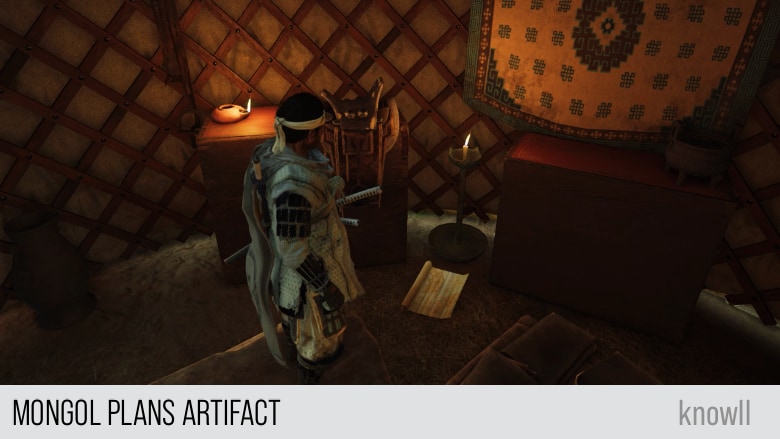
Chalice
Used for anything from mare's milk to boal (a kind of mead). Reportedly, the Mongols are even known to fill a chalice with oil, and toss it on unsuspecting enemies before lighting them on fire.
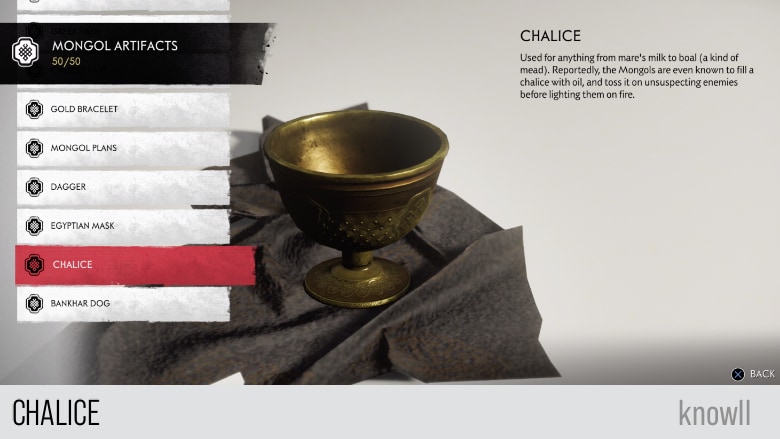
Chalice Map and Location
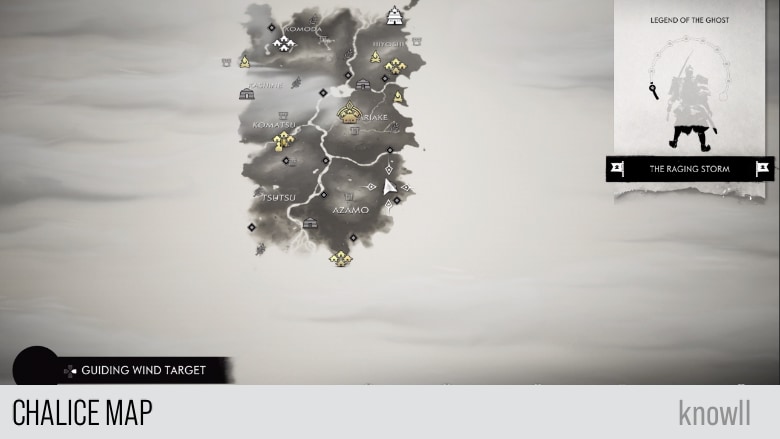
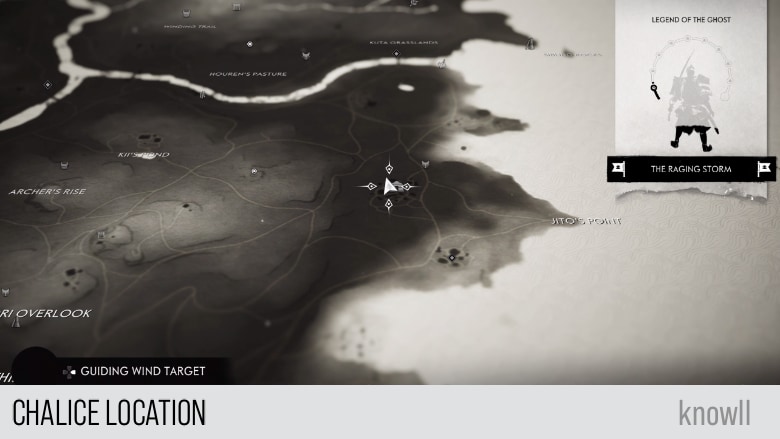
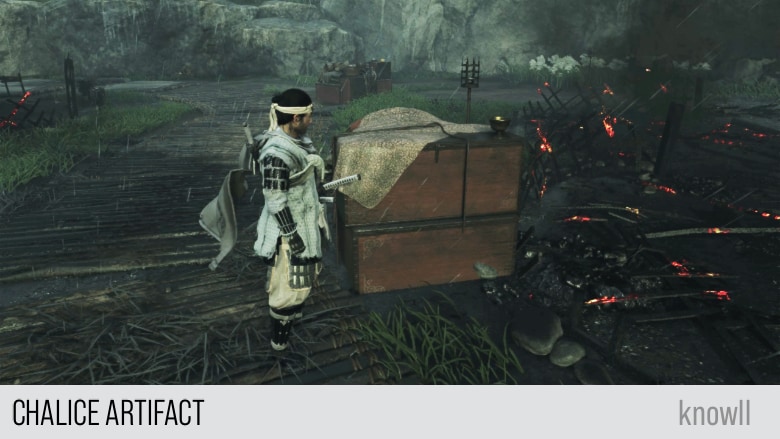
Hanging Pitcher
Traditional Mongolian cuisine relies more on livestock than crops. Airag, or fermented mare's milk, is a drink that stems from this tradition. Normally prepared during the early summer, the refreshing beverage has an acidic flavor as well as a relatively low alcoholic content.
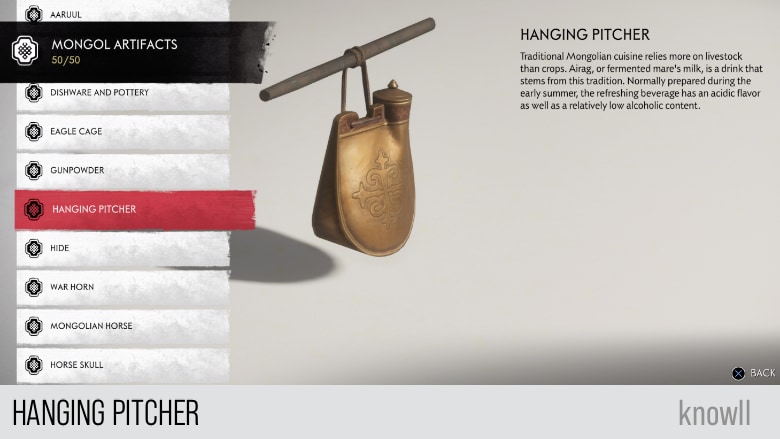
Hanging Pitcher Map and Location
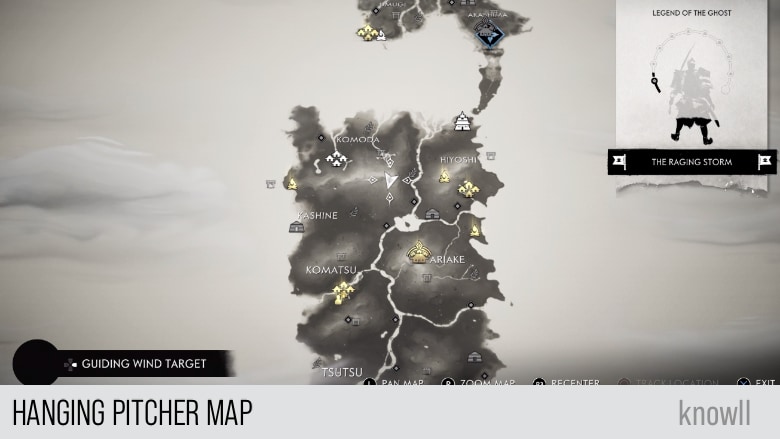
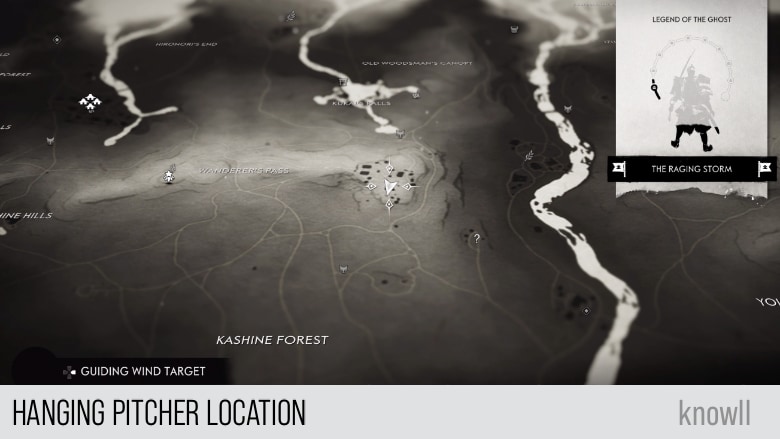
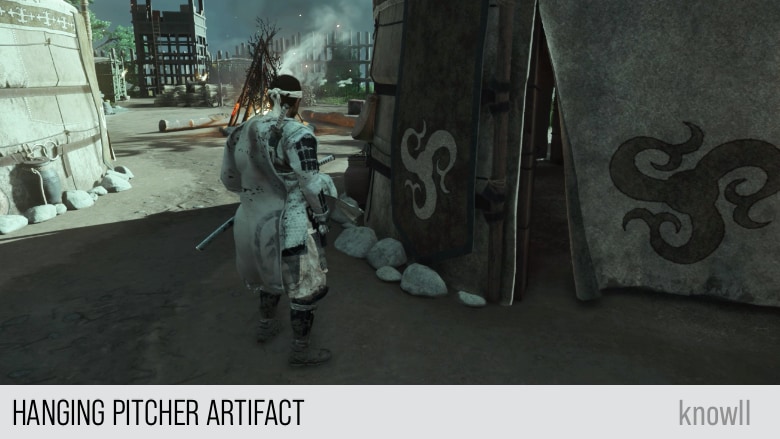
Saddle
The Mongols craft their saddles for maximum versatility in combat. Shortened flat stirrups give the rider greater control using only their legs, as well as making it easier to stand while riding. This allows the rider to wield a bow from a variety of positions with ease.
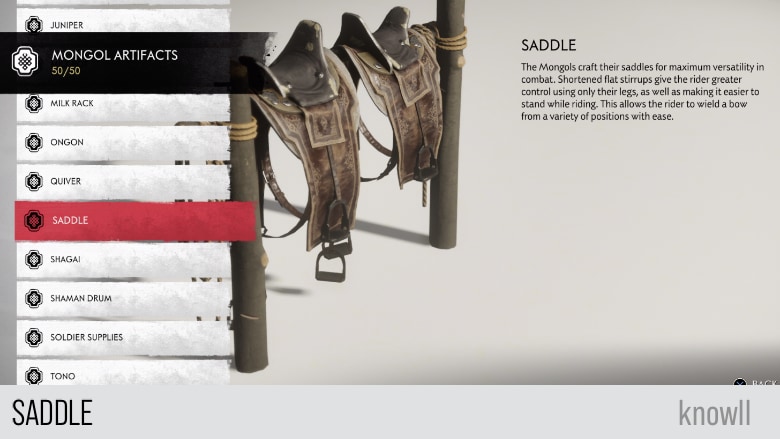
Saddle Map and Location
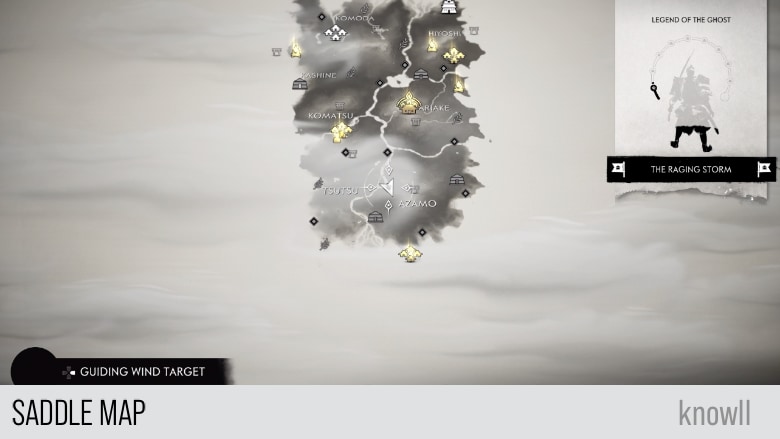

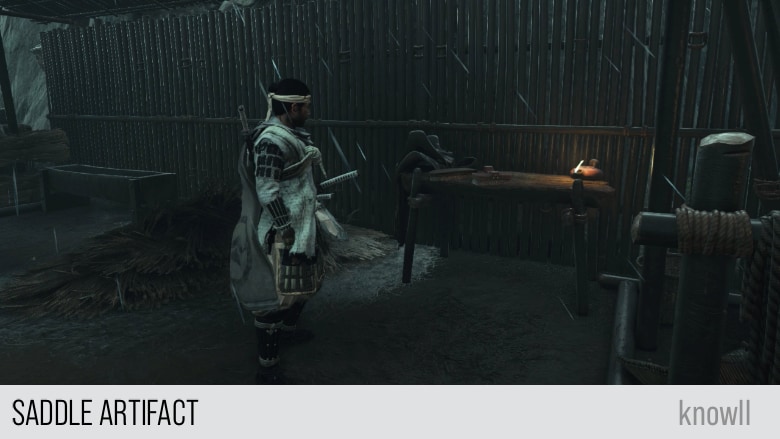
Gold Bracelet
Mongol craftsmen fabricate jewelry and other decorative metalwork using gold, silver, copper, and semi-precious stones like agate and turquoise. Bracelets often have a combination of geometric and animal-inspired designs.
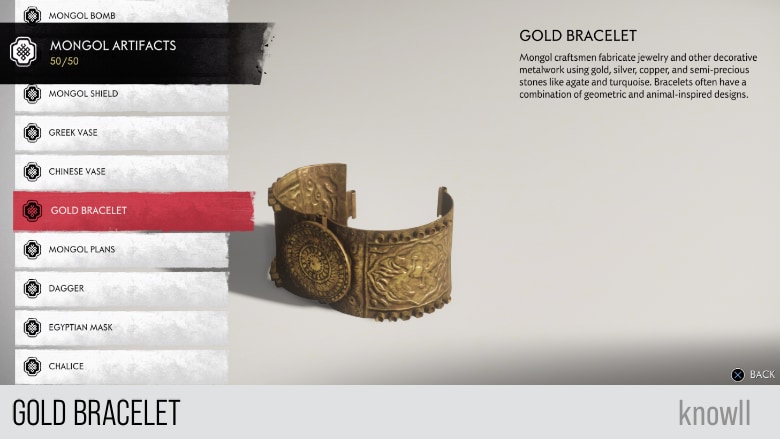
Gold Bracelet Map and Location
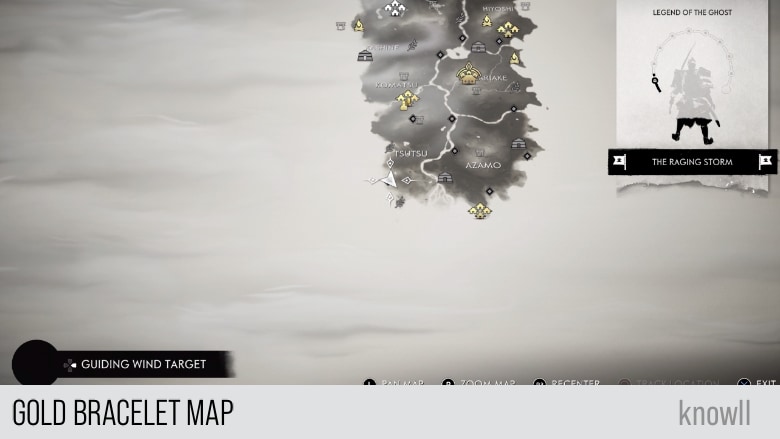
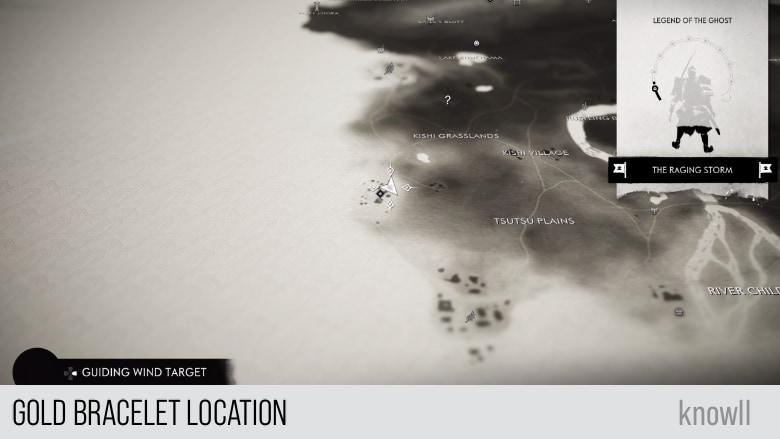

Paiza
The paiza is a special tablet given to Mongol officials and envoys that entitle them to certain privileges, such as the use of special supply points, as well as the ability to conscript goods and services from the civilian population. They are also distributed overseas to merchants as a means of strengthening their ties to the Mongol Empire.
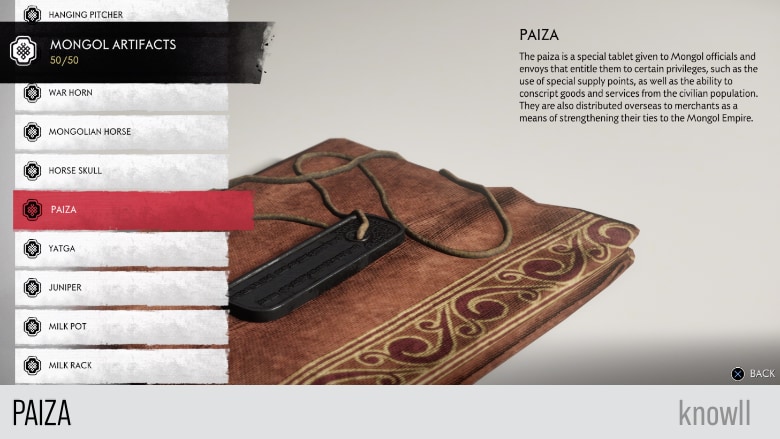
Paiza Map and Location
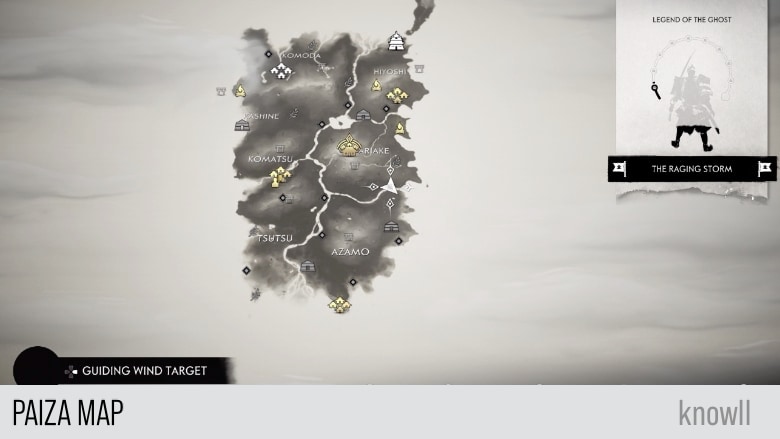
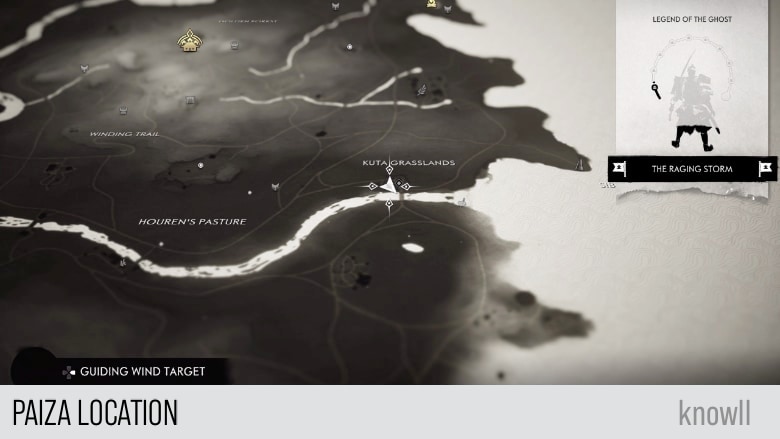
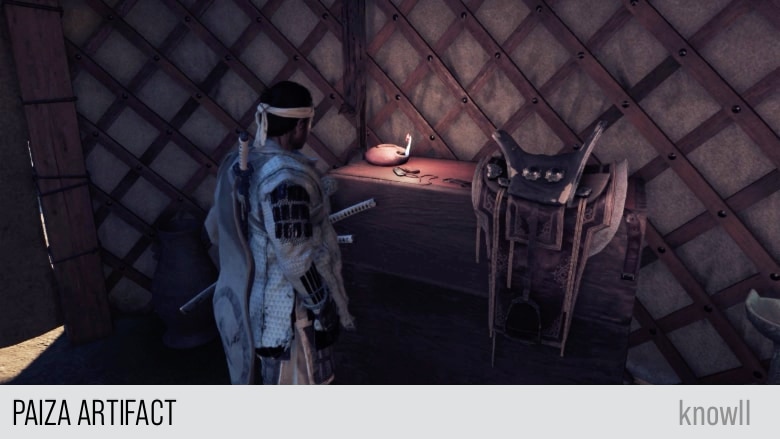
Yatga
The yatga is a traditional Mongolian plucked zither, closely related to the Chinese guzheng. The strings are commonly made from horse hair or goose gut, though the number of strings can vary.
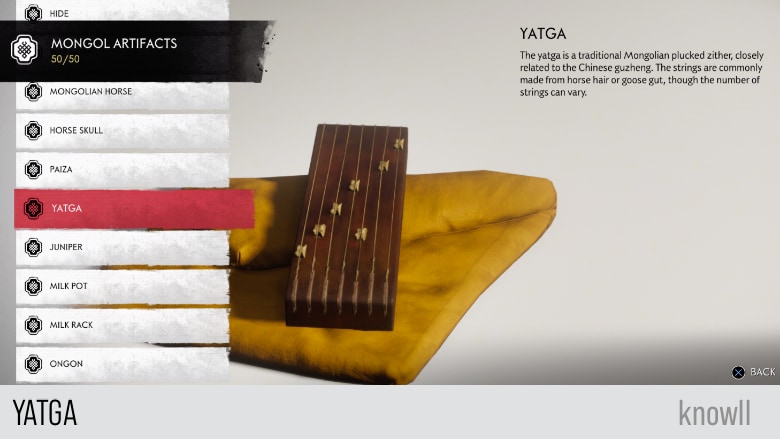
Yatga Map and Location
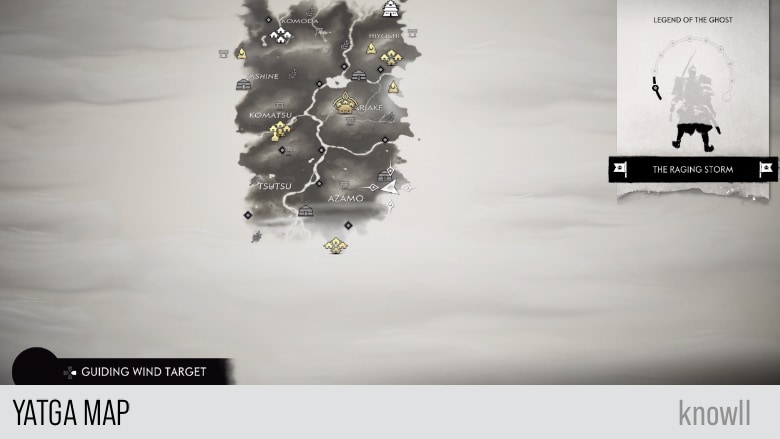
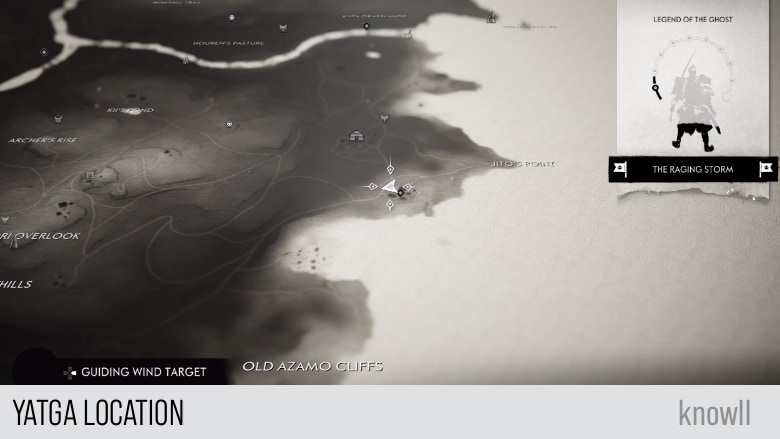

Toyotama Mongol Artifacts
There are 17 collectible Mongol Artifacts in the Toyotama Region.
- Offering Plate
- Milk Rack
- Quiver
- Mongol Gutal
- Mongol Bomb
- Chinese Vase
- Shaman Drum
- Mongol Sabre
- Tono
- Shagai
- Mongol Shield
- Eagle Cage
- Greek Vase
- Horse Skull
- Tsam
- Dried Meat
- Composite Bow
Offering Plate
The Mongol people worship a diverse hierarchy of spirits. The highest among the pantheon are myriad gods known as tengri. These spirits are typically only contacted by great shamans and leaders.
Beneath this tier are three groups of ancestral spirits: "Lord-Spirits", "Protector-Spirits", and "Guardian-Spirits" with lesser echelons beyond these.
Ceremonial offerings to all the spirits were made at communal or private shrines, and consisted of food, joss sticks, and libations.
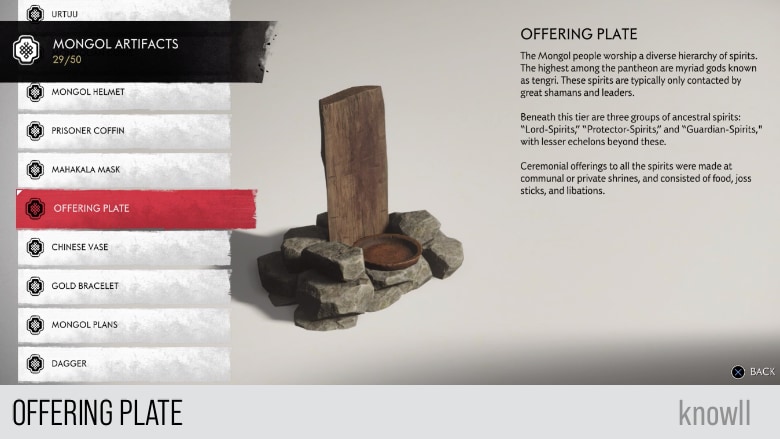
Offering Plate Map and Location
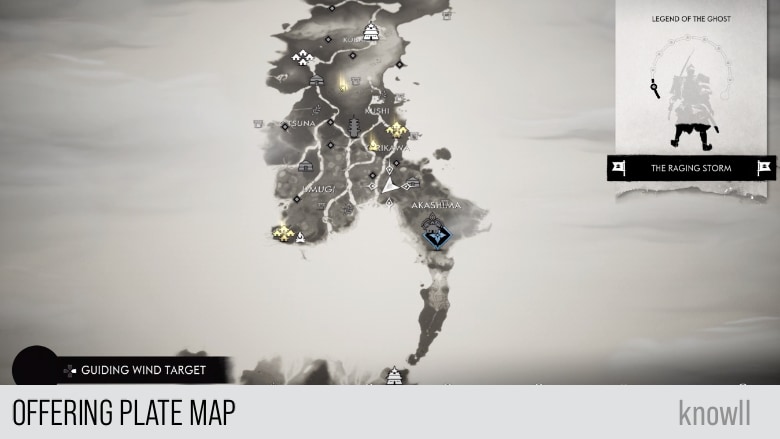
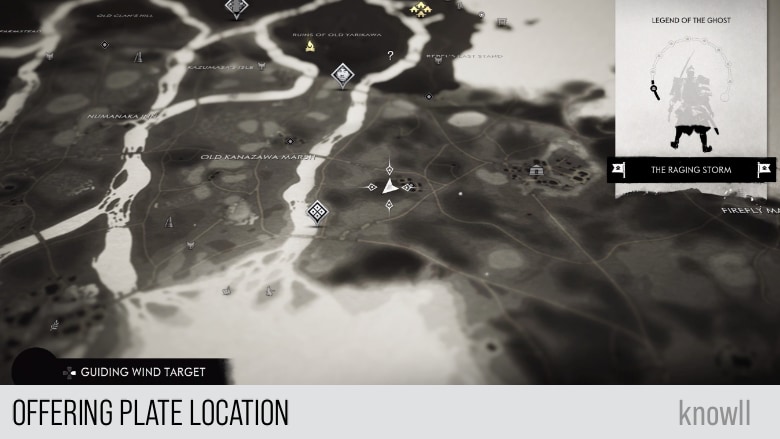
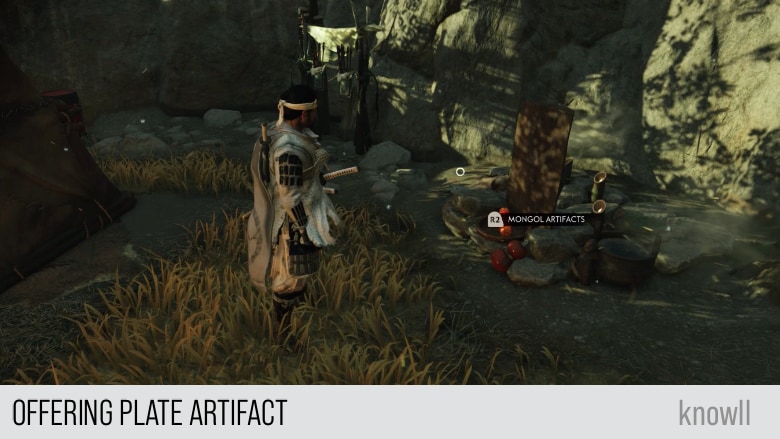
Mongol Gutal
Traditional boots worn by the Mongols. Gutal are made of embossed leather cowhide, with handsewn soles constructed for maximum durability.
Ideal for horse riding, their upturned and pointed tips prevent riders from catching their in the stirrups and falling off their horses. This feature also demonstrates the Mongol respect for the land, as the shape minimizes the size of the wearer's tracks.
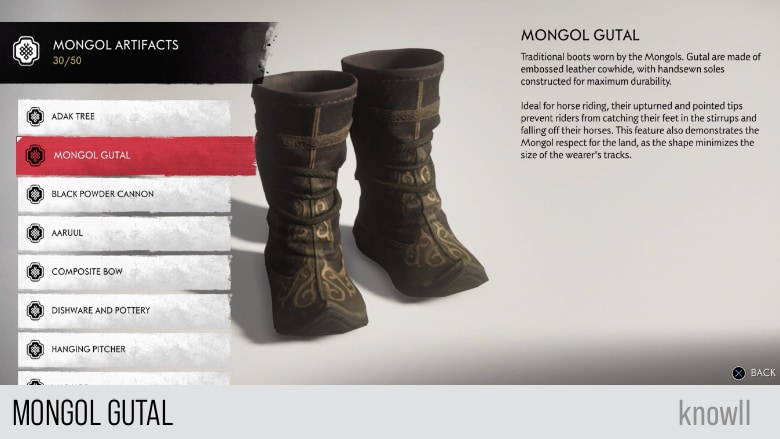
Mongol Gutal Map and Location
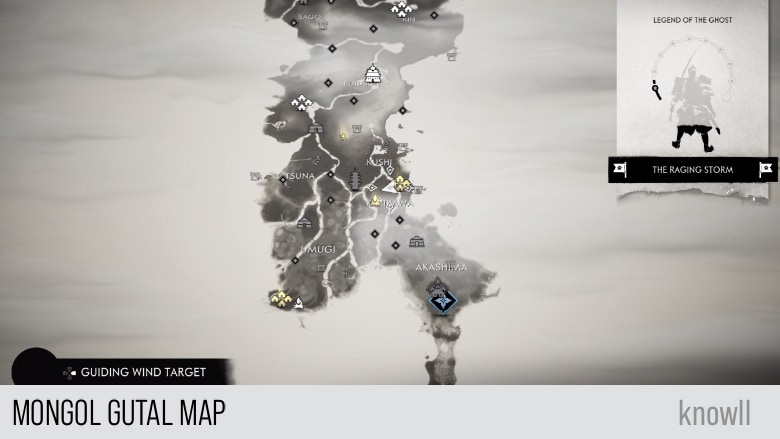
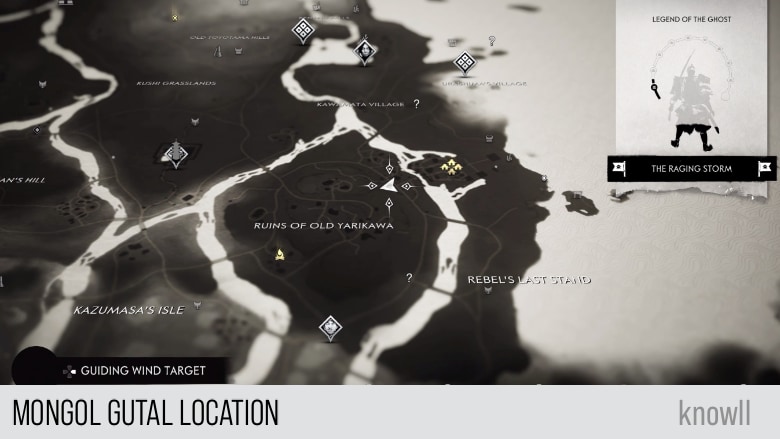
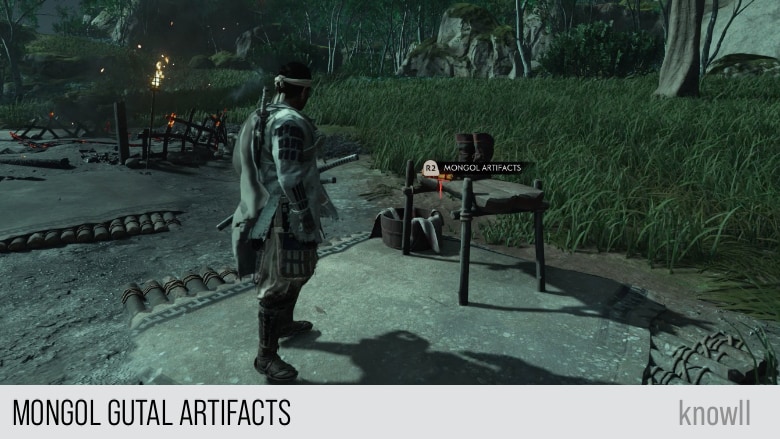
Shagai
Thought to be one of the first forms of dice, the term shagai refers to the ankle of a goat or sheep. Games involving the use of shagai sometimes identified as ankle-bone shooting, involve predicting the side the bones that will land up or down when rolled. In addition to this, wolf shagai are kept as a sign of good luck and fortune.
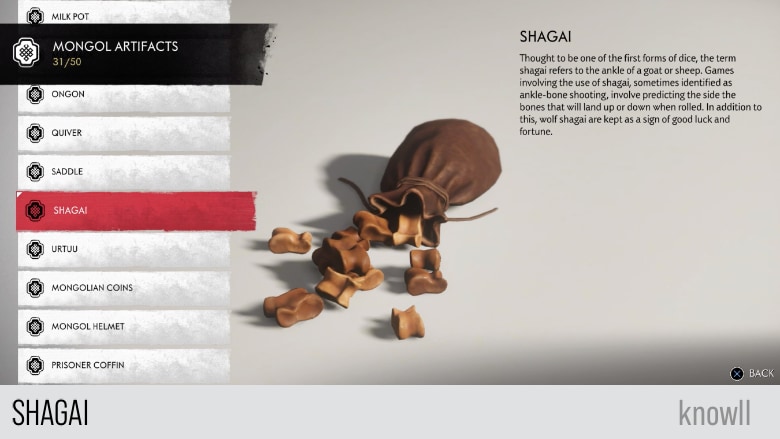
Shagai Map and Location
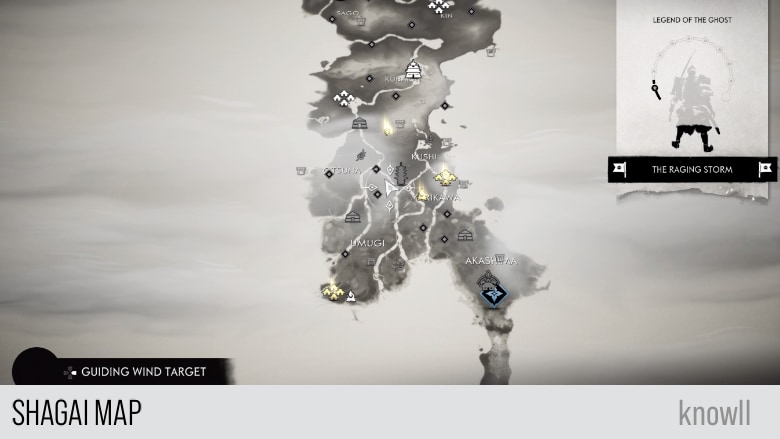
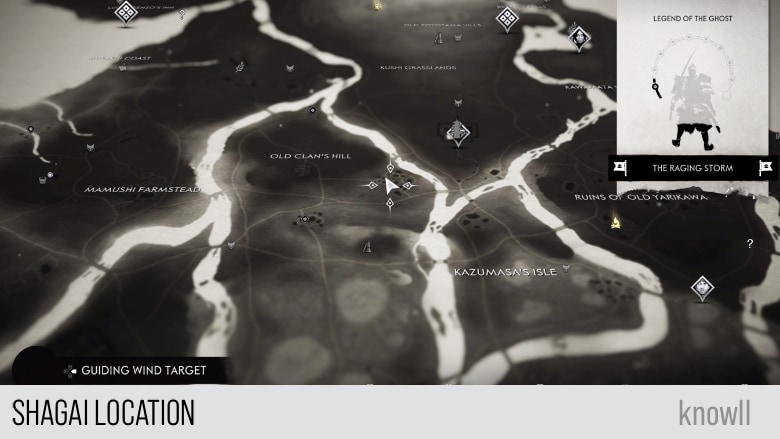
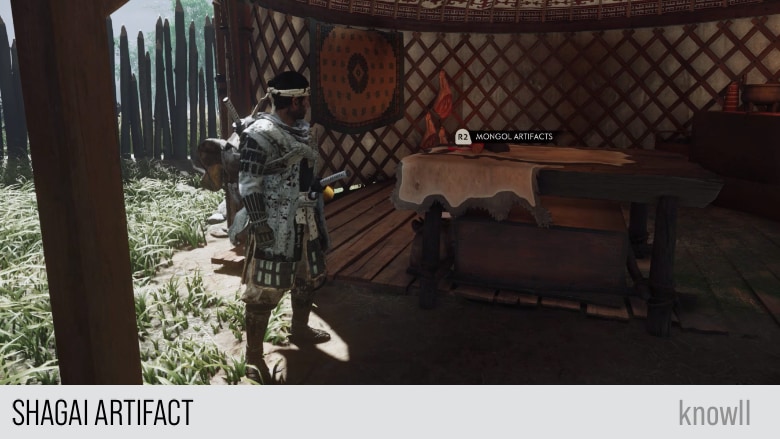
Tono
The tono is the large circular ring, or crown, of the traditional Mongolian yurt. Constructed from durable wood, these structures are highly valued and often passed down for multiple generations.
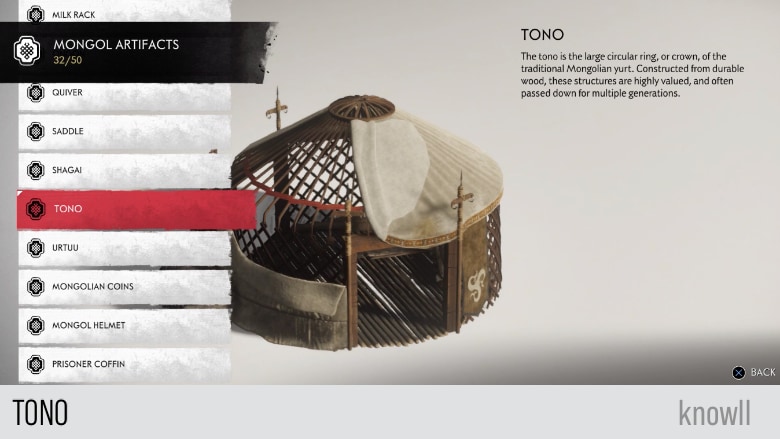
Tono Map and Location
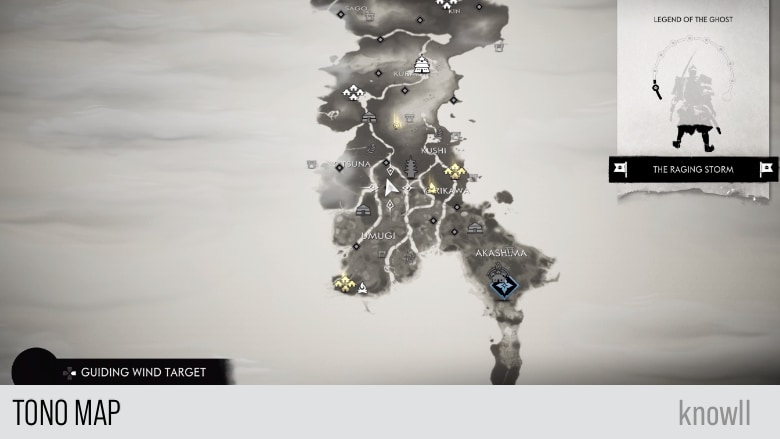
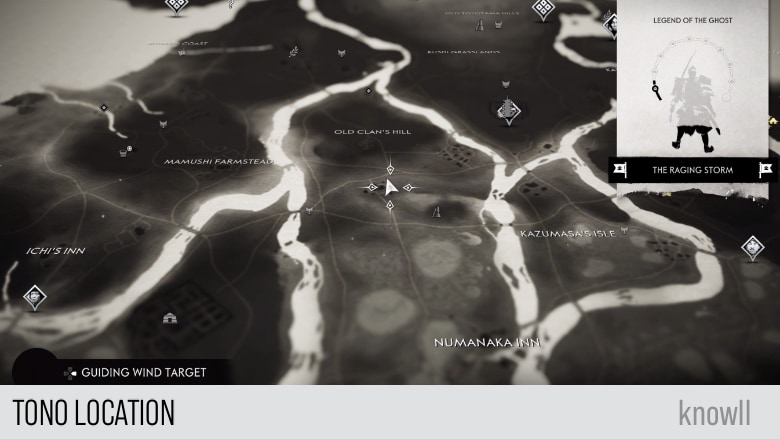
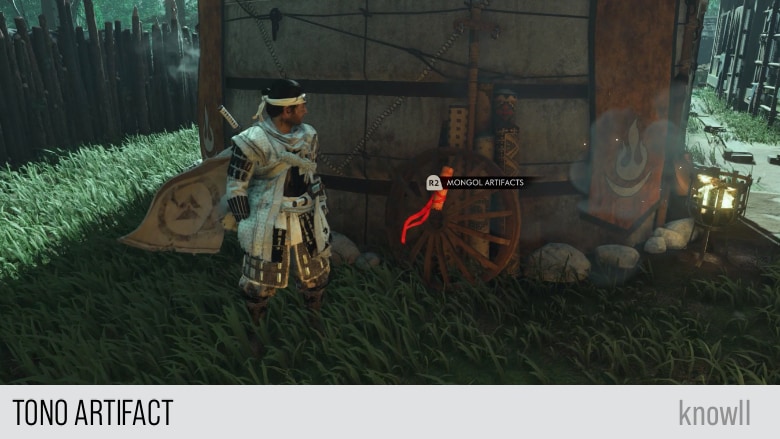
Mongol Bomb
The rise of the Mongol Empire has facilitated the advancement of gunpowder technology. An example of this can be seen in their adoption of the "heaven-shaking thunder bomb", first developed in 12th - 13th century China.
This handheld bomb is made of cast iron, and sports an adjustable fuse, allowing the wielder to alter the wick's length to match the distance to the target.
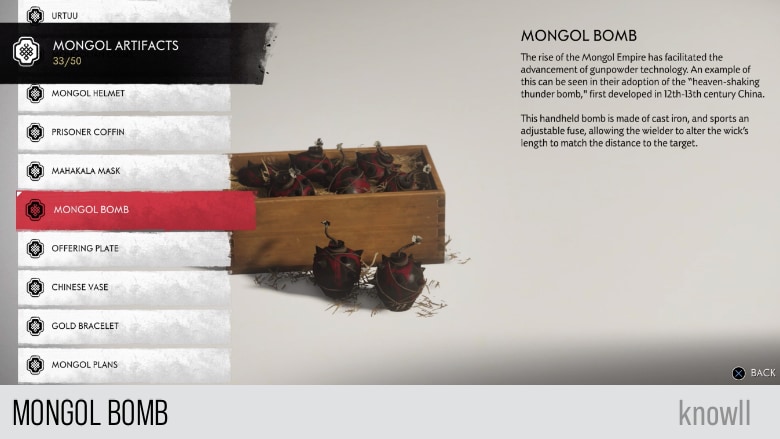
Mongol Bomb Map and Location
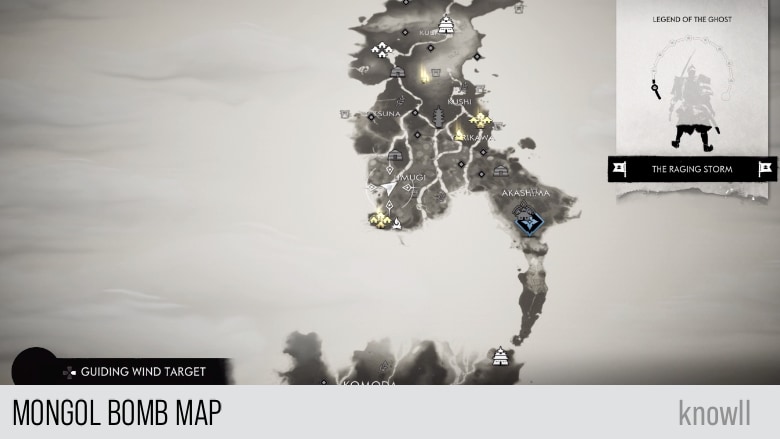
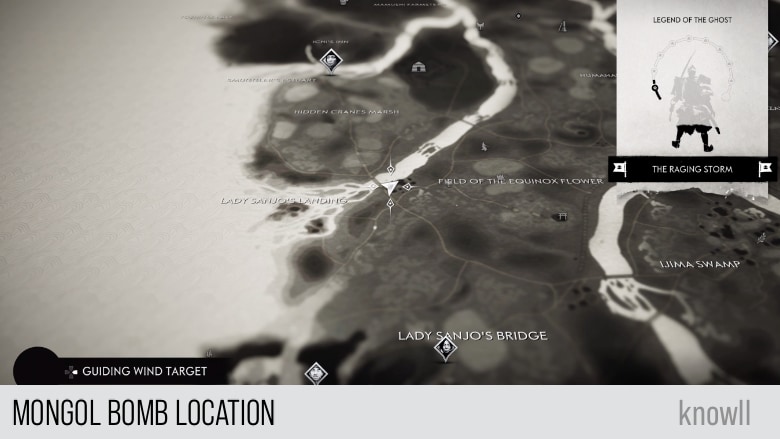
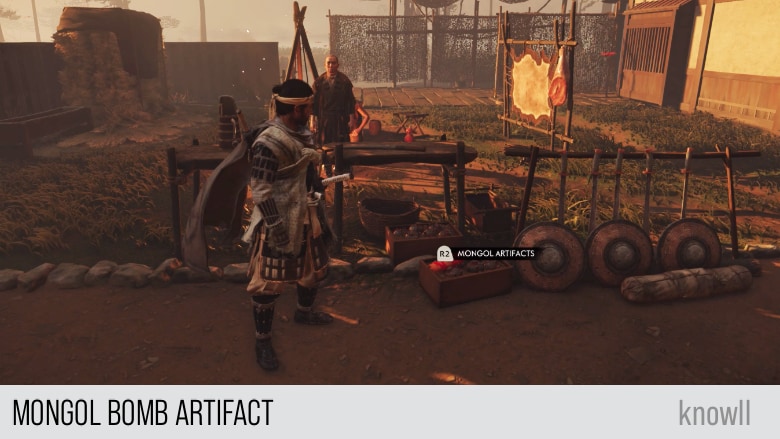
Mongol Saber
Though best known for their composite bows, Mongol troops are also proficient at close-range melee combat. They are known to use maces (typically wielded by more heavily-armored cavalrymen), axes, and swords, the last of which most often feature a curved, saber-like design.
This Turko-Mongol saber utilizes a slighter curve and sharp point, with the reverse edge of the blade sharpened along the upper third of its length.
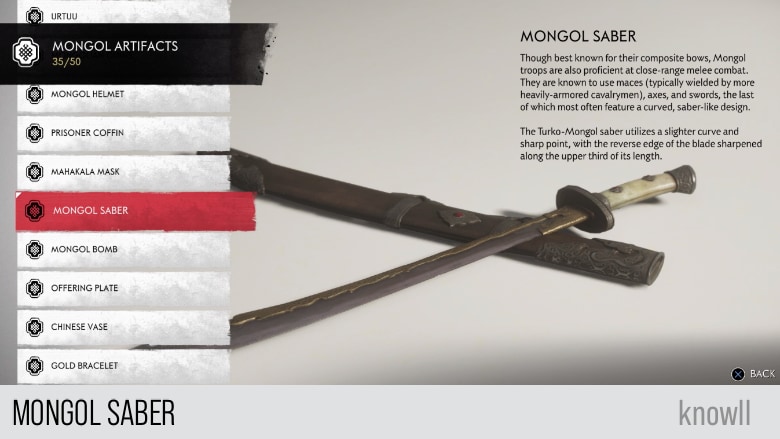
Mongol Saber Map and Location
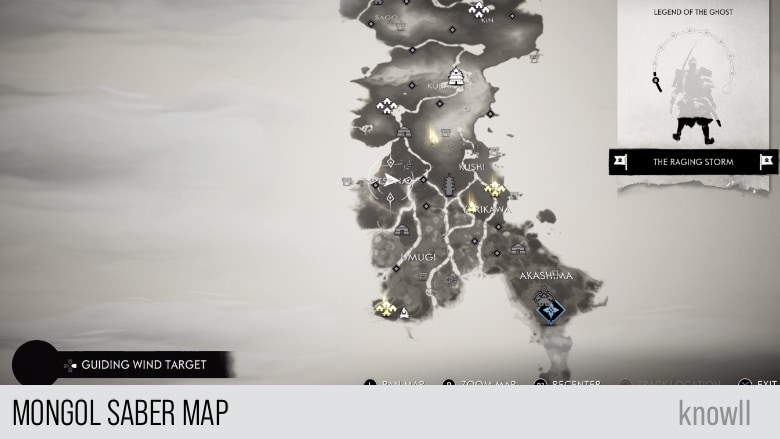
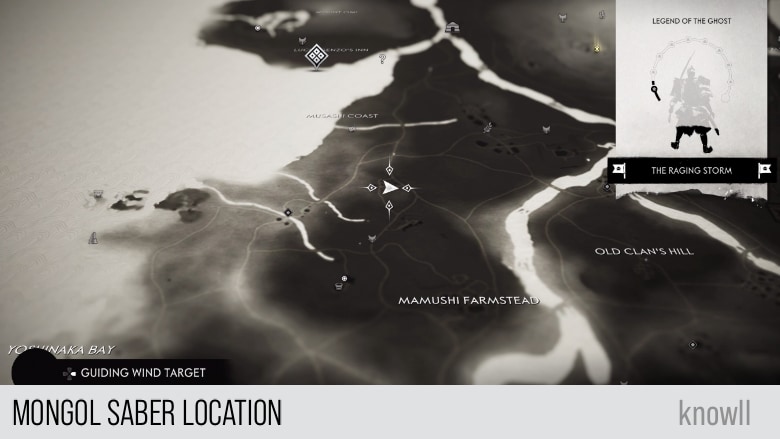
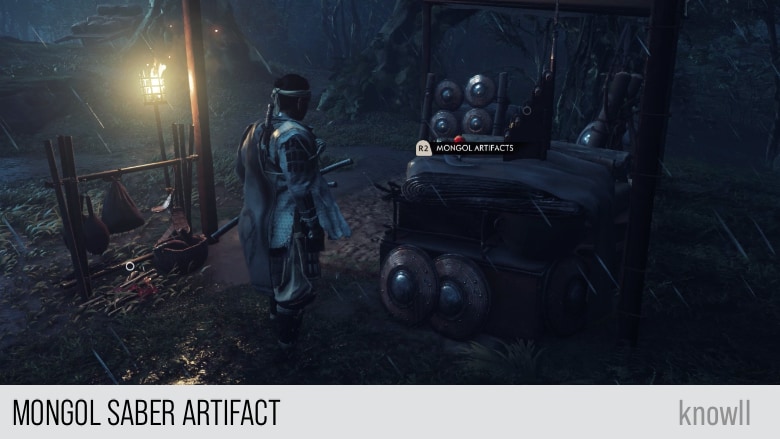
Mongol Shield
Mongol shields are lightweight, with a circular, domed construction of woven and bound wicker or willow, which is then sometimes covered in animal hide or leather (though heftier variants are often adopted by more heavily armored shock troops). In either case, the handles are constructed so that, when gripped, the shield is aligned with the front of the closed fist.

Mongol Shield Map and Location
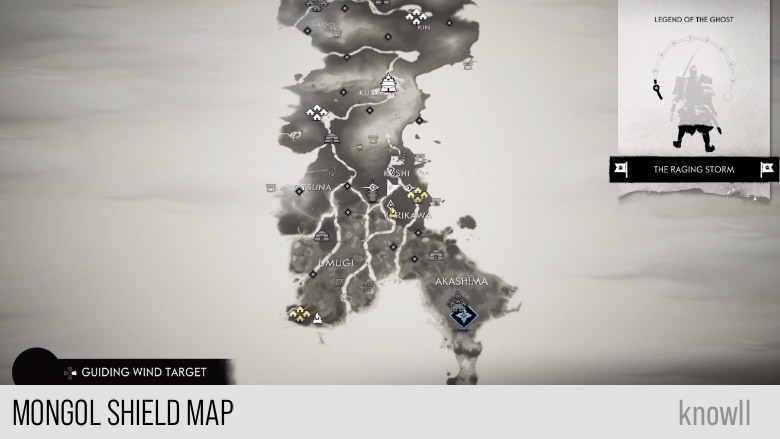
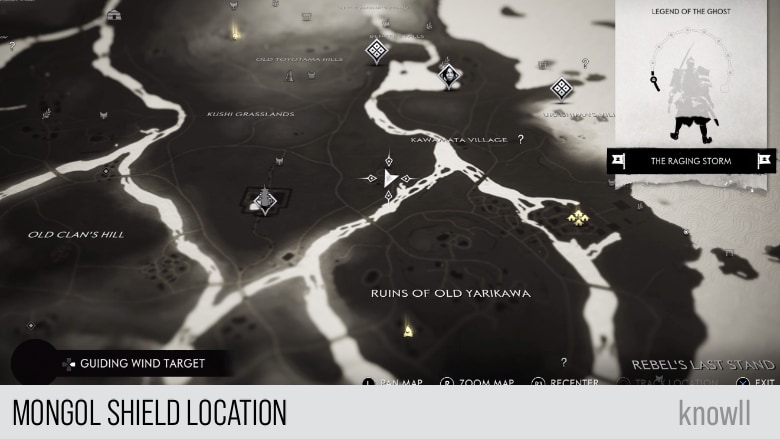
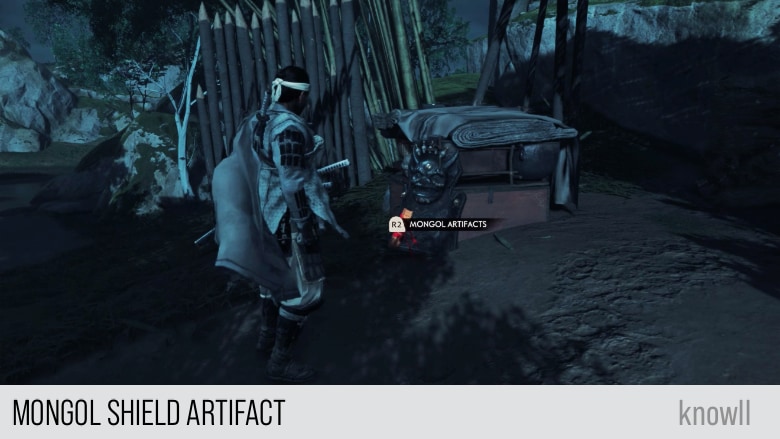
Greek Vase
During the summer of 1242, the Mongol defeat of the Latin Empire caused a major power shift in the Aegean world. An invading force led by Kadan, son of the second Great Khan Ogedei, swept southward after devastating Bulgaria and Serbia.
Though repelled during an initial encounter in Thrace, subsequent relations between the Mongol khans and the Latin Emperor Baldwin II suggest that he was at some point captured, and forced to submit and pay tribute to the Mongol armies. This is likey how the vase wound up in Mongol hands.
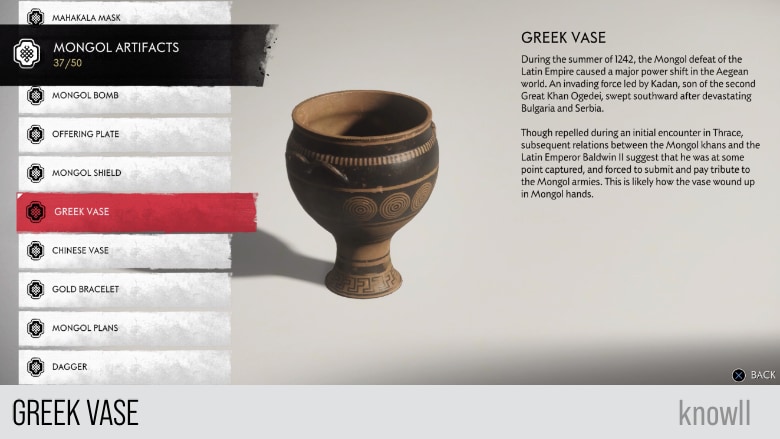
Greek Vase Map and Location
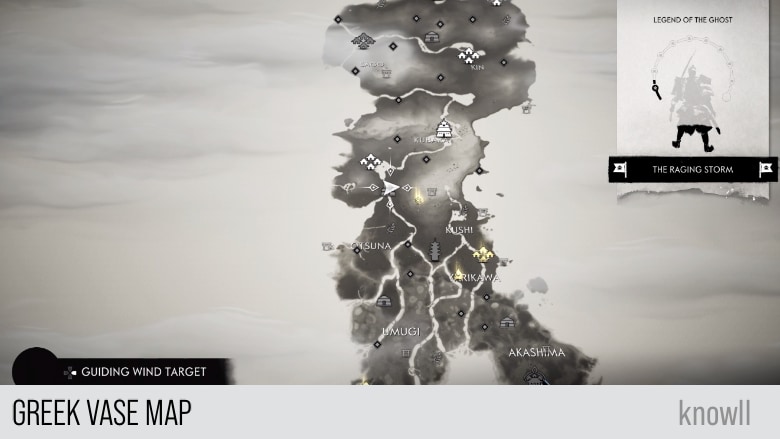
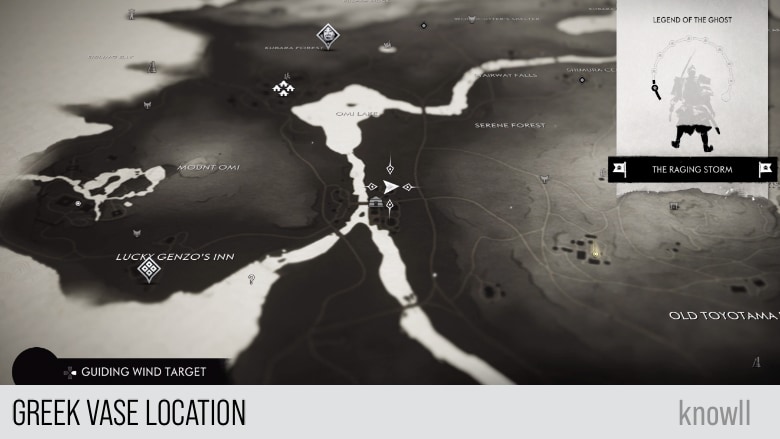
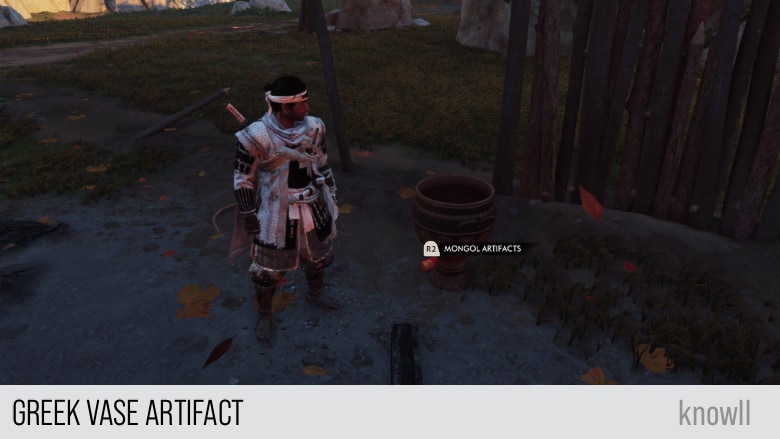
Eagle Cage
Golden Eagles from the high Altai mountains of western Mongolia are prized by the eagle-hunters there, known as burkitshi, due to their extreme hunting prowess.
The eagles are captured, domesticated, and trained from a young age, and traditionally kept as companions for around 10 years before being released to live out the remainder of their lives in the wild.
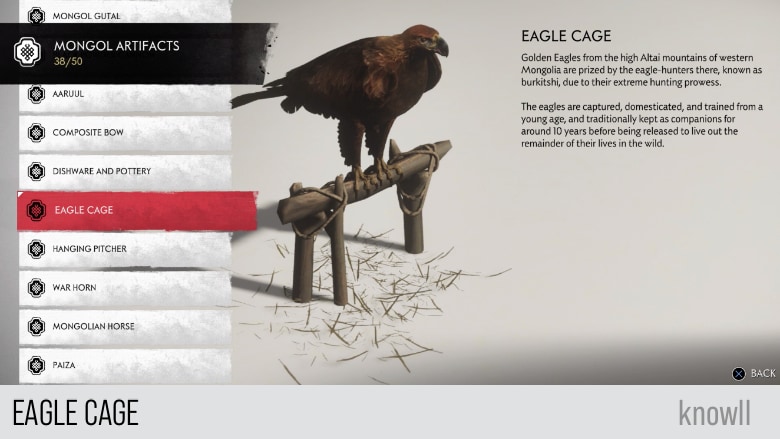
Eagle Cage Map and Location
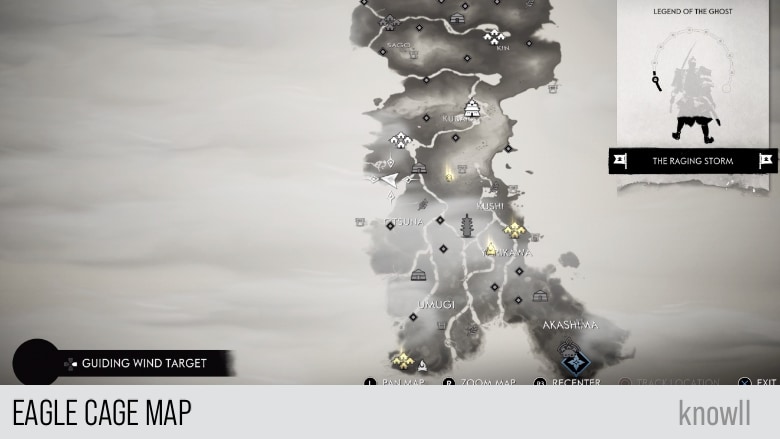
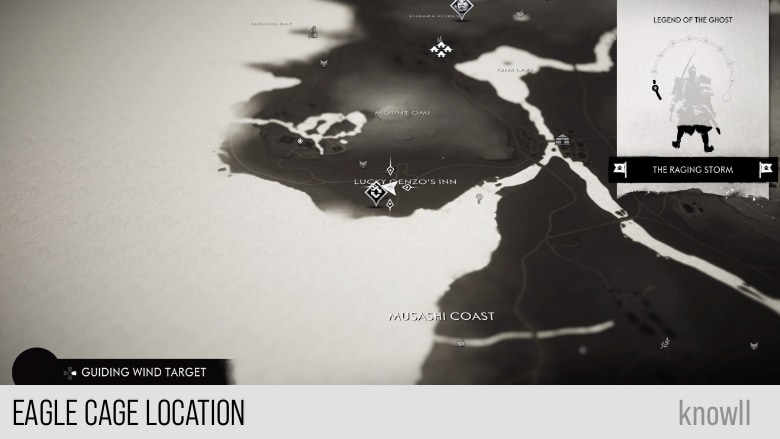
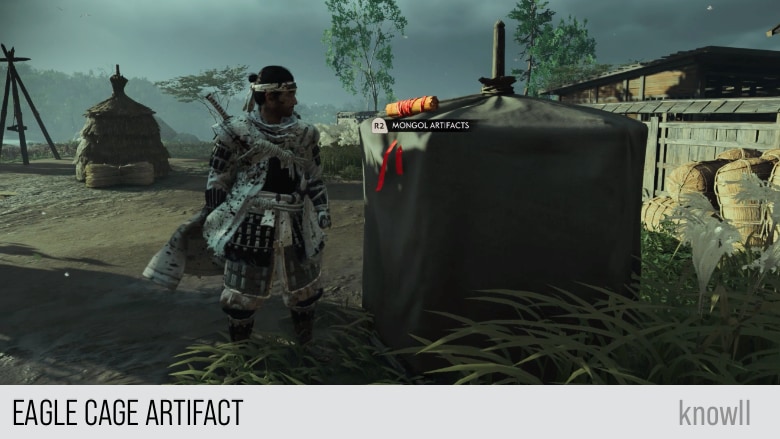
Tsam
The Tsam, or masked dance, is a Tibetan Buddhist ceremony held at the beginning of each year, considered important for exorcising evil spirits. The Mongol Empire gradually took control of Tibet in the 1240s and 1250s.
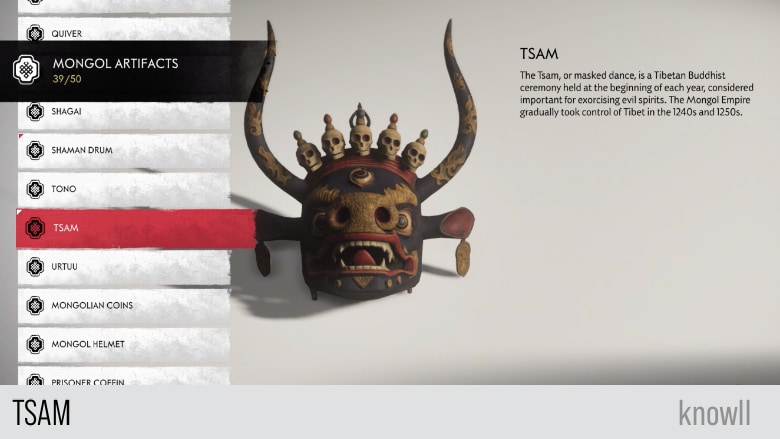
Tsam Map and Location
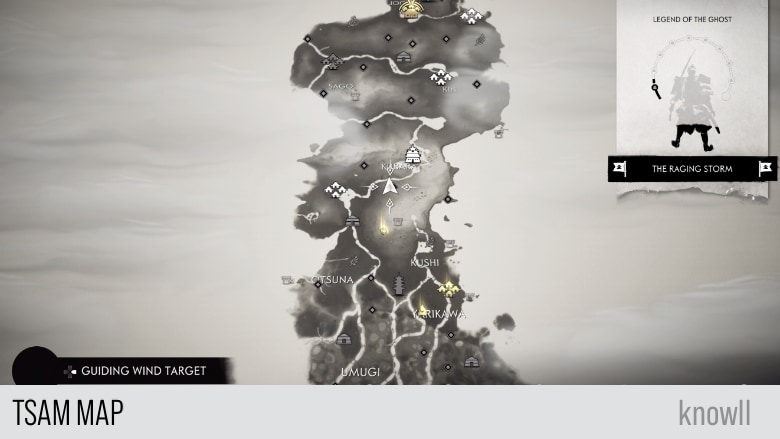
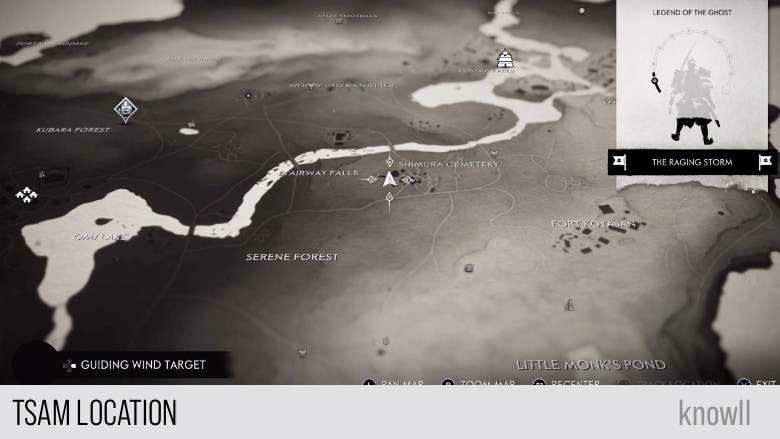
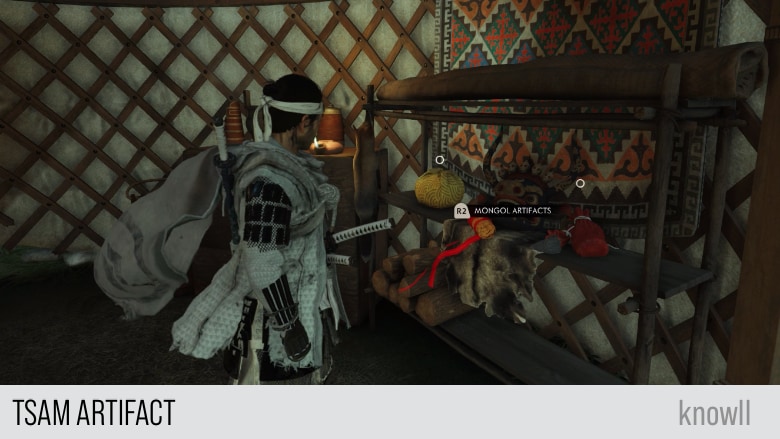
Dried Meat
Air-dried and ground meat called borts is used as rations by Mongol troops. Borts is easy to transport, cooked simply with water, and is often kept under the saddle to further tenderize it.
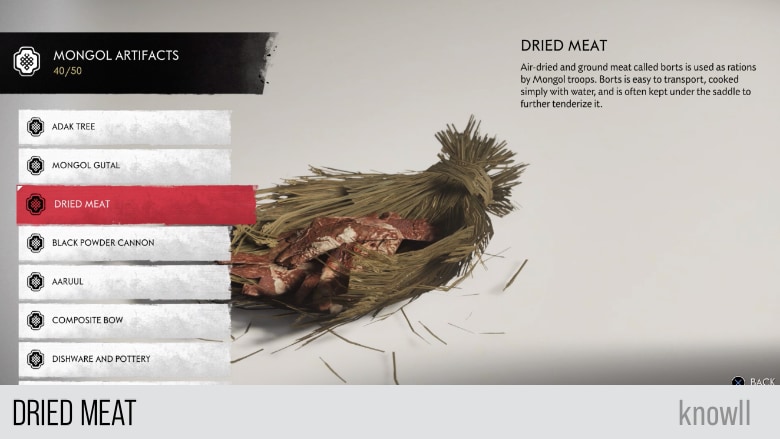
Dried Meat Map and Location
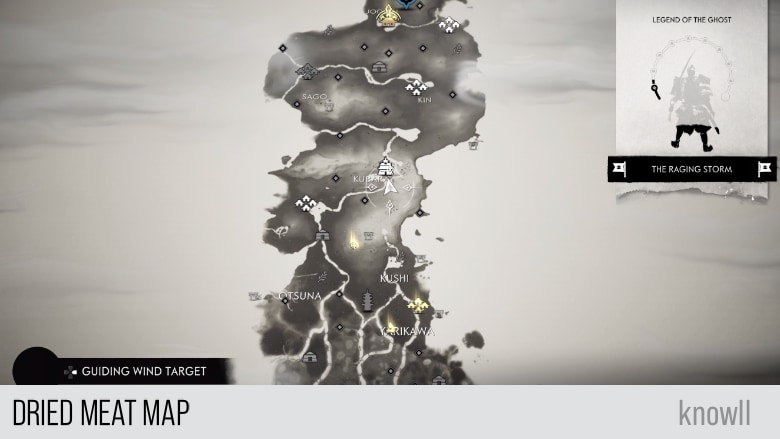

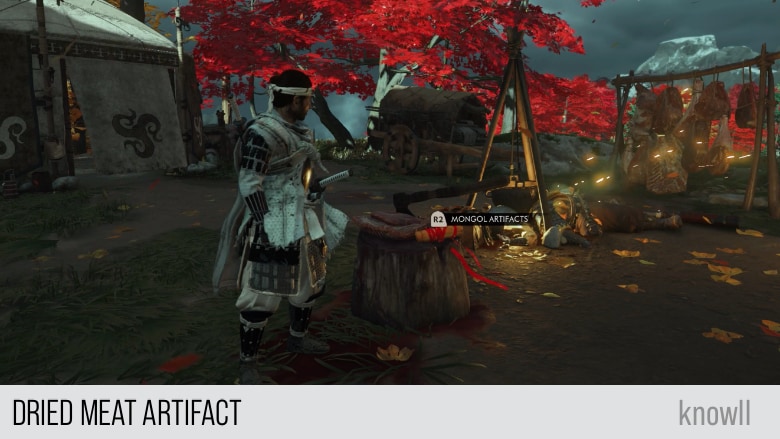
Horse Skull
The spirits of dead Mongolian horses are believed to be able to hurt or help their former owners, and Mongol warriors take great care with their remains. Respect is often shown to a fallen horse by placing the skull on an ovoo, a sacred stone heap important to the Mongols' shamanistic religion.
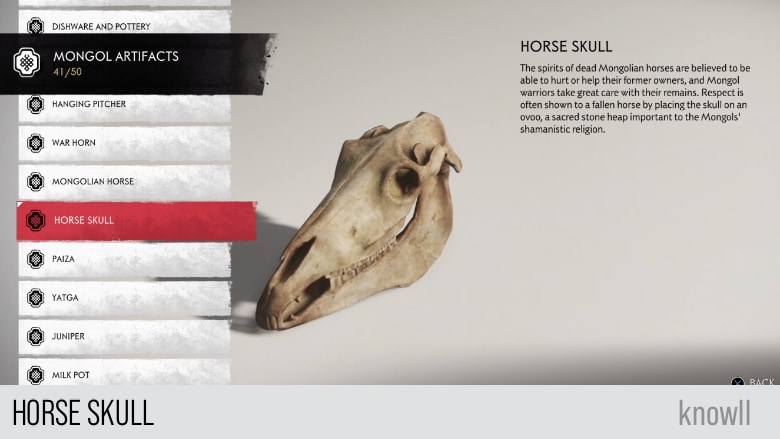
Horse Skull Map and Location
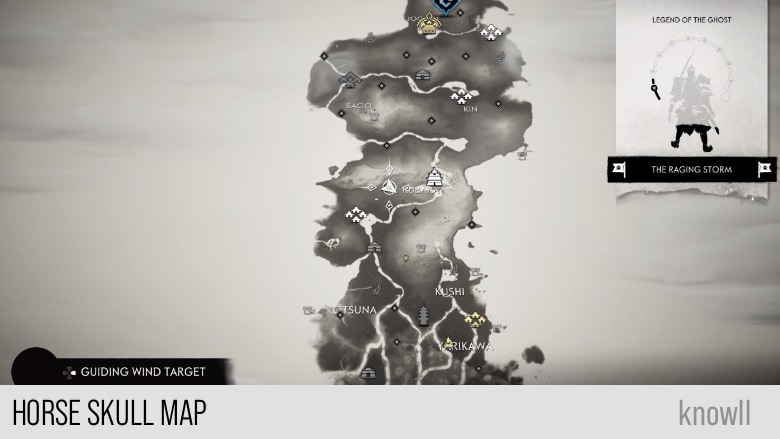
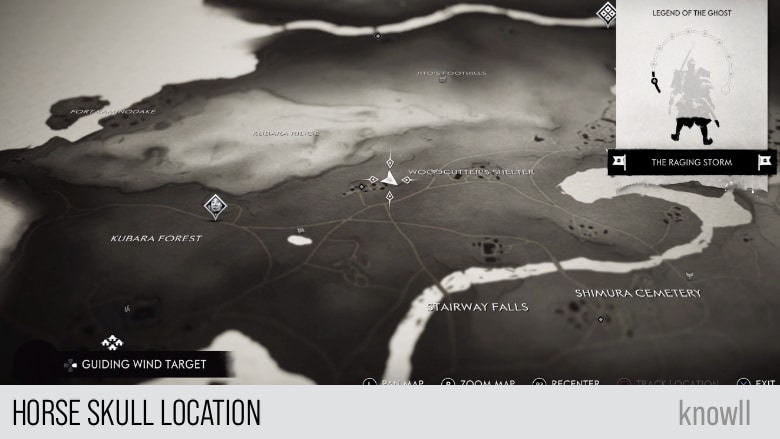
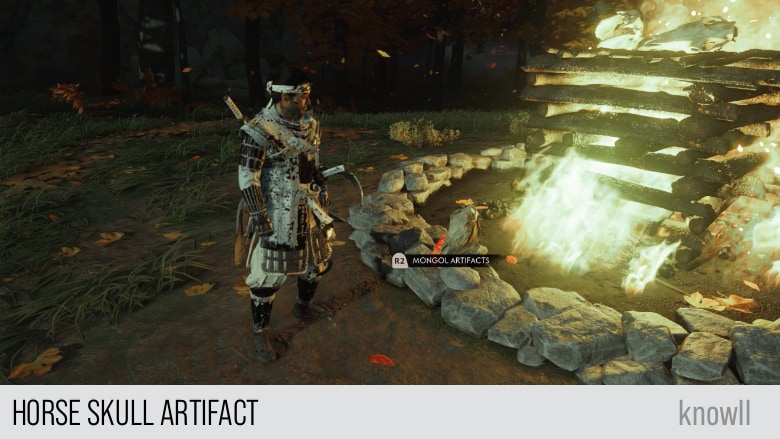
Chinese Vase
Spanning six decades, the Mongol conquest of China began with Genghis Khan's invasion of Western Xia in 1205. China is now ruled by Kublai Khan, marking the first time in history that the whole of China has been conquered and controlled by a non-native ruler.
Many Chinese citizens have been conscripted into the Mongol war effort, including scholars, doctors, engineers, and anyone with valuable, specialized skills.

Chinese Vase Map and Location
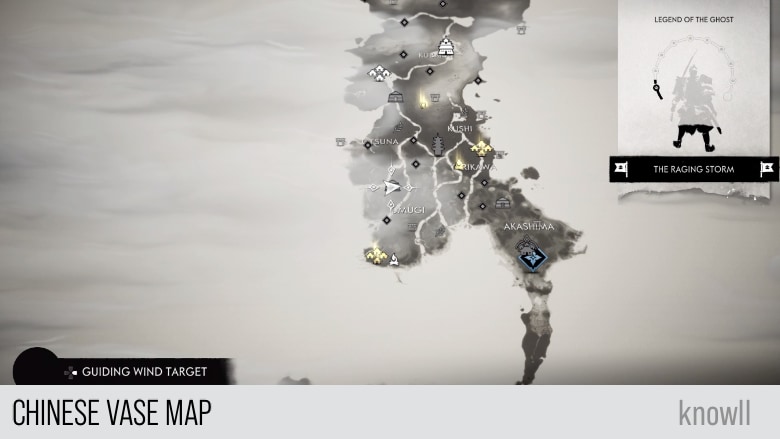
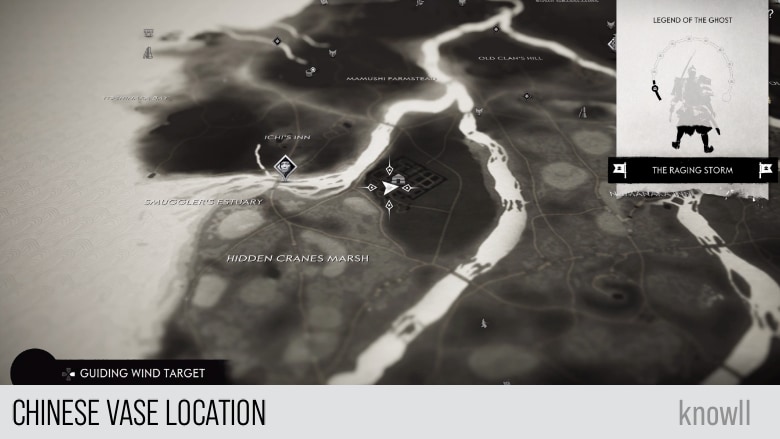
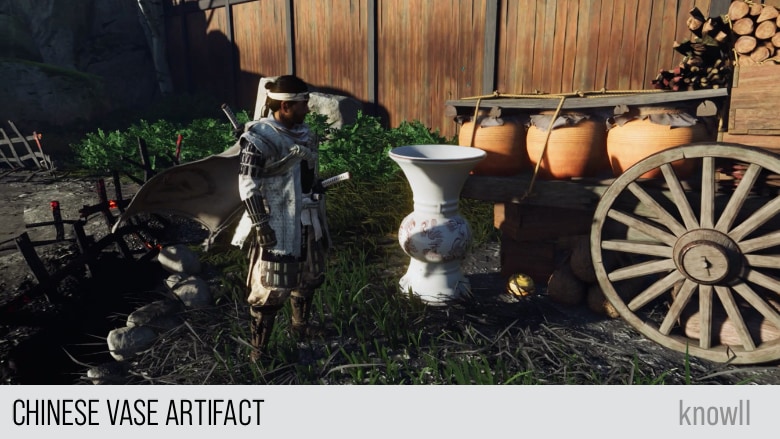
Quiver
Quivers containing upwards of sixty arrows are equipped by a Mongol warrior both on their person, as well as their mounts. Archers normally bring multiple bows into battle with them. Heavier variants are favored for dismounted use, while lighter bows are ideal for firing swiftly from horseback.
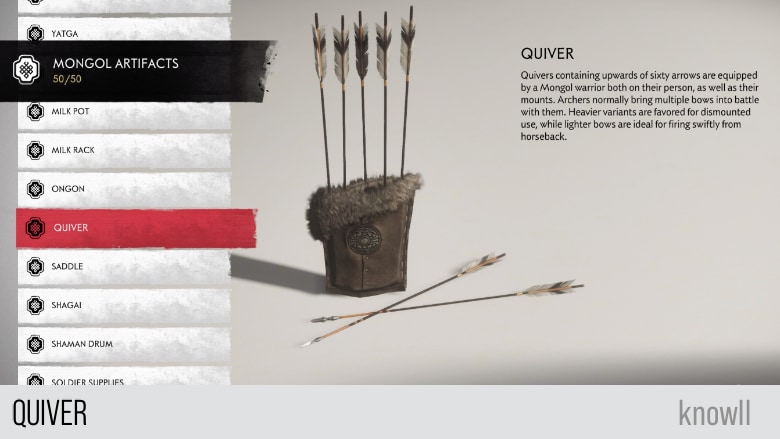
Quiver Map and Location
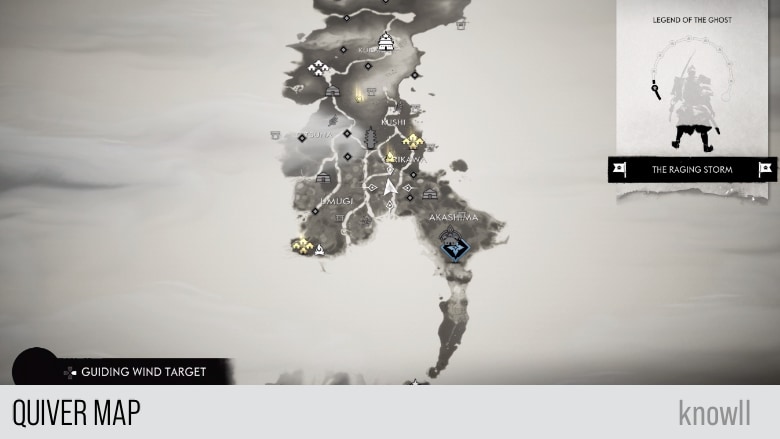
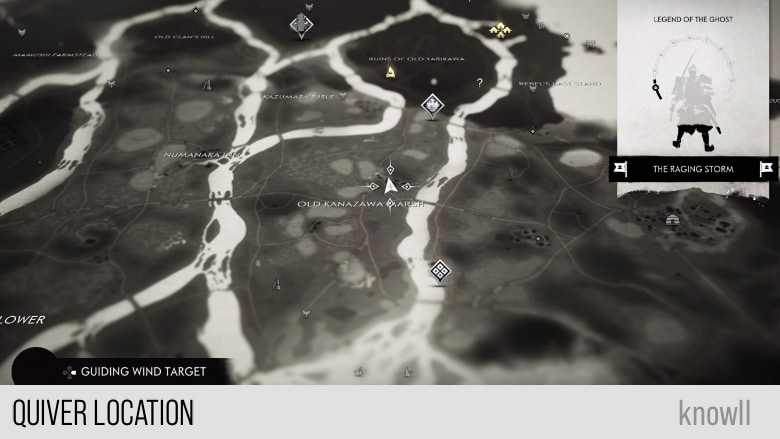
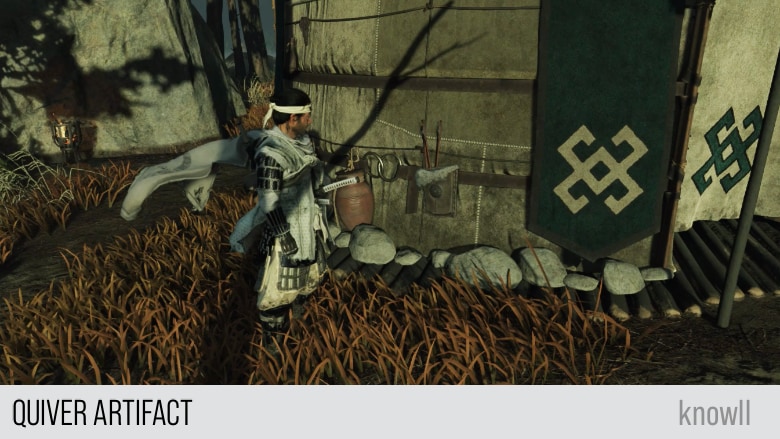
Milk Rack
Since fermented milk products are a staple of the Mongol diet, soldiers travel with many utensils and materials for processing dairy cultures.
Milk is traditionally prepared by cloth filtration, followed by storage in a large, open leather sack (the khukhuur). These sacks are normally suspended near the entrance of a yurt, though sometimes they are also strapped to the side of a horse's saddle, and thus agitated over the course of a day's riding.
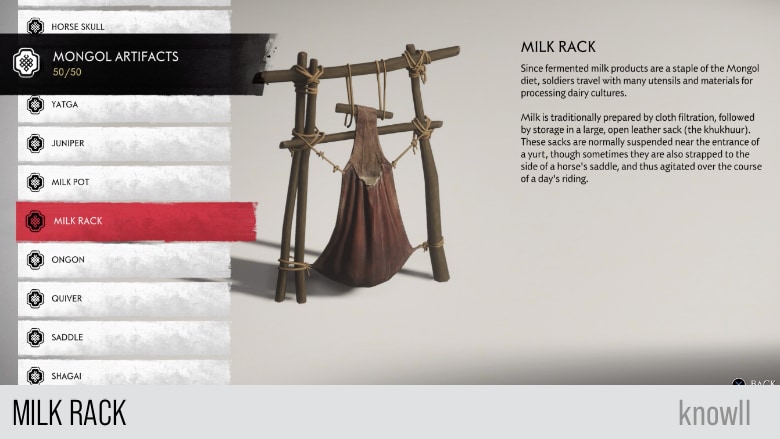
Milk Rack Map and Location
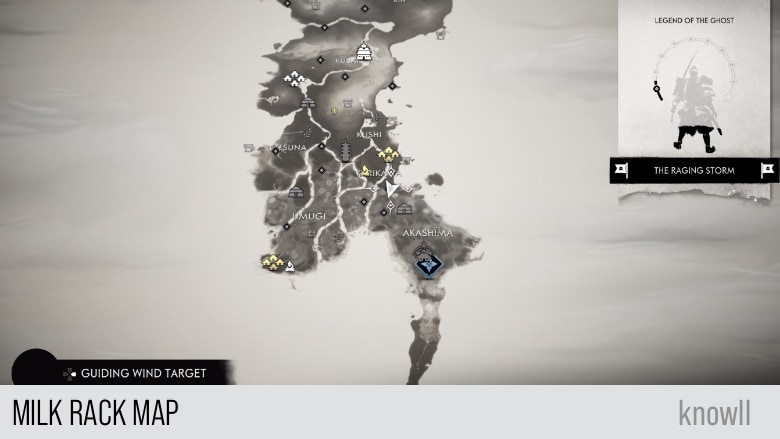
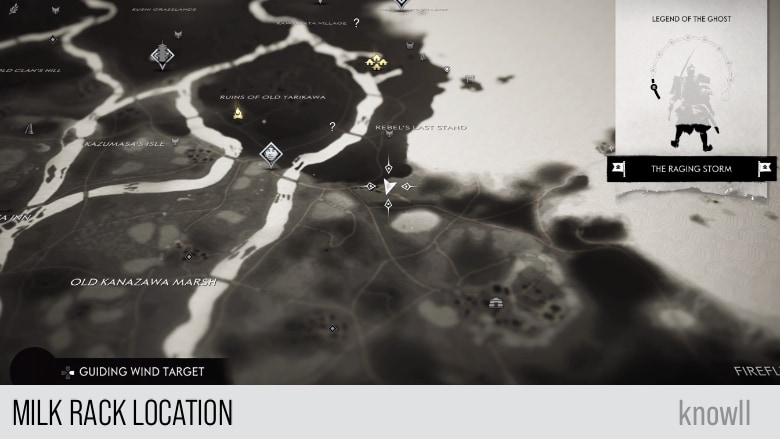
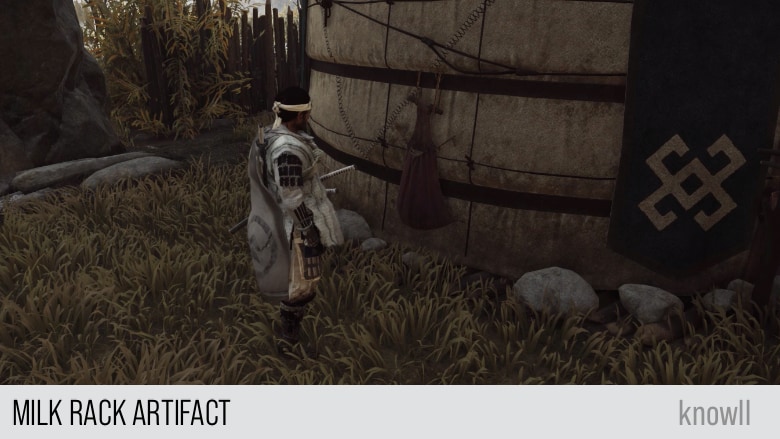
Shaman Drum
Used during religious ceremonies to aid the shaman in achieving a trance-like state, the sounds of beaten drums are often accompanied by call-and-response shouting and energetic circle dances. One such ceremony involves the khar talynkh, or black shaman, whose primary function is to bring people into contact with an ongoing spirit.
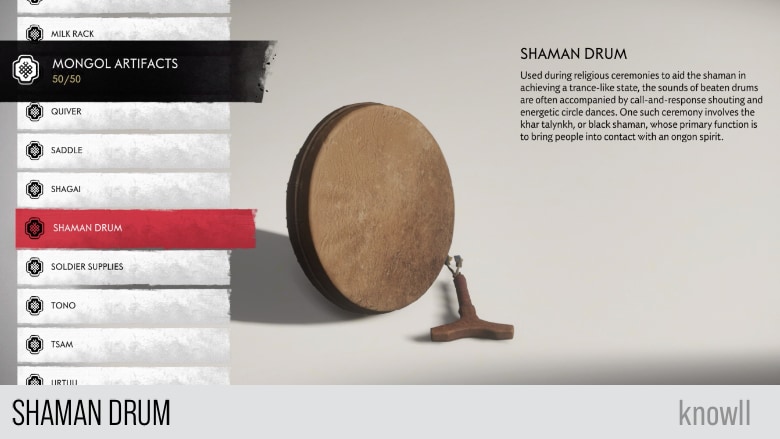
Shaman Drum Map and Location
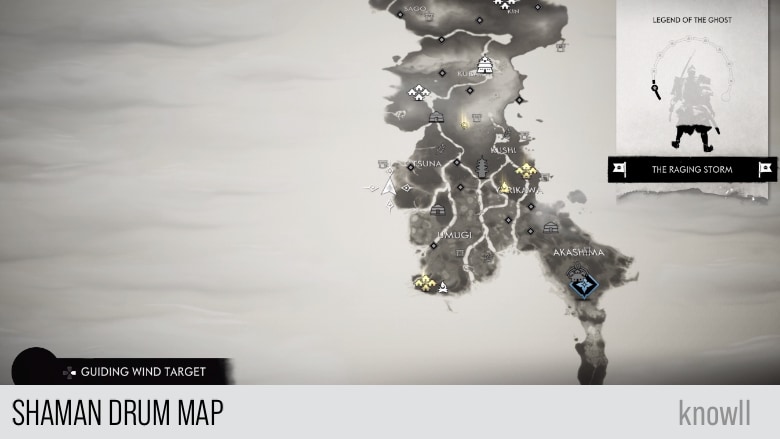
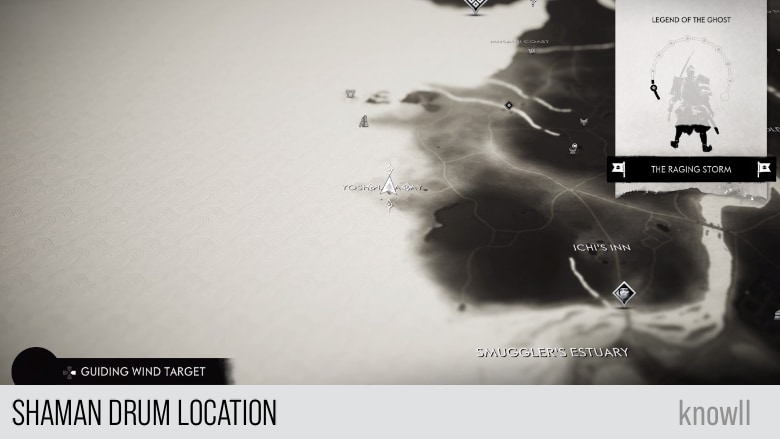
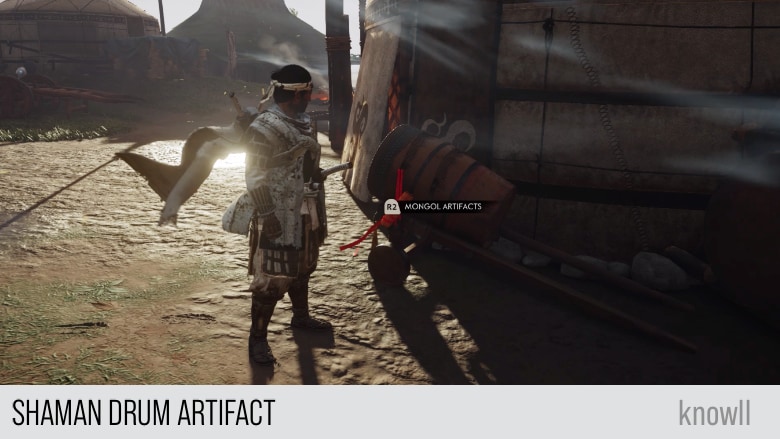
Composite Bow
One of the Mongol's principal weapons, the composite bow is incredibly accurate, with a range of over 250 yards.
The bows themselves are built with a core of wood, such as birch and elm, strung against its natural curve. Over time, bamboo has become one of the most desirable materials for this, as its lack of grain reduces the risk of developing unwanted twisting, as well as providing for greater overall strength.
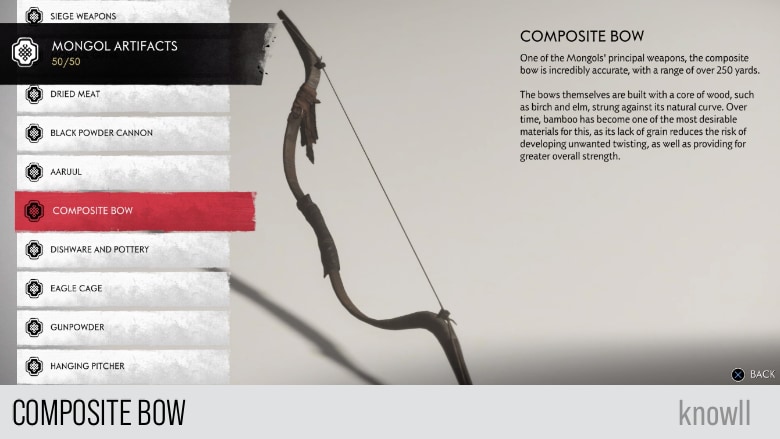
Composite Bow Map and Location
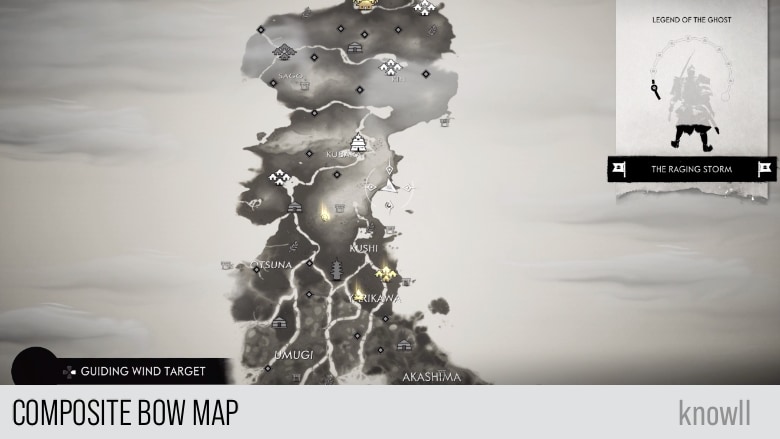
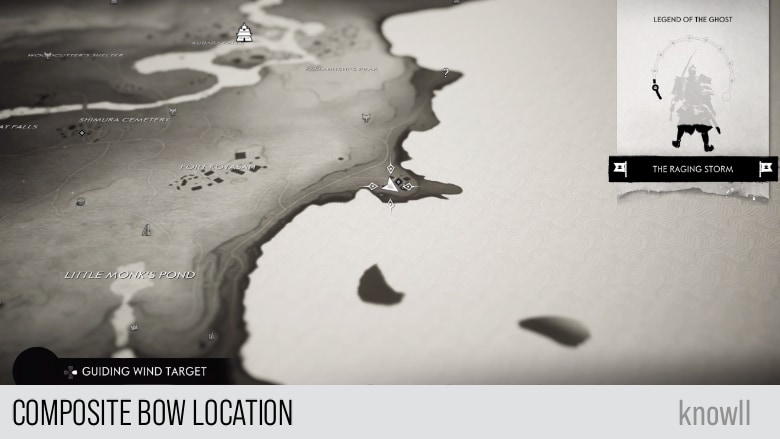
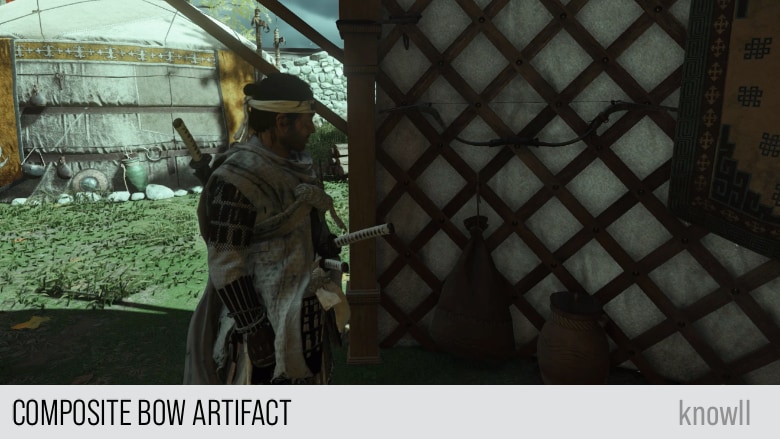
Kamiagata Mongol Artifacts
There are 16 collectible Mongol Artifacts in the Kamiagata Region.
- Siege Weapons
- Prisoner Coffin
- Ongon
- Gunpowder
- Dishware and Pottery
- Hide
- Mongolian Coins
- Mongol Helmet
- Qubchur
- Mongol Spear
- Fire Lance
- Soldier Supplies
- Hwacha
- Mahakala Mask
- Ovoo
- Milk Pot
Ovoo
A feature of Mongol folk religious practices, the ovoo is a sacred stone heap typically used as an altar or shrine. The rock formation sometimes includes a stick, to which worshippers tie a blue ceremonial scarf, known as a khadag, that symbolizes the open sky of Tengri, or Tengger, chief god of the Mongol people.

Ovoo Map and Location
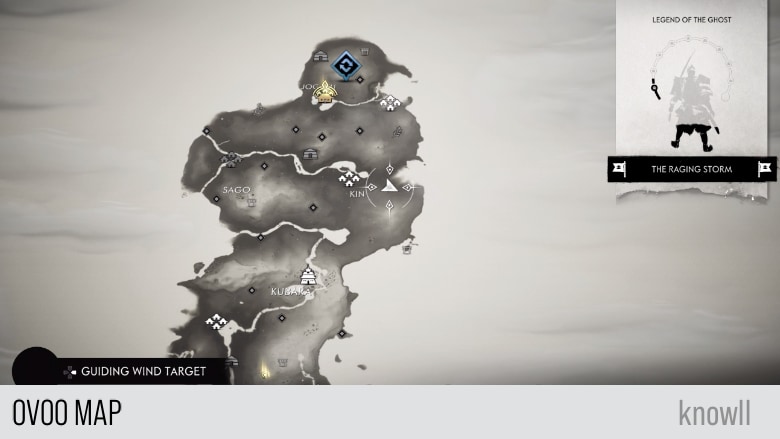
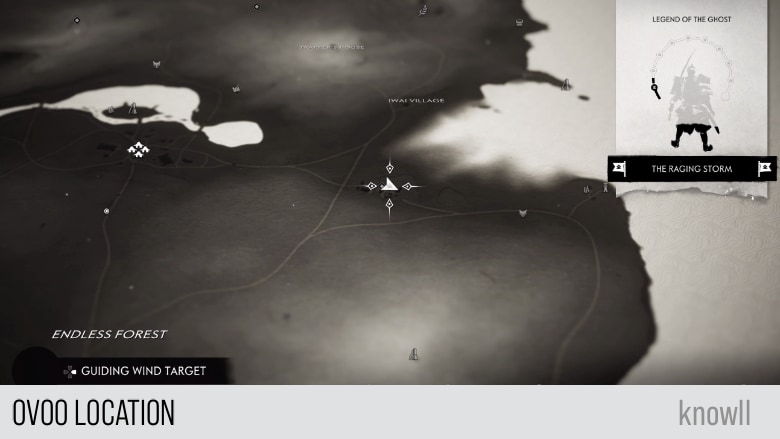
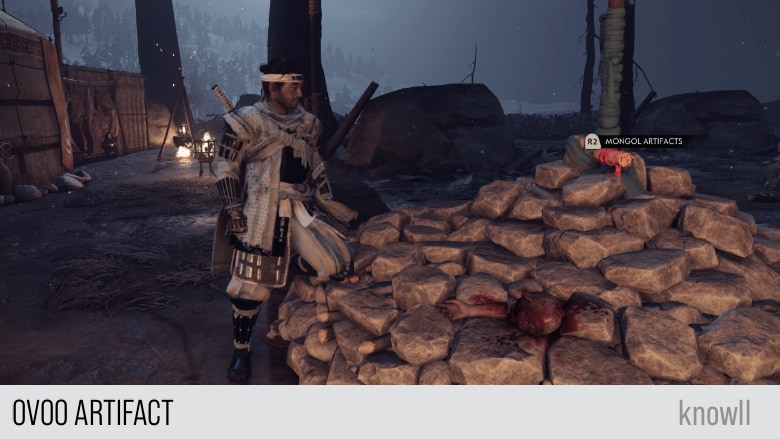
Hwacha
As the Mongol Empire has expanded, it has drawn upon the military and engineering expertise of conquered regions across the Asian continent. One example of this is the hwacha, a siege weapon first developed in Goryeo (Korea).
The hwacha is a mobile cart capable of shooting dozes, or even hundreds, of arrows in a single volley, with a range of up to several hundred feet.

Hwacha Map and Location
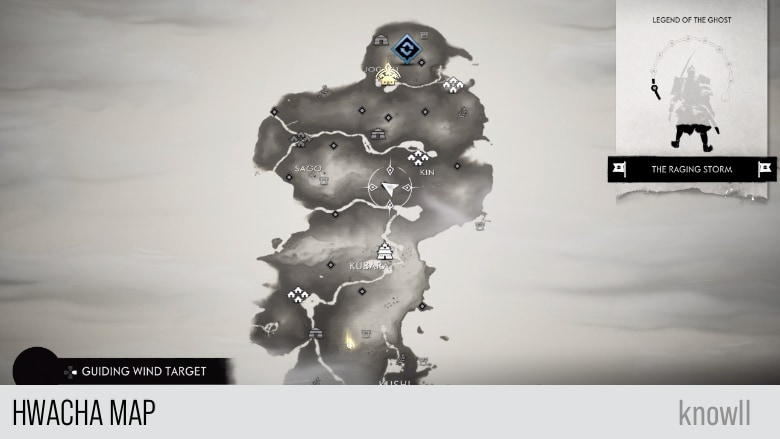
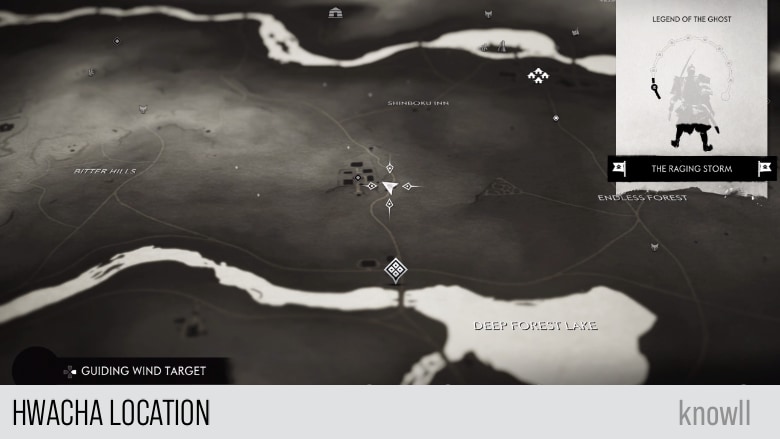
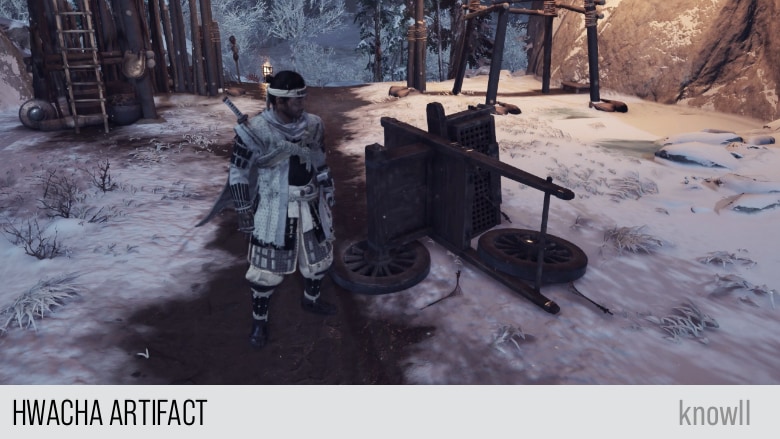
Qubchur
Initially a kind of levy imposed by a Mongol rulers on the flocks and herds of their semi-nomadic subjects, qubchur has become the basis for taxation throughout the Mongol Empire.
Under this system, Mongols in a military campaign are not paid, but are instead required to make payments to their immediate commanders. This practice motivates the plunder of conquered areas so that troops earn enough for themselves while meeting the demands of their superiors.
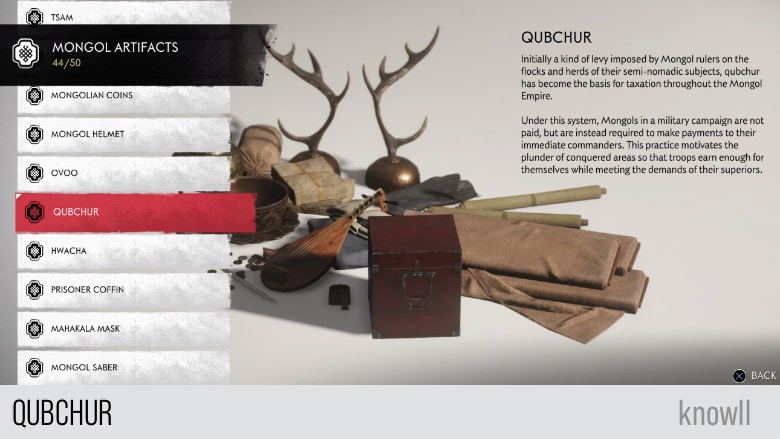
Qubchur Map and Location
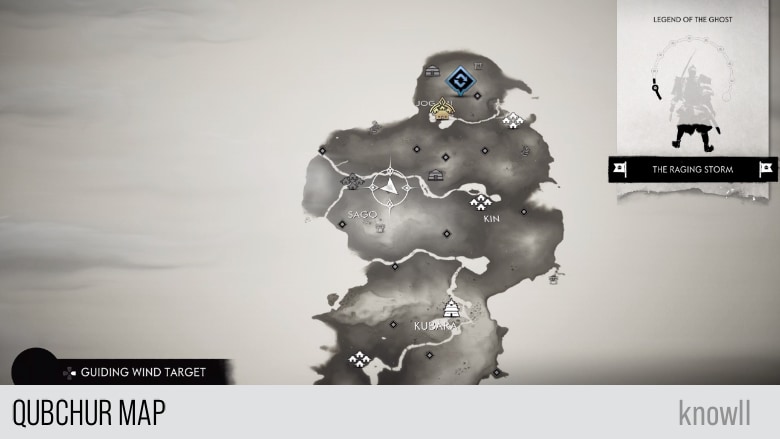

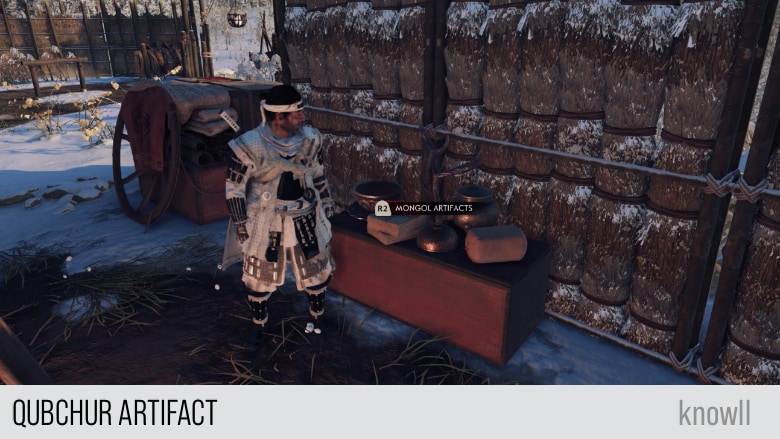
Soldier Supplies
Nomadic Mongol tribes only travel with what is immediately needed, a practice aided by their ability to live largely off the land. Beyond the weapons necessary for conquest, Mongol soldiers often travel packed with sundries like fish hooks and other tools useful for maintaining a varied and flexible diet.
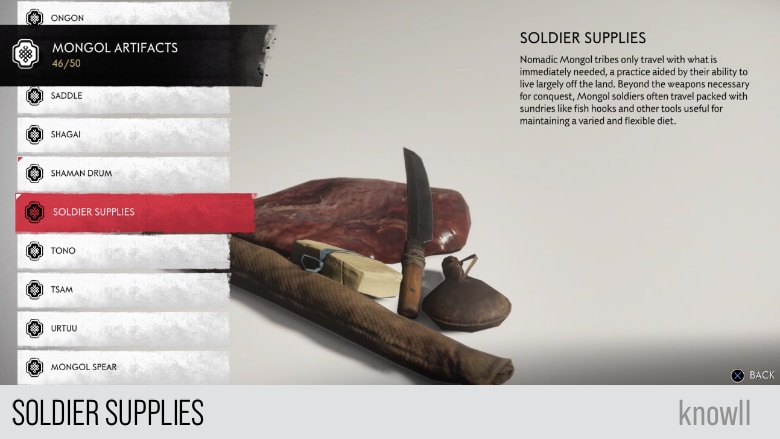
Soldier Supplies Map and Location
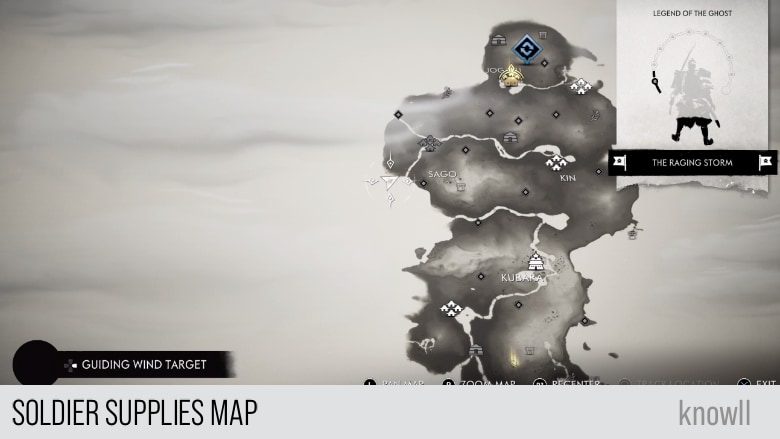

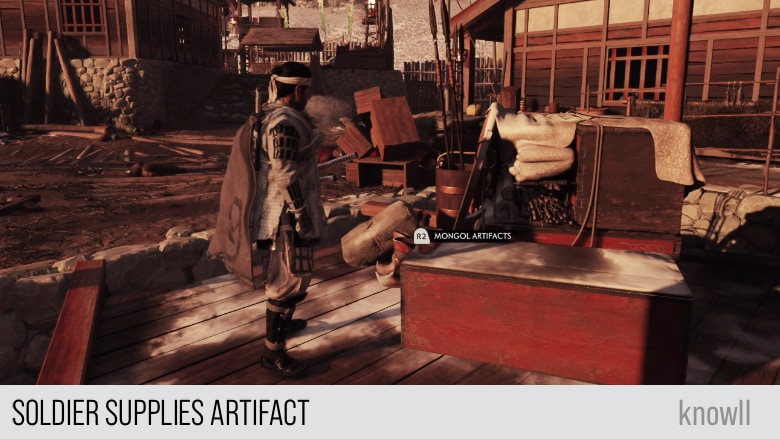
Hide
Leather and hides are used by the Mongols for a variety of applications; everything from straps, string and baskets to boots, saddle flaps, and even painted wall art are fabricated from the material.
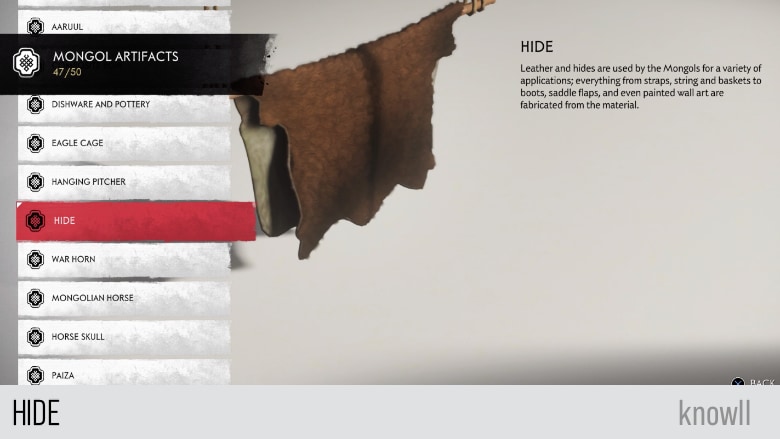
Hide Map and Location
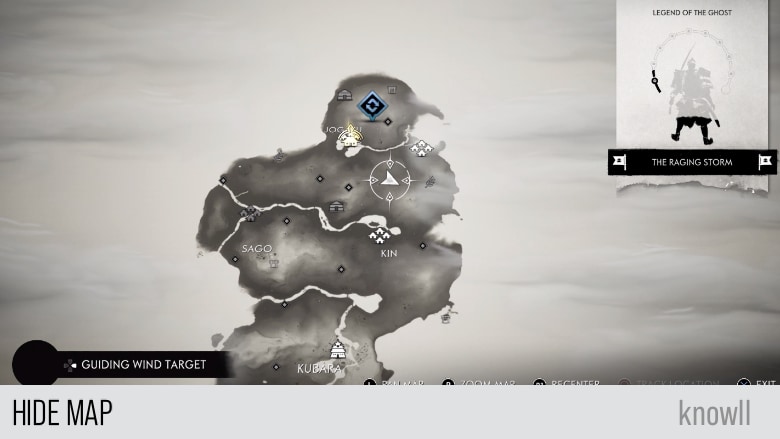

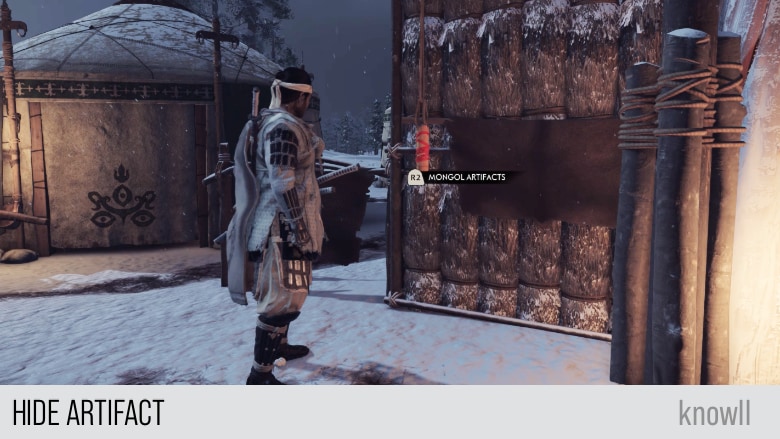
Gunpowder
Derived from Chinese firearms and gunpowder weapons, Mongol cannons and bombs are a core component of their arsenal. An illustration of gunpowder warfare in action, the Mongol invasion of Japan showcases many well-documented examples of explosive bombs.
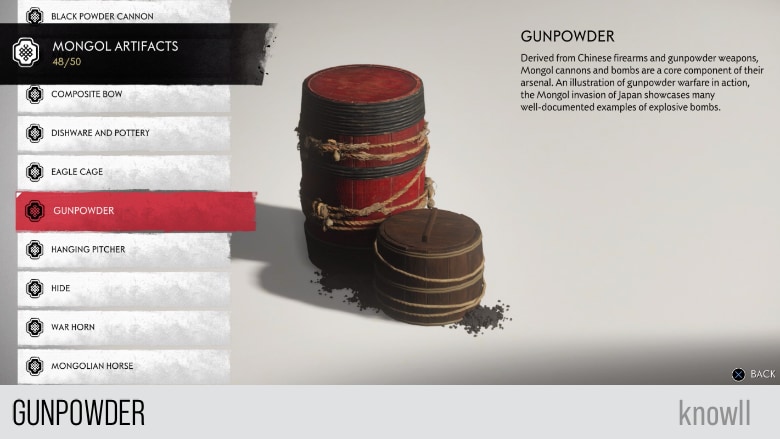
Gunpowder Map and Location

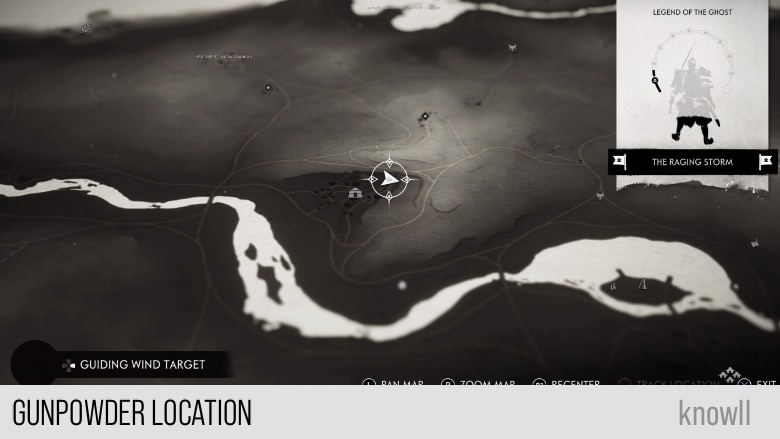
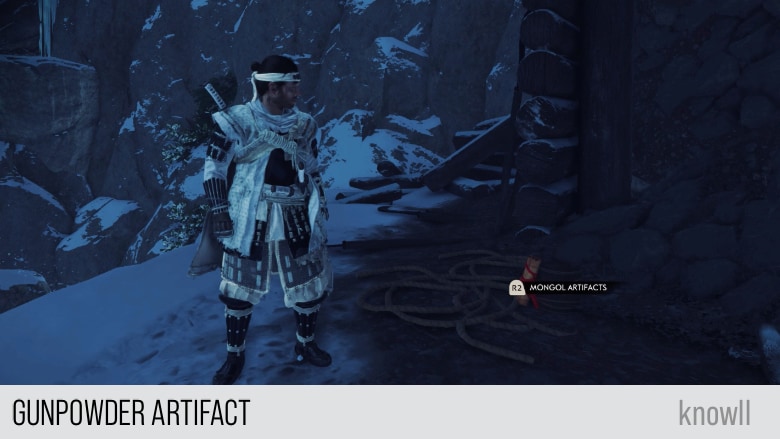
Siege Weapons
Used primarily in assaults on fortified cities, the advanced siege weaponry employed by the Mongols show how central engineering and technology is to their war efforts. The Mongols draw on knowledge gained from captives and subjects across the Asian continent, including Arab, Persian, and Chinese experts, to construct their vast arsenal.

Siege Weapons Map and Location
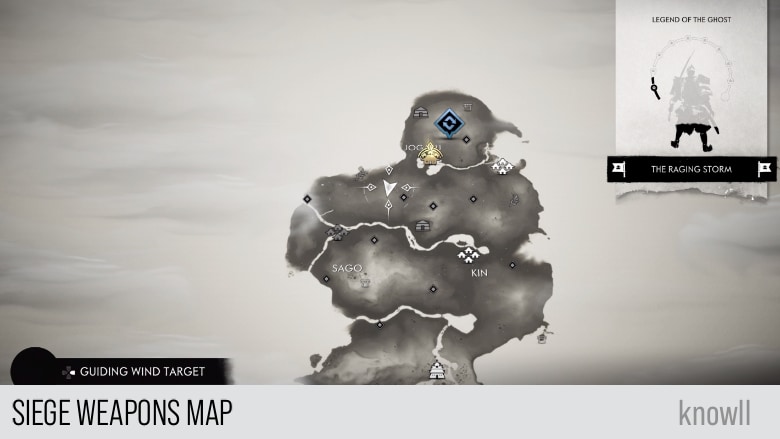
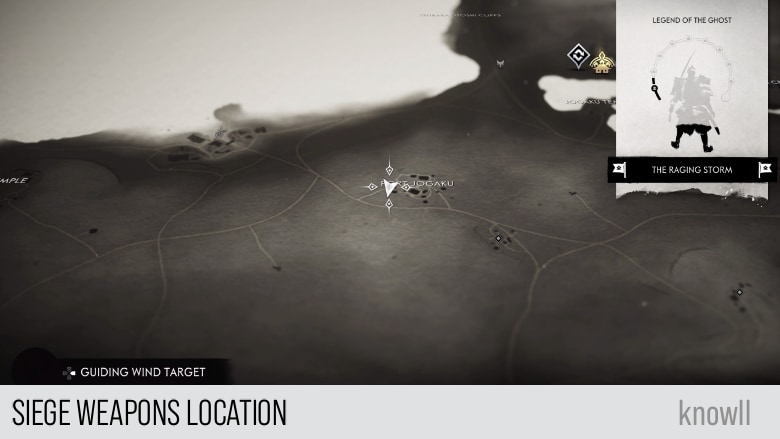
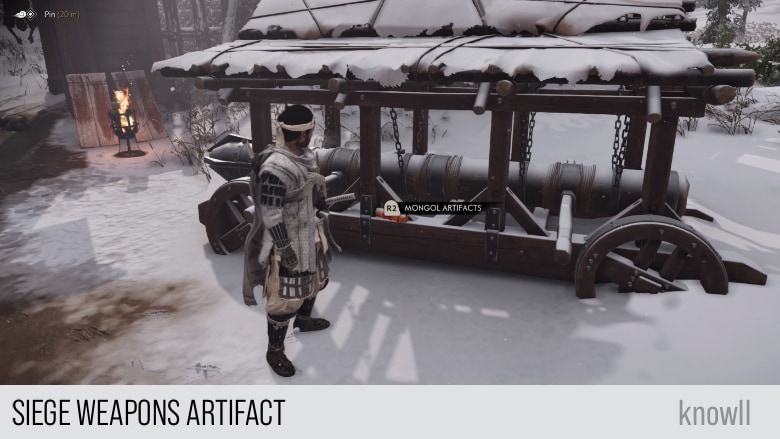
Fire Lance
The fire lance first appeared as a small gunpowder pyrotechnic device attached to a spear in order to shock at the start of melee engagements.
With successive advances over the past 300-400 years, the pyrotechnic device has become more powerful. Current fire lances dispense with the spear tip, instead discharging flame, debris, and pellets at a range about ten feet.
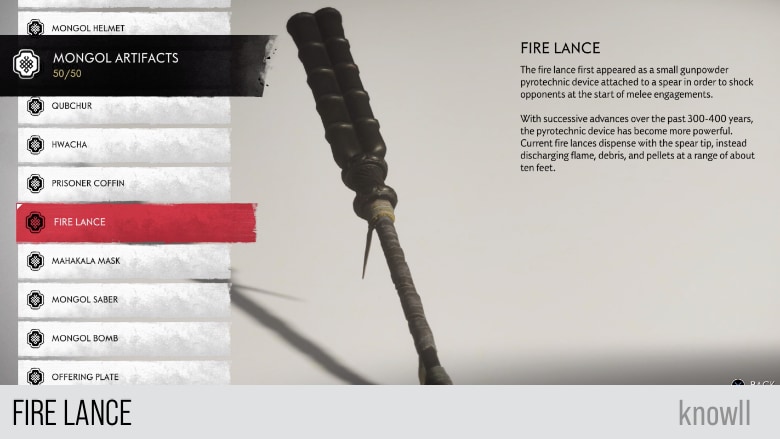
Fire Lance Map and Location
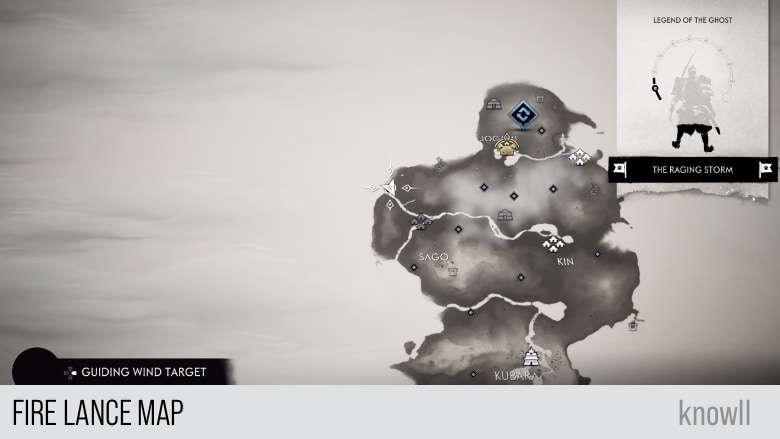
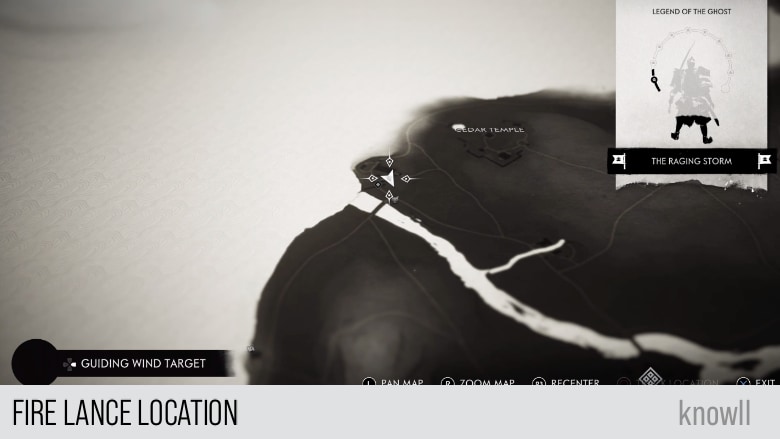
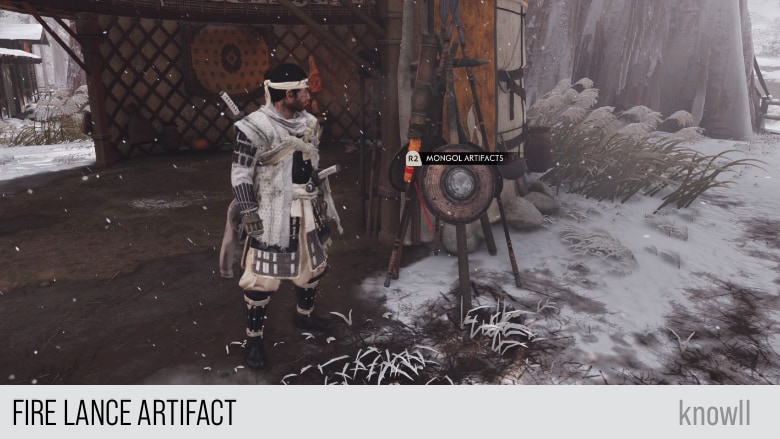
Ongon
In traditional Mongol mythologies, it is believed that after death all shamans become wandering spirits, or ongon. It is customary to construct consecrated idols within three years of a shaman's death, and either place them in the home (home ongon), or in outdoor shelters (field ongon).
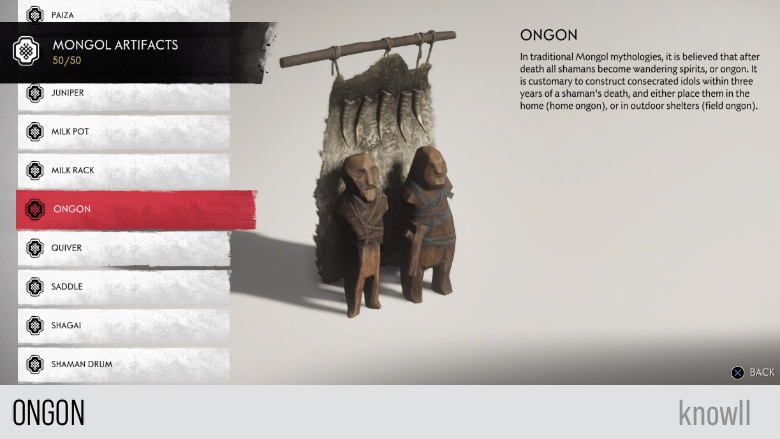
Ongon Map and Location
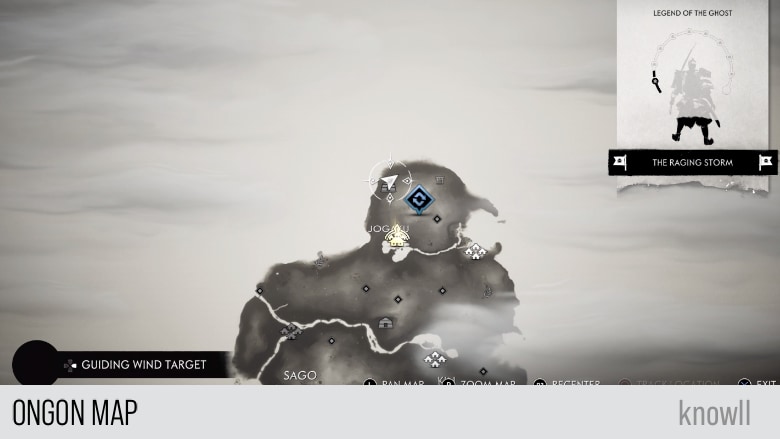

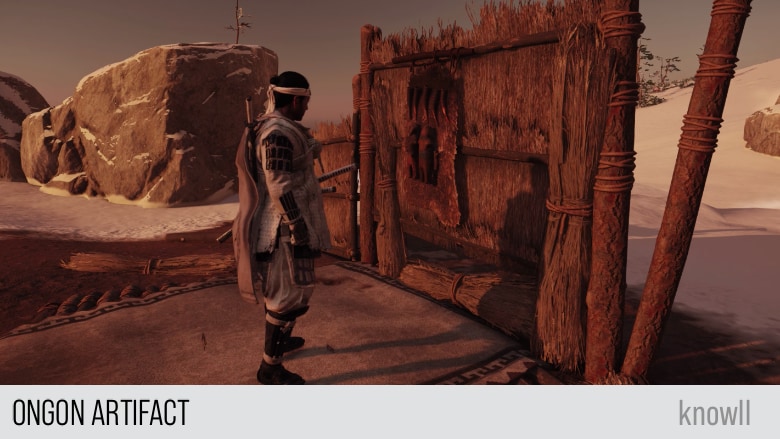
Dishware and Pottery
While ceramics and pottery are well-known products of China, these fragile materials are ill-suited to the Mongols' nomadic lifestyle. Containers traditionally used by the Mongols are made from wood, metal, and leather.
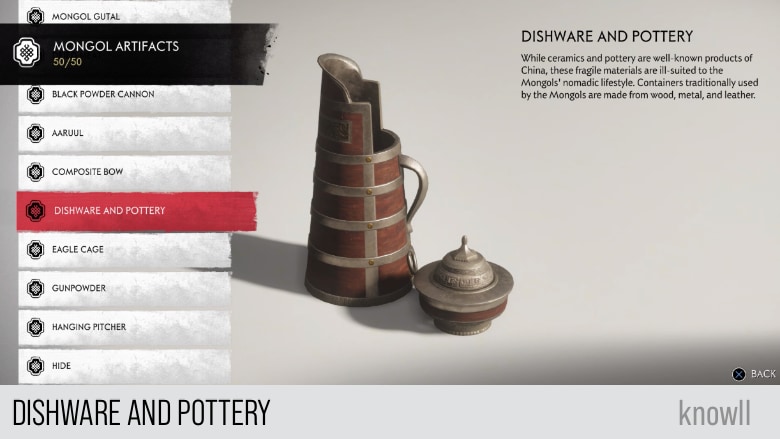
Dishware and Pottery Map and Location
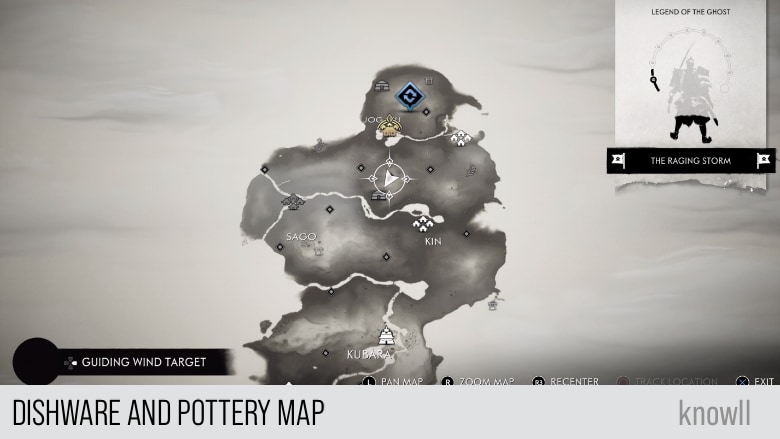
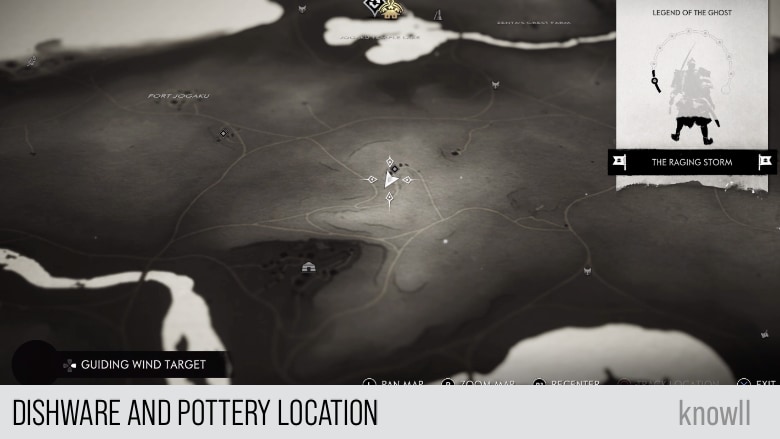
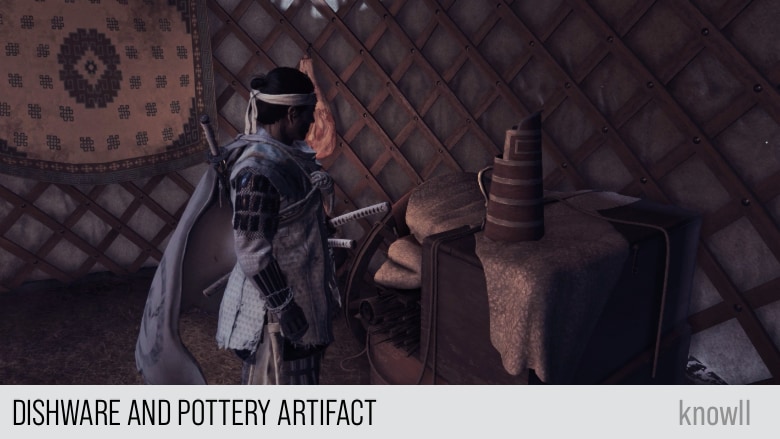
Milk Pot
Being nomadic and pastoral, the Mongols' primary food groups are milk products and a variety of meats (centering around the livestock herds they travel with). Even so, the Mongols rarely drink fresh milk, instead relying on fermentation to produce alcoholic drinks, processed curds, yogurts, and airag.
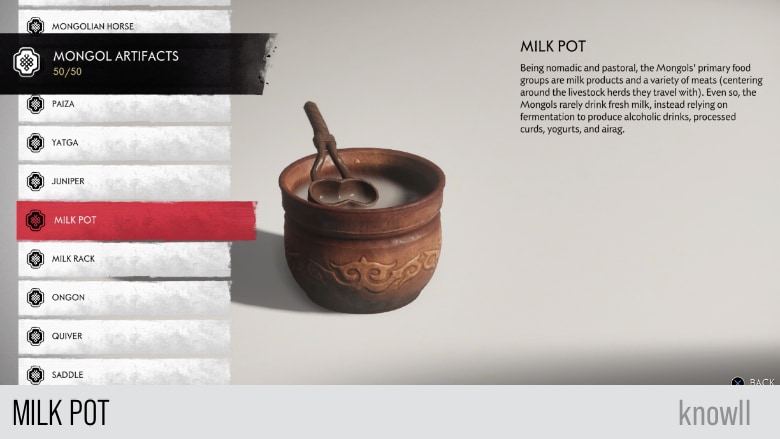
Milk Pot Map and Location
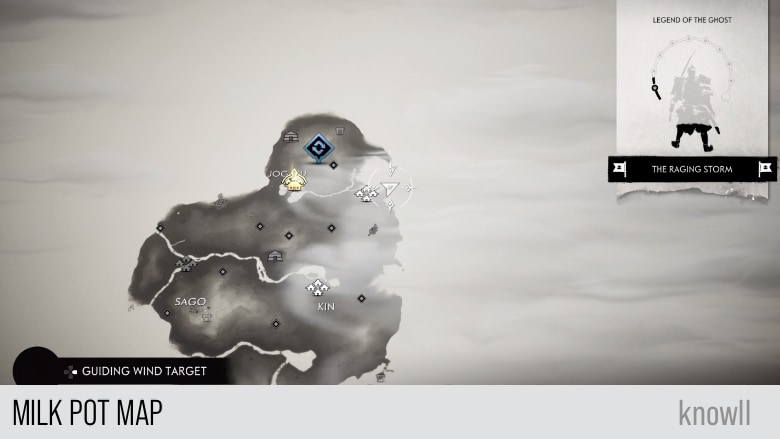
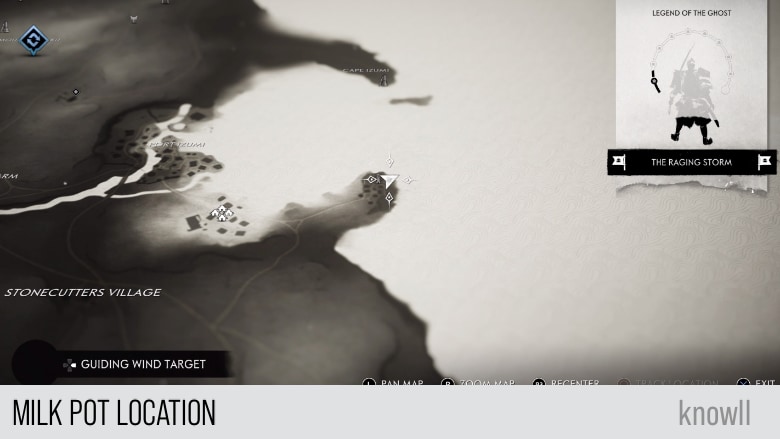
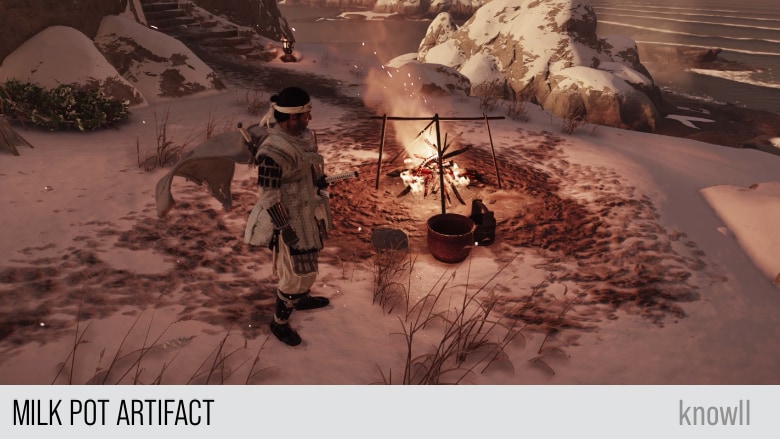
Mongolian Coins
Genghis Khan authorized the use of paper currency near the end of his reign, but many areas of the empire continue to use coins for investment and trade.
Under Mongke Khan, a universal measure for currency based on the sukhe, or silver ingot, was implemented. Foreign subjects of the empire are still allowed to mint coins in the denominations and weights they traditionally use.
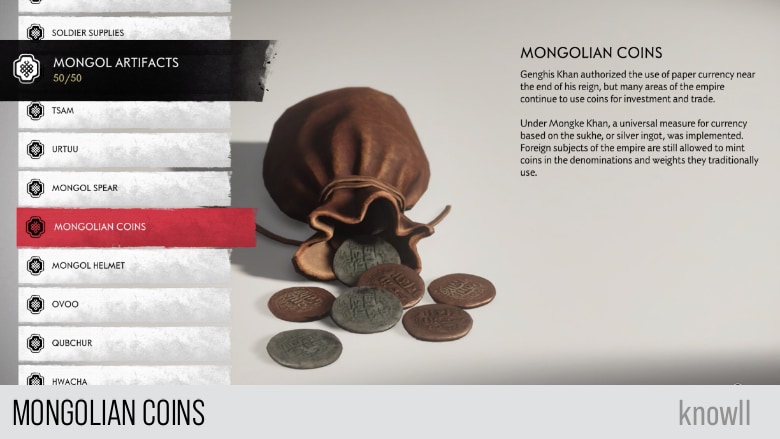
Mongolian Coins Map and Location
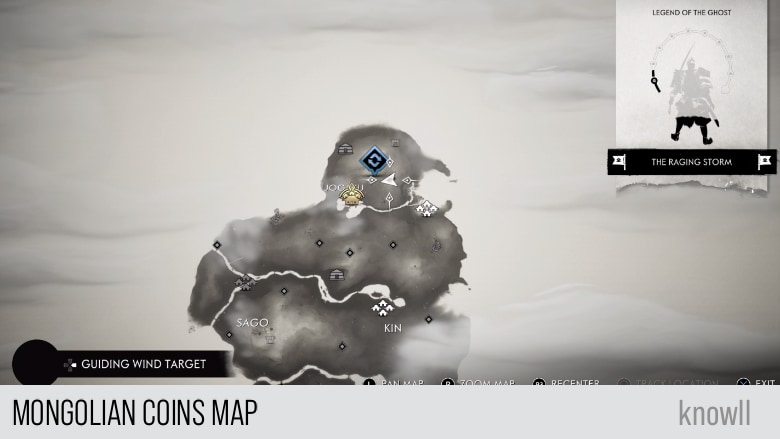
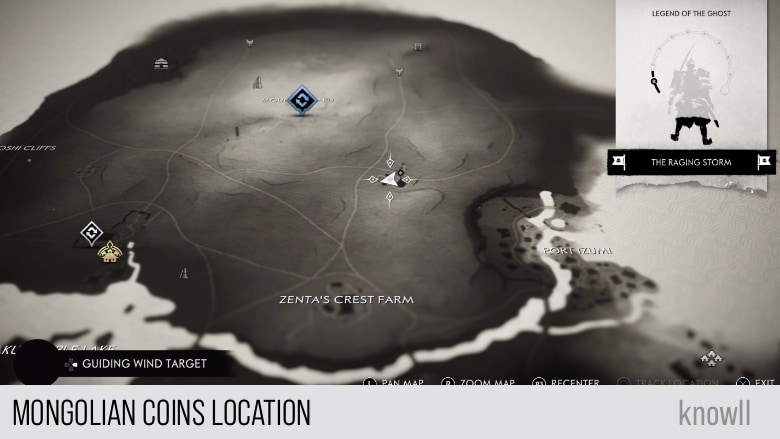

Prisoner Coffin
The Mongol Empire weaponized fear and terror to great effect in order to intimidate and demoralize their foes. Punishments can be exceptionally brutal and cruel.
One example of this is the practice of immurement, in which a captive is placed in a confined, enclosed space for an extended time period, in many cases deprived of food and water, usually until death.
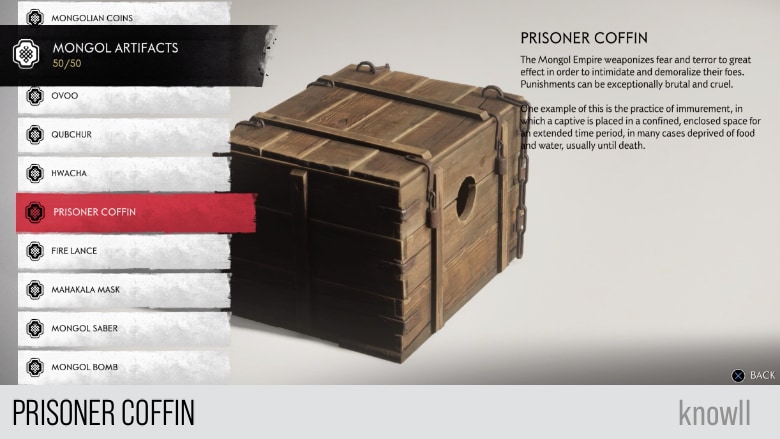
Prisoner Coffin Map and Location
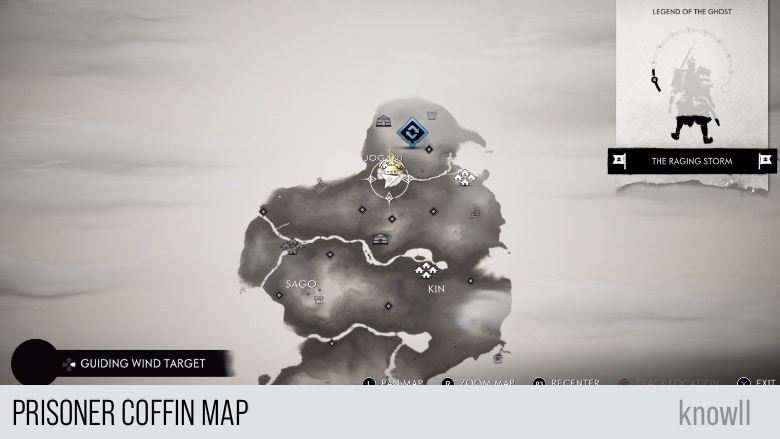
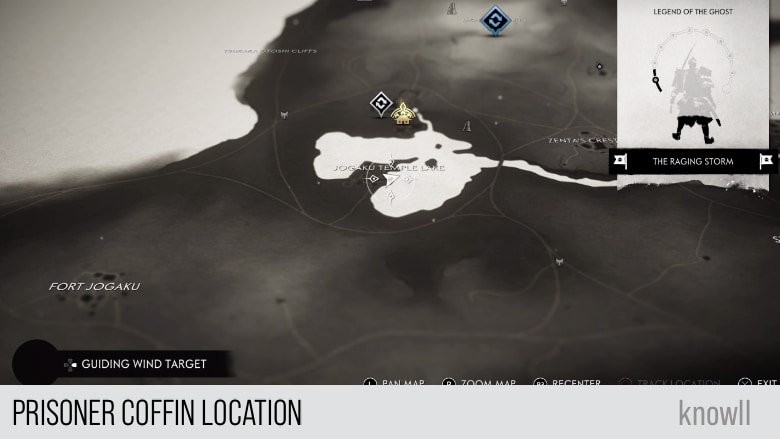
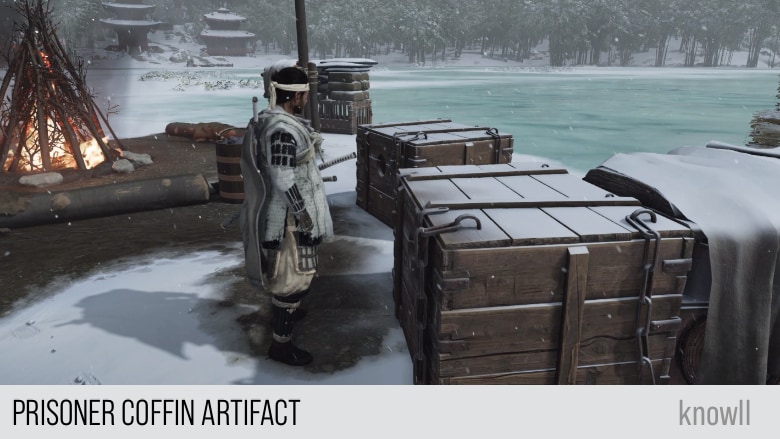
Mahakala Mask
Revered in Buddhism as a guardian deity, Mahakala is depicted in many forms, though most often as an imposing presence with a black face, three eyes, and a crown of five skulls, believed to represent the transmutation of negative afflictions (the five kleshas) into the five wisdoms.
Mahakala's incorporation into Mongolian shamanistic rituals is just one example of the impact Tibetan Buddhism has had on the nomadic tribes of the Asian steppes.
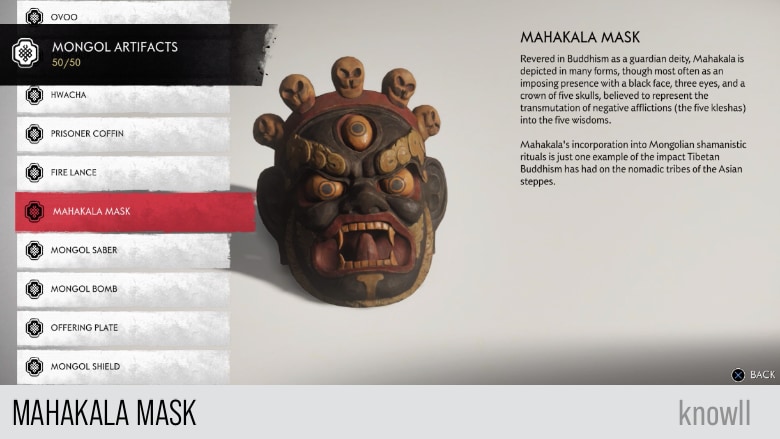
Mahakala Mask Map and Location
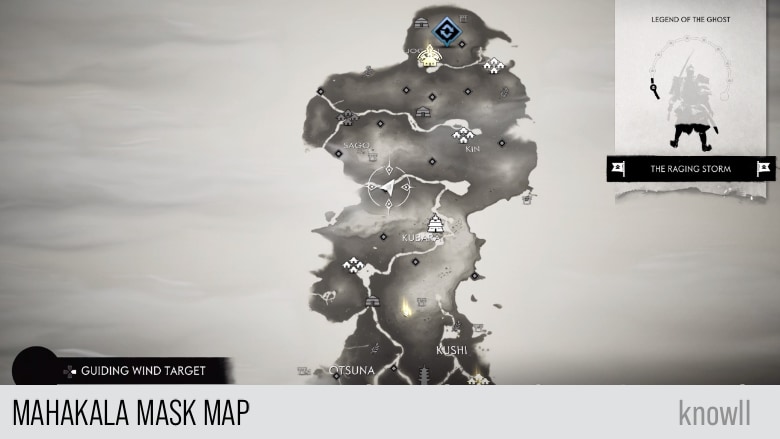
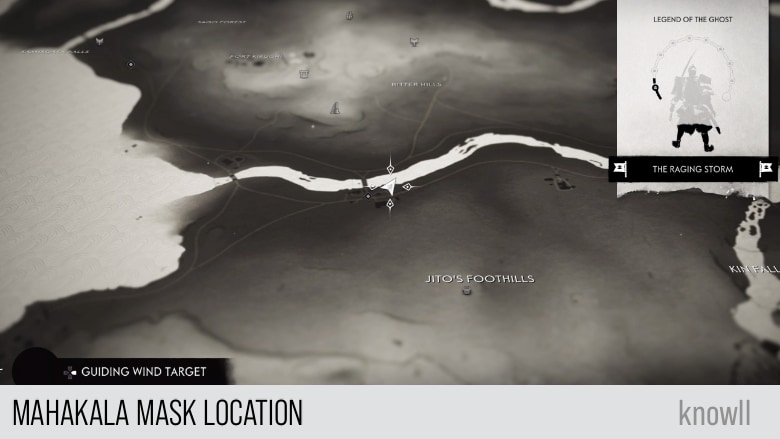
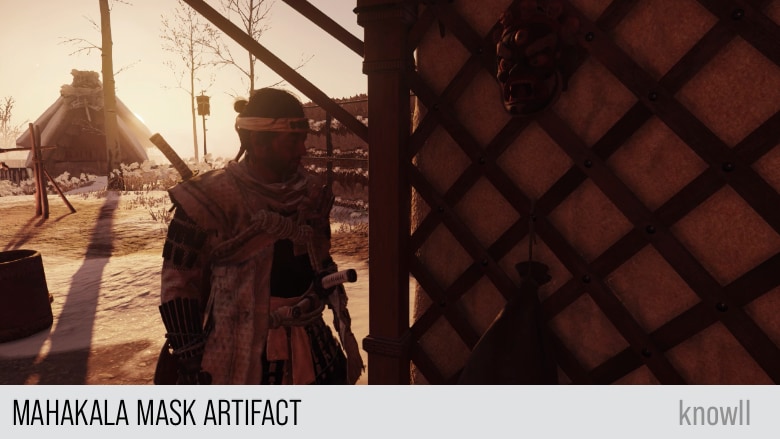
Mongol Helmet
A heavier variant of the basic headgear worn by Mongol warriors, the Mongol helmet is made predominantly from iron and hardened leather.
Typically fashioned into the shape of a rounded code, it includes ear flaps and a lamellar neck guard for greater freedom of movement. For added warmth and comfort, fur is used in the lining and trim of the helmet.
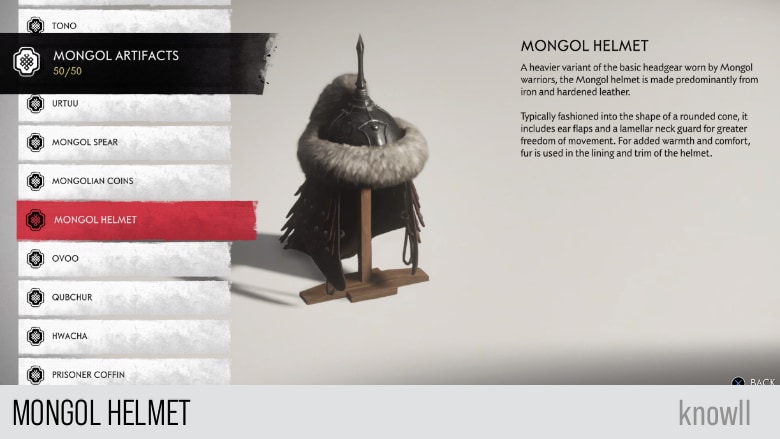
Mongol Helmet Map and Location
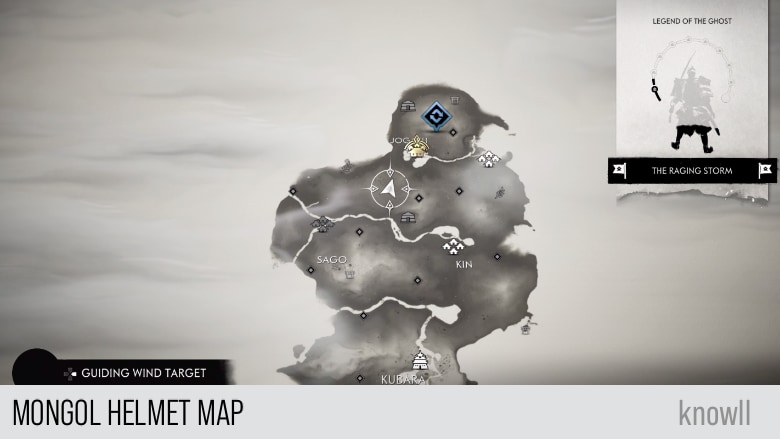
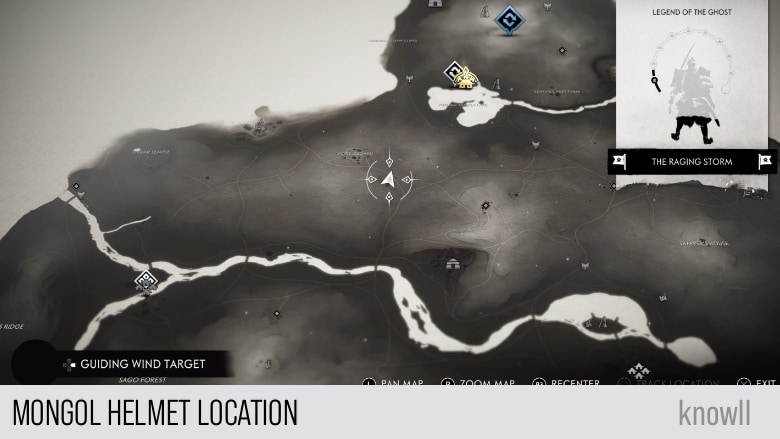
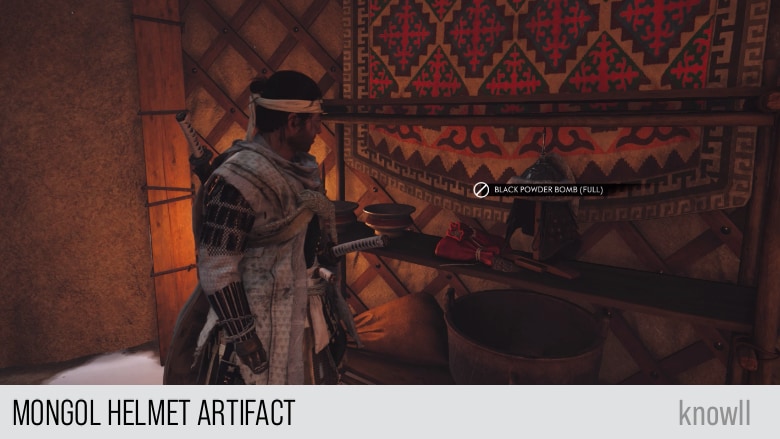
Mongol Spear
Cheaper and easier to produce than other metal weapons, spears, and lances have become the weapon of choice for lower-class soldiers and new recruits.
Providing ample utility as a ranged weapon for foot soldiers, mounted shock cavalry are also able to wield lances, sometimes tipped with hooks and snares, to great effect while charging.
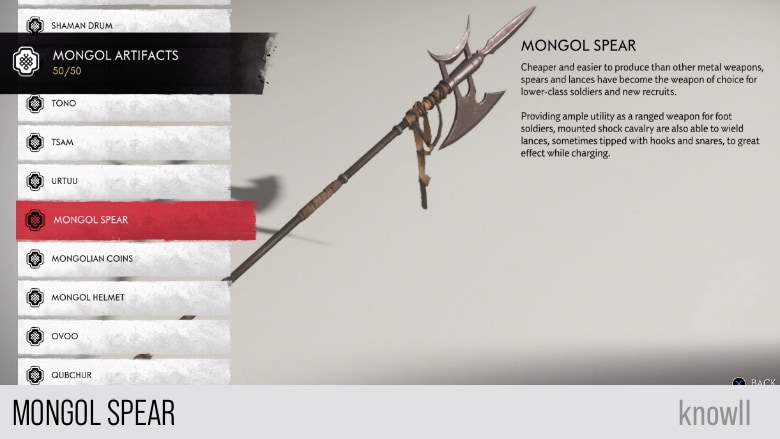
Mongol Spear Map and Location
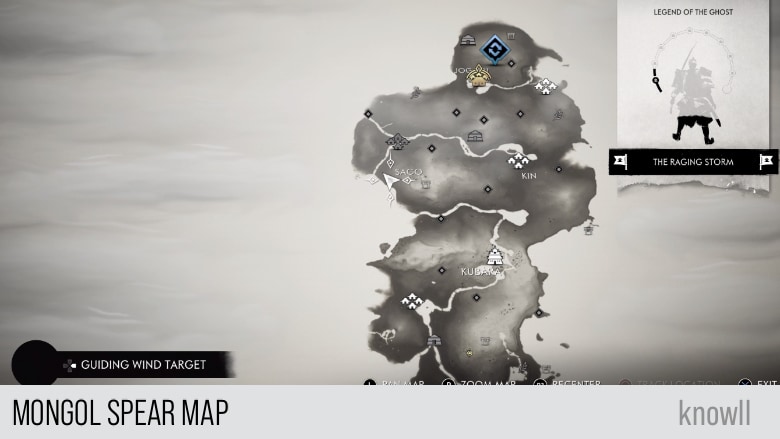
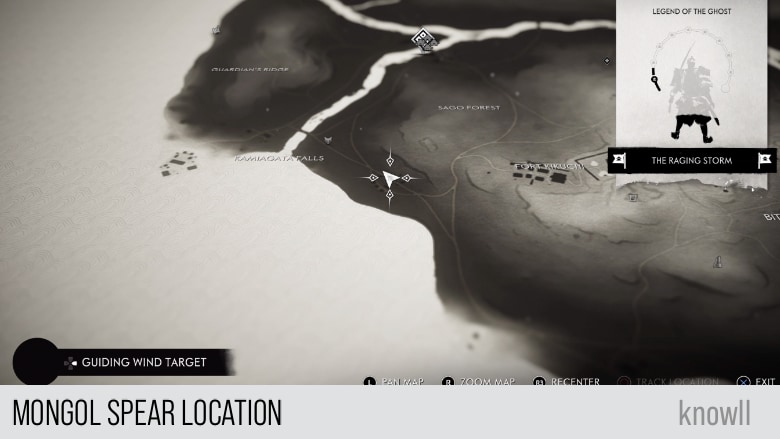
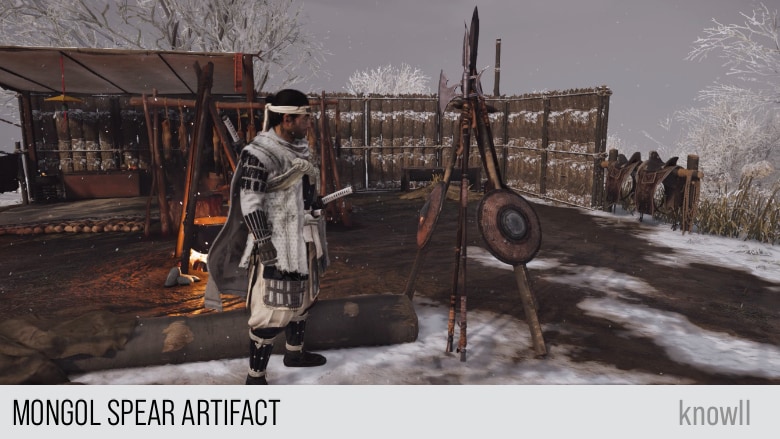
Visit our Ghost of Tsushima 100% Walkthrough to get more details.
